Last updated on March 19, 2024

Elspeth, Knight-Errant | art by Volkan Baga
Shards of Alara is one of the most influential and pivotal sets from modern MTG design. From a story standpoint, it’s a set that started to focus on Nicol Bolas’s greater plan, and setting Bolas on the path to be one of MTG’s greatest antagonists, in a story that would slowly culminate into the creation of the Gatewatch and the final showdown between these planeswalkers and Bolas.
From the design standpoint, it broke a few MTG rules, and this set not only has awesome multicolor cards and card designs, but it also features mythic rares for the first time in MTG, as well as a design centered around five totally different worlds – or Shards. If you play Esper control today or Jund Midrange, here’s where all these names come from.
Here’s all you need to know about Shards, including money cards, story, products and much more. Let's dive in!
Shards of Alara Basic Information
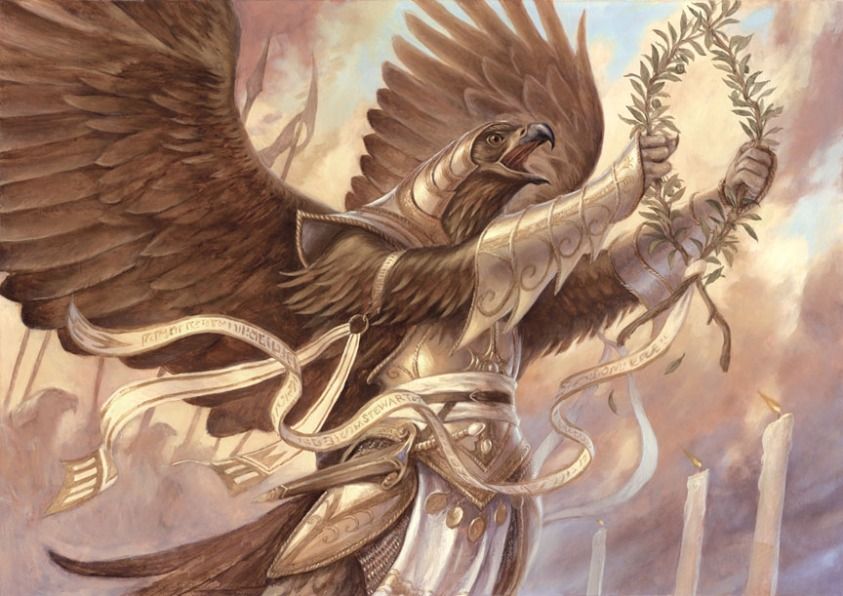
Invincible Hymn | Illustration by Matt Stewart
Set Details
| Set Symbol |  |
| Set Code | ALA |
| Number of Cards | 249 |
| Rarities | 101 Commons, 60 Uncommons, 53 Rares, 15 Mythic Rares, 20 Basic Lands. |
| Mechanics | Colored Artifacts, Cycling, Devour, Exalted, Unearth, 5-power Matters. |
Important Dates
| Previews Start | September 03, 2008 |
| Full Gallery Available | September 26-2008 |
| Prerelease Week | September 27-28, 2008 |
| Paper Release Date | October 3, 2008 |
| Launch Party | October 3–6, 2008 |
| Release on Magic Online | December 2008 |
| World Championship Shards of Alara Standard and Limited | December 11-14, 2008 |
About the Set: The Story
Set in the plane of Alara, Shards of Alara is a multicolor set – or gold set – focusing on three colors of mana. It’s the first set in the Shards of Alara block, which also contains Conflux and Alara Reborn. The vision in design was to be for triple color combinations what Ravnica is to 2-color combinations. Naturally it focused on the allied tri-color combination, what we now call shards thanks to this set. It was released in October, 2008, and it was the first set to have mythic rares! The creation of mythics made the number of rares and commons be reduced. A quick comparison with Shadowmoor, MTG’s previous large sets shows. Shadowmoor has 126 commons, 60 uncommons and 60 rares, while Shards of Alara has 101 commons, 60 uncommons, 53 rares, and 15 mythic rares. This rarity division number in Shards of Alara became the default number until it was changed much later.
The Plane of Alara and Its Shards
Alara is a plane that was divided into five shards by the action of an unknown planeswalker, in an event called the Sundering. Each shard aligned with a color of mana and became the embodiment of that mana color. Most notably, each shard receives some influence from its allied colors, while it’s totally disconnected from the enemy colors, as follows:
- Bant is the white-centered shard, with influence from green and blue.
- Esper is the blue-centered shard, with influence from white and black.
- Grixis is the black-centered shard, with influence from blue and red.
- Jund is the red-centered shard, with influence from black and green.
- Naya is the green-centered shard, with influence from white and red.
Naturally we have five different locations on the plane. For example, Bant is the embodiment of the color white in MTG, which led to a very altruistic and noble society. There isn’t any influence of black and red mana, so concepts like aggression and selfishness aren’t present in Bant. It receives some influence from the green and blue mana though, by the proximity with the green and blue shards respectively.
The blue shard Esper is an artifact world where intelligence and improvement is well-regarded. The black shard Grixis is a death plane. Without green and white mana, usually associated with life, the place is riddled with zombies, skeletons, and the like. The red shard is Jund, a place that’s very aggressive and the strong predate the weak. Finally is the green shard, Naya, a verdant forest that supports the biggest of creatures.
Ajani, Elspeth, and Nicol Bolas
The story of Shards of Alara is also the story of the now-famous planeswalkers Elspeth Tirel, Ajani Goldmane, and Nicol Bolas. The Conflux events are in motion on the plane of Alara, an event that eventually reunites the isolated Shards of Alara into a single, continuous plane. Nicol Bolas, looking to restore its old and almost unlimited planeswalker powers, goes to Alara and tries to absorb this massive influx of mana. Tezzeret and Sarkhan Vol help Nicol Bolas in this matter.
Meanwhile, Elspeth is in the Bant shard, and Ajani is in the Naya shard. They’re starting to see the influences of the other shards closing in. This puts Bant’s citizens in grave peril, as they aren’t prepared to fight a war on this scale, and they’ll have to contend with demons, dragons, and zombies unknown to the Bant shard. Meanwhile, Ajani fights his own private war with Nicol Bolas himself in order to foil the elder dragon’s plans.
This story is told in detail in the book Alara Unbroken, by Doug Beyer.
Shards of Alara Mechanics
Colored Artifacts
Shards of Alara was the first set to include artifacts with color on them in blue, white, and black, and that’s because thematically the Esper shard is the artifact one. It’s similar to Mirrodin in that most cards from that shard are artifacts, but WotC didn’t want to introduce a lot of colored artifacts again. Nowadays colored artifacts are evergreen, and MTG designers can put them in every set. Famous examples of colored artifacts in this set are Executioner's Capsule, Sharuum the Hegemon, and Sharding Sphinx.
Cycling
Returning to MTG after Urza’s Saga block and Onslaught block is cycling. Cycling in multicolor heavy sets help when you don’t have the mana requirements to cast a card, especially in Limited. Cycling wasn’t a shard mechanic per se, so each shard had their own cycling designs. Most of these cycle for 2 mana, with the exception of the resounding cycle, which are cards that cycle for a lot of mana and are more powerful when you do it. Interesting applications for this set are Resounding Thunder, a burn spell that scales, and Viscera Dragger, a card with unearth that you can put in your graveyard via cycling.
Devour
Devour is the mechanic for the Jund shard. Devour X means that when you cast a creature spell with devour, you can sacrifice any number of creatures, and for each creature you do, you’ll put X +1/+1 counters on the devouring creature. It ties to the sacrifice theme of the shard and many creatures like Carrion Thrash and Sprouting Thrinax want to be sacrificed anyway. Caldera Hellion and Mycoloth are strong rares with this mechanic.
Exalted
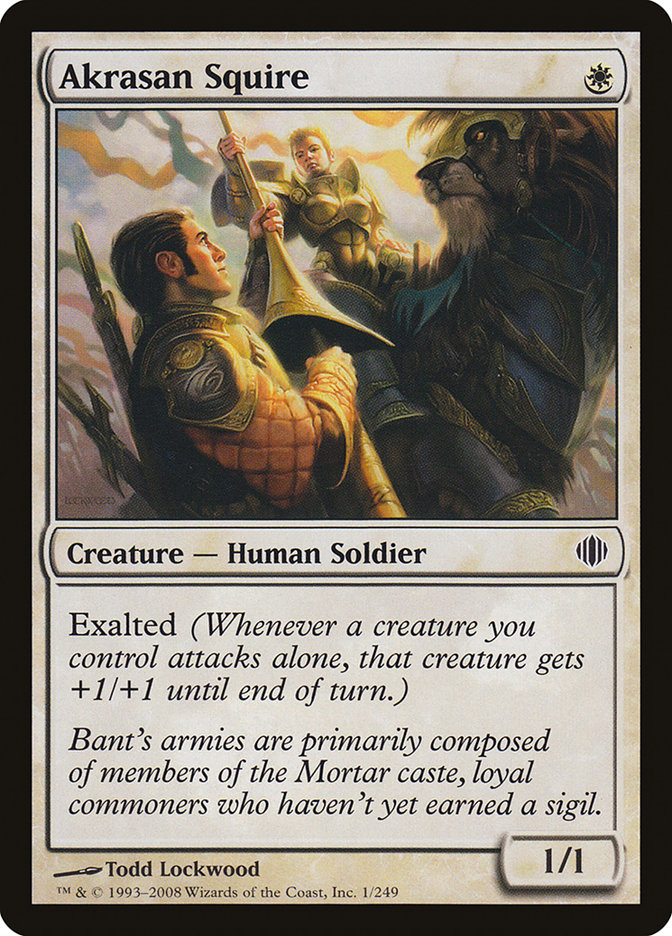
Also debuting in this set is exalted, a mechanic that was later reprinted in M13. Exalted states that whenever you attack with a creature alone, it gets +1/+1 until end of turn for each exalted card you have in play. Note that the creature attacking alone doesn’t need to have exalted. For example, Akrasan Squire is a 1/1 that when attacks alone becomes a 2/2 thanks to its exalted trigger, but it can give exalted to another creature, or benefit even further from more exalted triggers, given that the mechanic stacks. The most iconic card with exalted from this set is Rafiq of the Many, a card that sees play in EDH.
Unearth
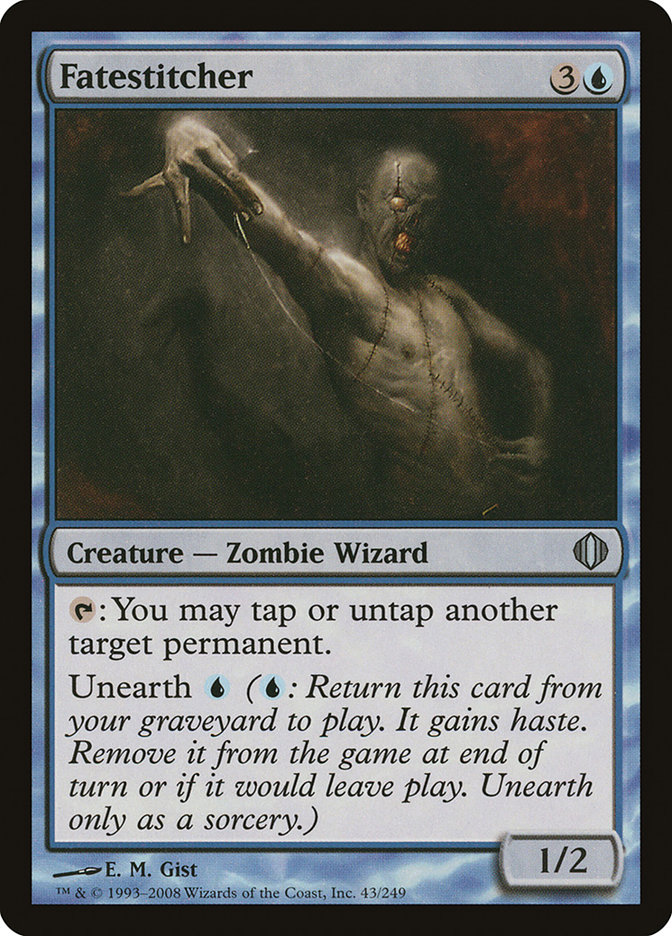
Unearth is the Grixis mechanic from this set, and it’s a graveyard/mill related one. Unearth went on to be reprinted in many sets, most recently in The Brothers’ War. If a creature with unearth is in your graveyard, you can pay the unearth cost and take it back from the graveyard into the battlefield. It gains haste and is exiled at the end of the turn. This mechanic became later MTG lingo for doing this kind of action (taking a creature from the battlefield into play with haste and you get to sacrifice it and exile at the end of the turn). Famous cards with unearth are Fatestitcher and Kederekt Leviathan.
5-Power Matters
This isn’t a mechanic per se, but a theme from the Naya shard. Naya cares about big creatures, so if you control a creature with power 5 or greater, you'll get some bonuses. Mayael the Anima is a famous commander that can put creatures with power 5 or greater from your library into the battlefield. Also, cards like Bloodthorn Taunter and Mosstodon can give creatures with power 5 or greater abilities like trample and haste.
Shards of Alara Card Gallery
White
- Akrasan Squire
- Angel's Herald
- Angelic Benediction
- Angelsong
- Bant Battlemage
- Battlegrace Angel
- Cradle of Vitality
- Dispeller's Capsule
- Elspeth, Knight-Errant
- Ethersworn Canonist
- Excommunicate
- Guardians of Akrasa
- Gustrider Exuberant
- Invincible Hymn
- Knight of the Skyward Eye
- Knight of the White Orchid
- Knight-Captain of Eos
- Marble Chalice
- Metallurgeon
- Oblivion Ring
- Ranger of Eos
- Resounding Silence
- Rockcaster Platoon
- Sanctum Gargoyle
- Scourglass
- Sighted-Caste Sorcerer
- Sigiled Paladin
- Soul's Grace
- Sunseed Nurturer
- Welkin Guide
- Yoked Plowbeast
Blue
- Call to Heel
- Cancel
- Cathartic Adept
- Cloudheath Drake
- Coma Veil
- Courier's Capsule
- Covenant of Minds
- Dawnray Archer
- Esper Battlemage
- Etherium Astrolabe
- Etherium Sculptor
- Fatestitcher
- Filigree Sages
- Gather Specimens
- Jhessian Lookout
- Kathari Screecher
- Kederekt Leviathan
- Master of Etherium
- Memory Erosion
- Mindlock Orb
- Outrider of Jhess
- Protomatter Powder
- Resounding Wave
- Sharding Sphinx
- Skill Borrower
- Spell Snip
- Sphinx's Herald
- Steelclad Serpent
- Tezzeret the Seeker
- Tortoise Formation
- Vectis Silencers
Black
- Ad Nauseam
- Archdemon of Unx
- Banewasp Affliction
- Blister Beetle
- Bone Splinters
- Corpse Connoisseur
- Cunning Lethemancer
- Death Baron
- Deathgreeter
- Demon's Herald
- Dreg Reaver
- Dregscape Zombie
- Executioner's Capsule
- Fleshbag Marauder
- Glaze Fiend
- Grixis Battlemage
- Immortal Coil
- Infest
- Onyx Goblet
- Puppet Conjurer
- Resounding Scream
- Salvage Titan
- Scavenger Drake
- Shadowfeed
- Shore Snapper
- Skeletal Kathari
- Tar Fiend
- Undead Leotau
- Vein Drinker
- Viscera Dragger
Red
- Bloodpyre Elemental
- Bloodthorn Taunter
- Caldera Hellion
- Crucible of Fire
- Dragon Fodder
- Dragon's Herald
- Exuberant Firestoker
- Flameblast Dragon
- Goblin Assault
- Goblin Mountaineer
- Hell's Thunder
- Hissing Iguanar
- Incurable Ogre
- Jund Battlemage
- Lightning Talons
- Magma Spray
- Predator Dragon
- Resounding Thunder
- Ridge Rannet
- Rockslide Elemental
- Scourge Devil
- Skeletonize
- Soul's Fire
- Thorn-Thrash Viashino
- Thunder-Thrash Elder
- Viashino Skeleton
- Vicious Shadows
- Vithian Stinger
- Volcanic Submersion
- Where Ancients Tread
Green
- Algae Gharial
- Behemoth's Herald
- Cavern Thoctar
- Court Archers
- Cylian Elf
- Druid of the Anima
- Drumhunter
- Elvish Visionary
- Feral Hydra
- Gift of the Gargantuan
- Godtoucher
- Jungle Weaver
- Keeper of Progenitus
- Lush Growth
- Mighty Emergence
- Manaplasm
- Mosstodon
- Mycoloth
- Naturalize
- Naya Battlemage
- Ooze Garden
- Resounding Roar
- Rhox Charger
- Sacellum Godspeaker
- Savage Hunger
- Skullmulcher
- Soul's Might
- Spearbreaker Behemoth
- Topan Ascetic
- Wild Nacatl
Multicolored
- Agony Warp
- Ajani Vengeant
- Bant Charm
- Blightning
- Blood Cultist
- Branching Bolt
- Brilliant Ultimatum
- Broodmate Dragon
- Bull Cerodon
- Carrion Thrash
- Clarion Ultimatum
- Cruel Ultimatum
- Deft Duelist
- Empyrial Archangel
- Esper Charm
- Fire-Field Ogre
- Goblin Deathraiders
- Godsire
- Grixis Charm
- Hellkite Overlord
- Hindering Light
- Jhessian Infiltrator
- Jund Charm
- Kederekt Creeper
- Kiss of the Amesha
- Kresh the Bloodbraided
- Mayael the Anima
- Naya Charm
- Necrogenesis
- Prince of Thralls
- Punish Ignorance
- Qasali Ambusher
- Rafiq of the Many
- Rakeclaw Gargantuan
- Realm Razer
- Rhox War Monk
- Rip-Clan Crasher
- Sangrite Surge
- Sarkhan Vol
- Sedraxis Specter
- Sedris, the Traitor King
- Sharuum the Hegemon
- Sigil Blessing
- Sphinx Sovereign
- Sprouting Thrinax
- Steward of Valeron
- Stoic Angel
- Swerve
- Thoughtcutter Agent
- Tidehollow Sculler
- Tidehollow Strix
- Titanic Ultimatum
- Tower Gargoyle
- Violent Ultimatum
- Waveskimmer Aven
- Windwright Mage
- Woolly Thoctar
Colorless
- Lich's Mirror
- Minion Reflector
- Obelisk of Bant
- Obelisk of Esper
- Obelisk of Grixis
- Obelisk of Jund
- Obelisk of Naya
- Quietus Spike
- Relic of Progenitus
- Sigil of Distinction
Lands
- Arcane Sanctum
- Bant Panorama
- Crumbling Necropolis
- Esper Panorama
- Grixis Panorama
- Jund Panorama
- Jungle Shrine
- Naya Panorama
- Savage Lands
- Seaside Citadel
- Plains
- Island
- Swamp
- Mountain
- Forest
Notable Cards
Money Cards
Most of these cards aren’t very expensive, and they could use a reprint or two to lower their price. The most expensive cards are in the $14-20 range.
- Elspeth, Knight Errant saw plenty of Constructed play, as a cheap planeswalker that makes tokens and buffs them. Both +1 abilities help it to ultimate quickly, and with Doubling Season you’ll get a quick and powerful emblem.
- Ethersworn Canonist is a way to hate combo decks, and it’s usually played in Death and Taxes decks, affinity decks out of the sideboard, or EDH stax decks.
- Knight-Captain of Eos produces soldier tokens and a way to prevent combat damage by sacrificing them.
- Tezzeret the Seeker is a blue planeswalker that combines untapping artifacts, which leads to all sorts of combo or ramp mana production, as well as a tutor effect for specific artifacts you may need.
- Memory Erosion is a way to mill all your opponents depending on their spellcasting.
- Fatestitcher gained a lot of popularity after Jeskai Ascendancy, especially due to its unearth ability. You’d mill Fatesticher, unearth it, and use it to untap mana producers, which would them be untapped via Jeskai Ascendancy and so on.
- Ad Nauseam is one of the most widely used spells in MTG, mainly in storm decks in Legacy/Vintage, but also as a win condition in cEDH.
- Death Baron is one of the best zombie lords out there, being able to give +1/+1 and deathtouch to all zombies. It also buffs skeletons, although it’s hard to make a skeleton-based deck.
- Relic of Progenitus is a very effective graveyard hate, allowing you to exile graveyards while drawing a card. It’s a sideboard staple in many competitive formats.
- Lich's Mirror is a way to prevent you from losing the game, either by your opponents’ actions or your own (Phage the Untouchable). You can also play it to get permanents you gave other players in something like Zedruu, the Greathearted EDH decks.
- Prince of Thralls is a card that skyrocketed in value thanks to EDH and commanders like Be’lakor, the Dark Master. It’s a demon that gives you value when your opponents lose or sacrifice stuff and can hit pretty hard.
- Scourglass is a selective board wipe that sees play in artifact heavy decks in EDH.
- Ajani Vengeant is an iconic planeswalker that saw plenty of Modern play in Jund +white decks. It’s used as a combination of Lightning Helix + tap and lock your lands.
- Godsire allow you to go big, usually cheating an 8/8 vigilance into play, and if you have cards that grant haste like Rhythm of the Wild, you can start producing 8/8 tokens right away.
- Sarkhan Vol is another iconic planeswalker that pumps your creature and can make a lot of dragons. It’s very good in steal and sac decks.
- Titanic Ultimatum is a huge overrun effect and mainly sees play in Naya EDH decks looking to go wide.
- Mayael the Anima is an iconic Naya commander, for players looking to cheat big creatures into play.
Interesting Cycles
Shards of Alara is composed by 5 tricolor shards, and naturally there will be cycles of one card from each cycle.
The Cycle of Ultimatums
These cards all had the same mana cost XXYYYZZ, with the Y color representing the central color of the shard. Many of these, mainly Cruel Ultimatum, saw Constructed play. Later in Ikoria: Lair of the Behemoths, the cycle of ultimatums was completed, including the wedge ultimatum cards. These are splashy cards to play in EDH, in decks that fit the color identity.
The Cycle of Charms
Tricolor charms were introduced in Invasion block, and Shards of Alara has one for each shard. Each charm gives you one of three options, each option associated with a color. Esper Charm in particular used to see play in Modern in Esper control decks until recently.
The Tri-Lands
Now largely replaced by the superior Streets of New Capenna triomes like Raffine's Tower, these were the best options for generating mana of its colors. There’s one land for each shard, and these are all uncommon lands. Usually sets have these at the rare slot. You’ll still play them in EDH decks that need these color combinations.
The Tricolor Legends
- Rafiq of the Many
- Sharuum the Hegemon
- Sedris, the Traitor King
- Kresh the Bloodbraided
- Mayael the Anima
There’s one legend for each shard, and these all see some Commander play. Rafiq of the Many hits hard with exalted and double strike, while Sedris, the Traitor King and Sharuum the Hegemon are reanimator commanders, and so on. For a while, these were some of the best options for Commanders in their color combinations.
Notable Constructed Cards
Here’s a few more cards that I didn’t cover in previous sections:
- Master of Etherium is an artifact lord that gets bigger the more artifacts you play. It used to see play in affinity decks.
- Wild Nacatl can be a 3/3 for only 1 mana, provided you have lands like Stomping Ground and Jetmir's Garden.
Crucible of Fire gives your dragons +3/+3, a staple in dragon EDH decks. - Knight of the White Orchid is a staple knight that fetches you a plains in most cases, especially on the draw.
- Fleshbag Marauder is a staple in zombie and sacrifice decks.
- Ranger of Eos is used in many combo decks involving creatures thanks to its tutor ability. It’s also a value creature in white.
Available Products
Shards of Alara Booster Packs
Shards of Alara was sold in booster packs, and it’s what you would expect from a Draft booster these days. You can get a rare or mythic rare, three uncommons, and 10 commons plus a land. Those are especially good to play Limited formats like Draft and Sealed.
Shards of Alara Intro Packs
Shards of Alara was also sold in five intro packs, one for each shard. Contrary to previous sets, these are intro packs and not intro decks. Each intro pack contains a 41 card deck, with two rares, one of them foil, plus a Shards of Alara booster pack. These are meant to teach you to get a preconstructed deck and slowly upgrade them with external cards from booster packs.
- Bant Exalted is a deck containing Battlegrace Angel as a foil rare. It’s a beatdown deck harnessing the power of the exalted mechanic. The other rare is Knight-Captain of Eos.
- Esper Artifice is a deck containing Master of Etherium as a foil rare. It’s an artifact-themed deck with beaters like Tower Gargoyle, and Sharding Sphinx as the other rare.
- Grixis Undead is a deck containing Vein Drinker as a foil rare. You’ll be able to harness the power of Cruel Ultimatum upon your foes. It’s a midrange deck with creatures that keep coming back for more thanks to unearth.
- Primordial Jund is a deck containing Flameblast Dragon as a foil rare. It's a deck themed around making small creatures and sacrifice them when the time comes. Mycoloth is the other rare, showing off the devour mechanic.
- Naya Behemoths is a deck containing Spearbreaker Behemoth as a foil rare. As you would expect from Naya, it’s a big creature matters deck, and you want to have 5+ power creatures on the board to turn on the synergies. The other rare is Titanic Ultimatum, a powerful finisher.
Shards of Alara Fat Pack
Fat Packs are a great way to quickly boost your collection and improve your existing decks. The Shards of Alara Fat Pack contains 8 booster packs, a Spindown Life Counter to track your life points and 40 basic lands, 8 of each.
Shards of Alara Tournament Decks
Shards of Alara was the last set to feature Tournament Decks. A Tournament Deck contains 3 rares, 10 uncommon 33 commons and 29 basic lands. These were usually applied in Sealed Deck competitions where you would open a Tournament Pack and three boosters, which is roughly the equivalent of opening six boosters nowadays, and proceed to build a Limited deck and battle.
Wrap Up
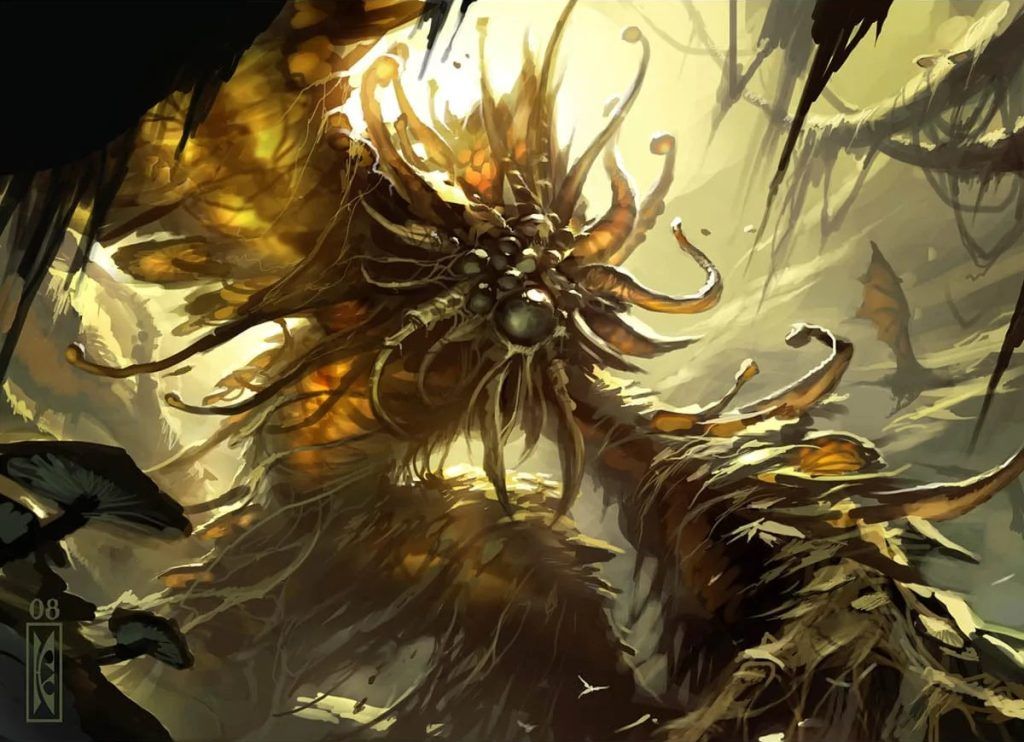
Mycoloth | Illustration by Raymond Swanland
That’s all I have on Shards of Alara folks. I remember fondly looking at these cards for the first time, seeing that everything made sense, the colored artifacts, the zombies, the bant knights, and the beauty of multicolor gold design. This is one of those sets that makes you want to build a tricolor thematic deck, and for me, this is also the beauty of MTG as a game. The story from this beloved plane continues in Conflux, but that’s a story for another day.
What’s your favorite cards from Shards of Alara? Were you playing back them? Let me know in the comments section below, or in our Draftsim Discord.
Thanks for reading, and stay safe out there!
Note: this post contains affiliate links. If you use these links to make a purchase, you’ll help Draftsim continue to provide awesome free articles and apps.
Follow Draftsim for awesome articles and set updates: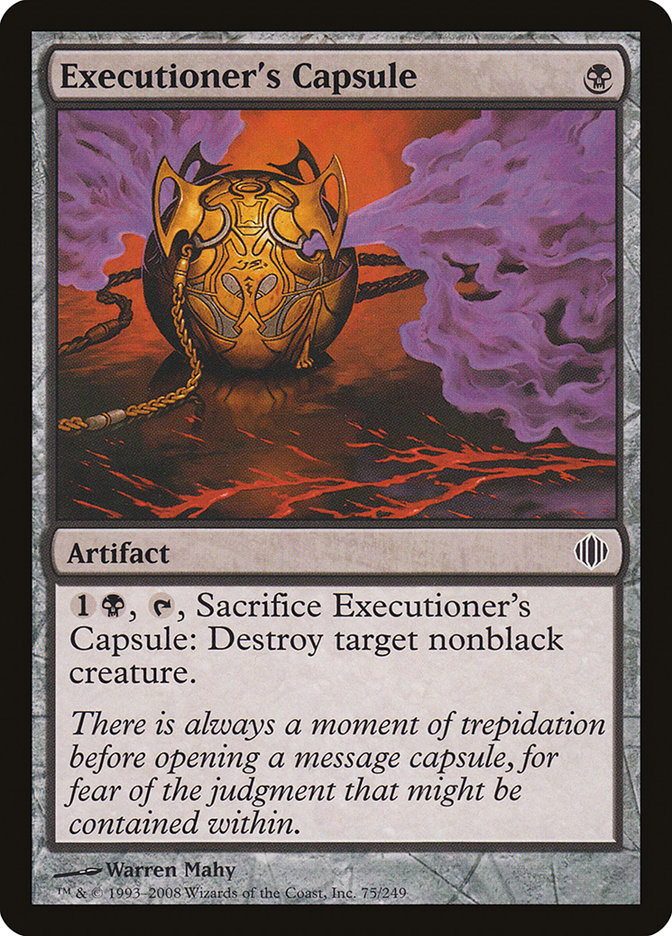
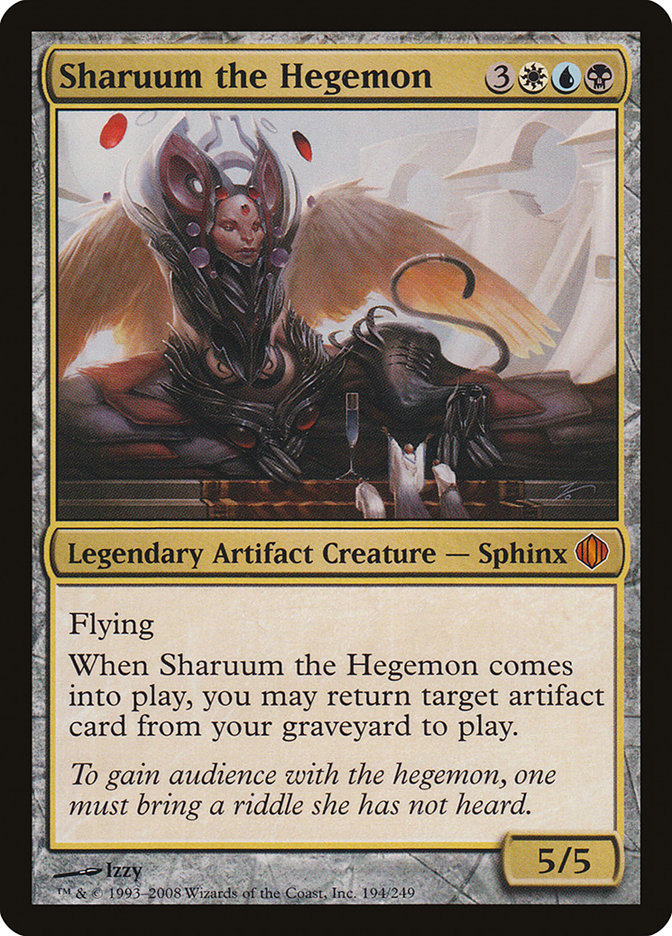
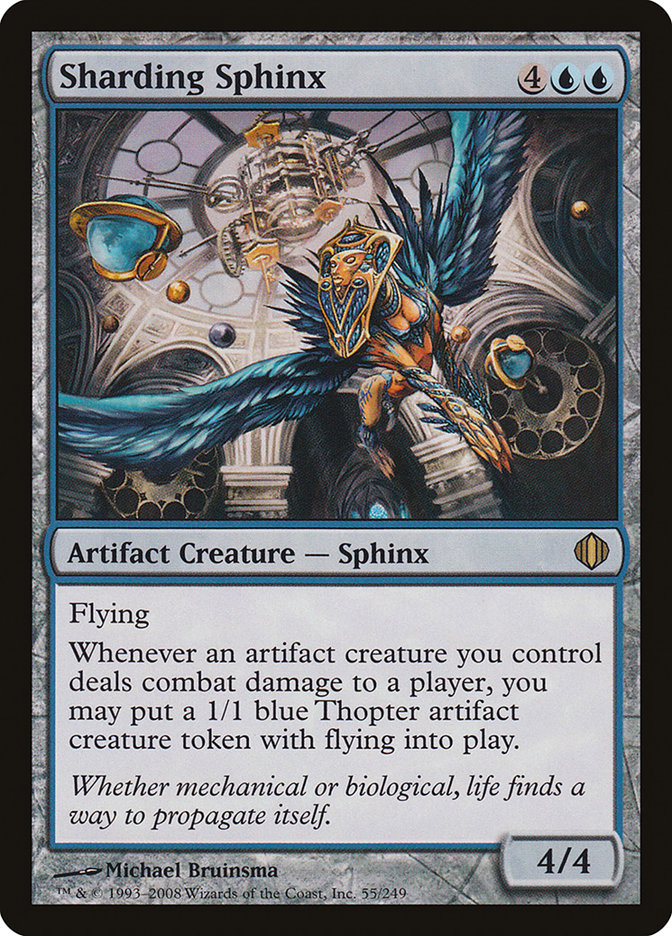
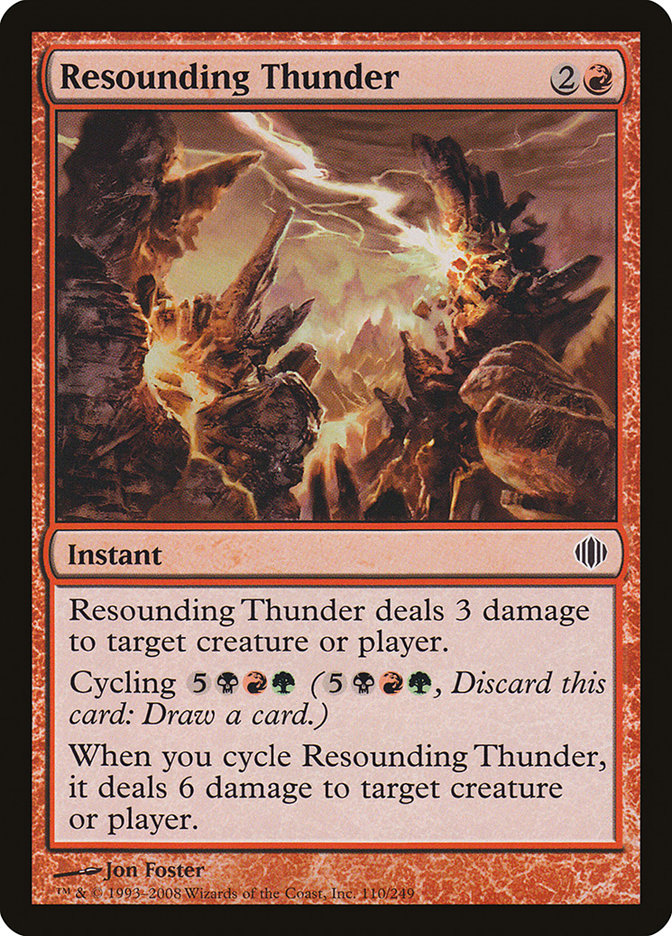
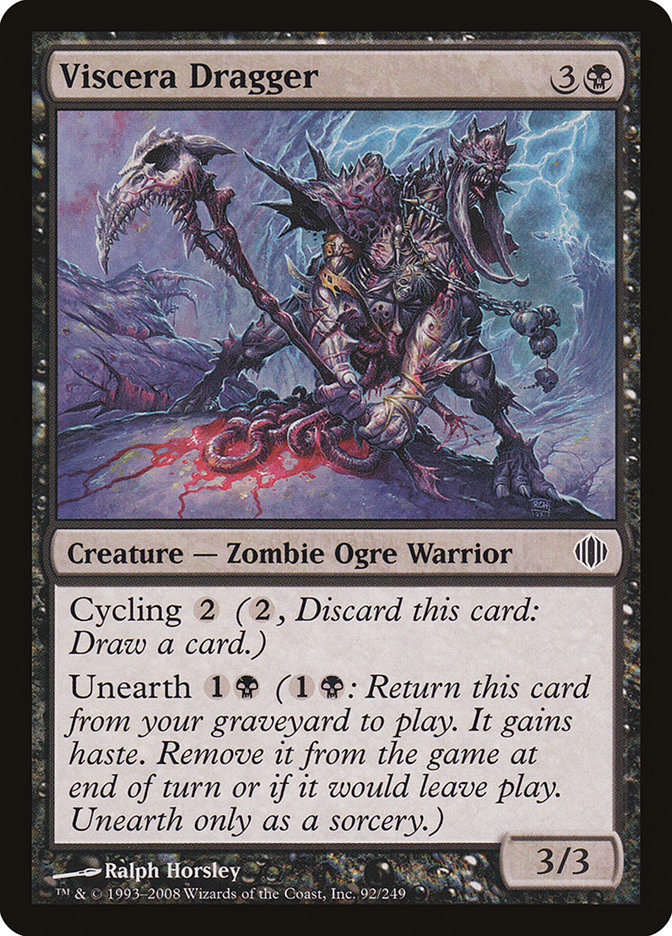
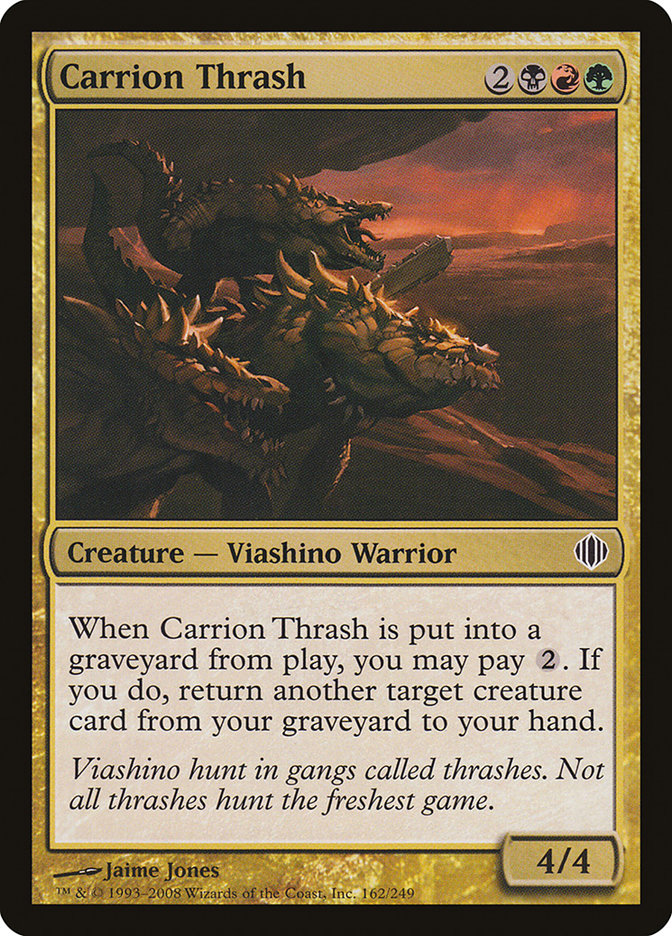

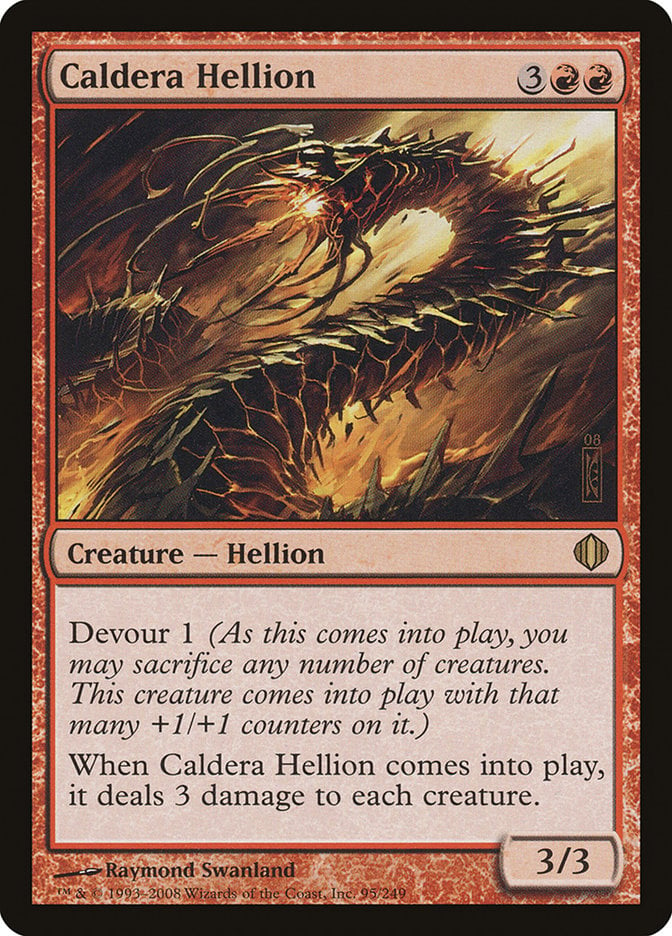
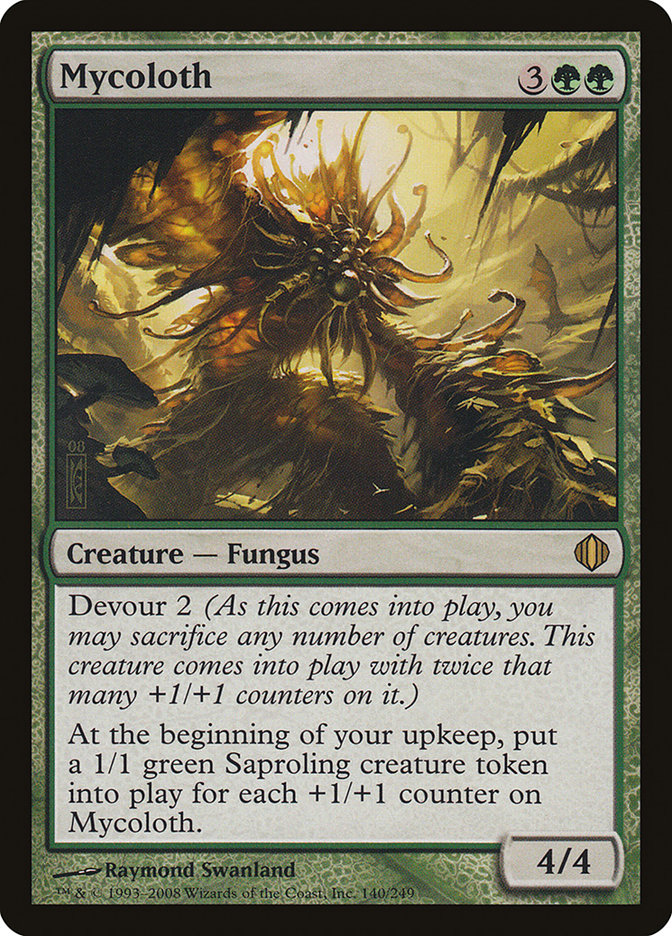
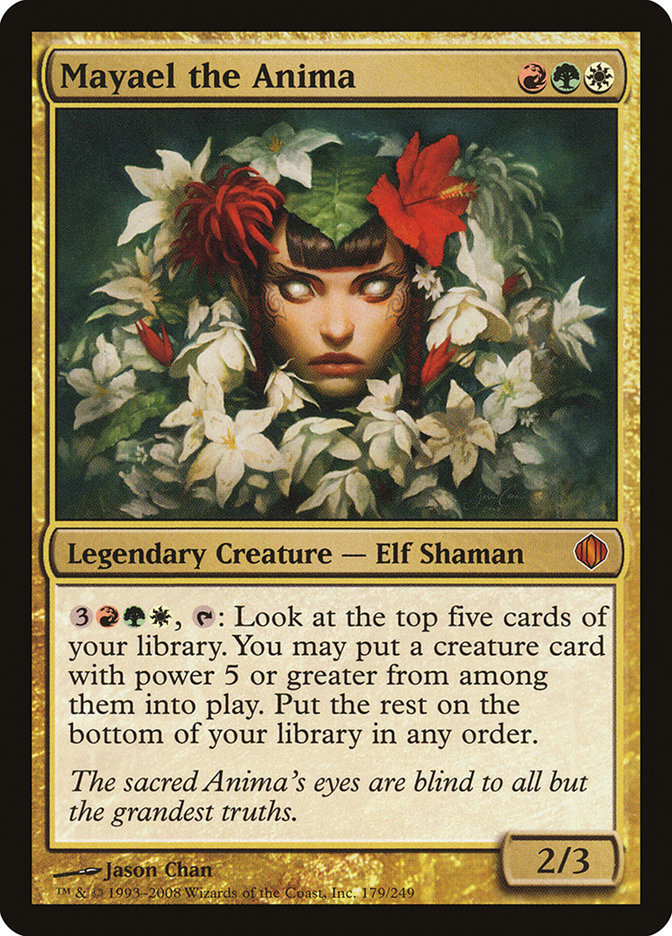
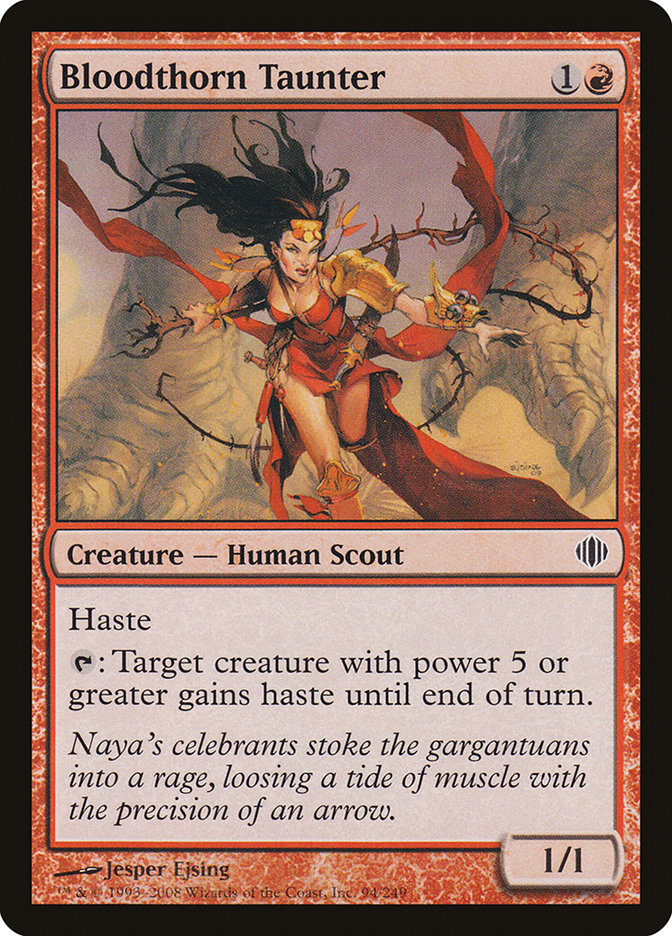

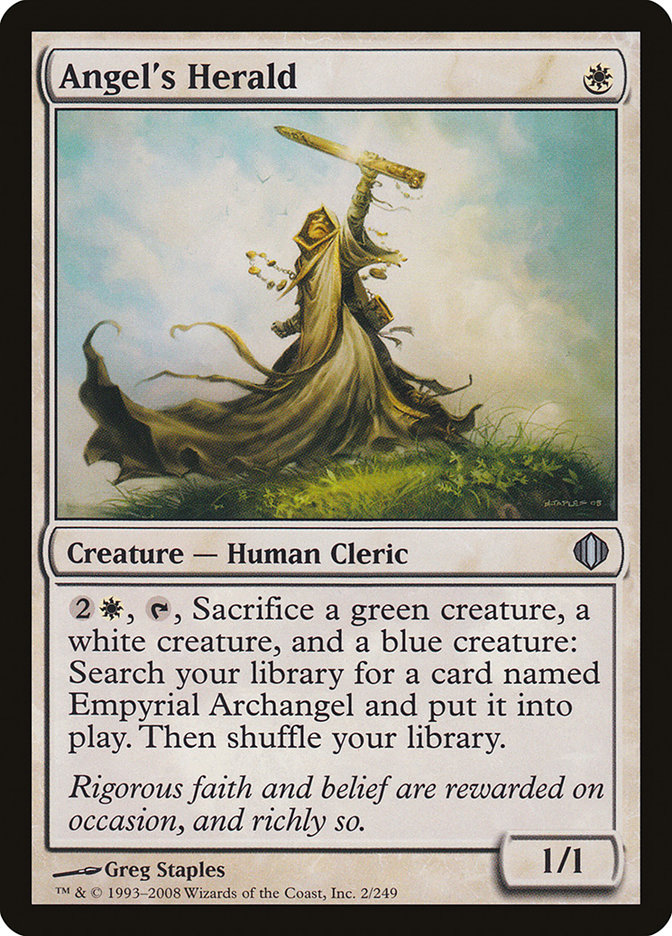
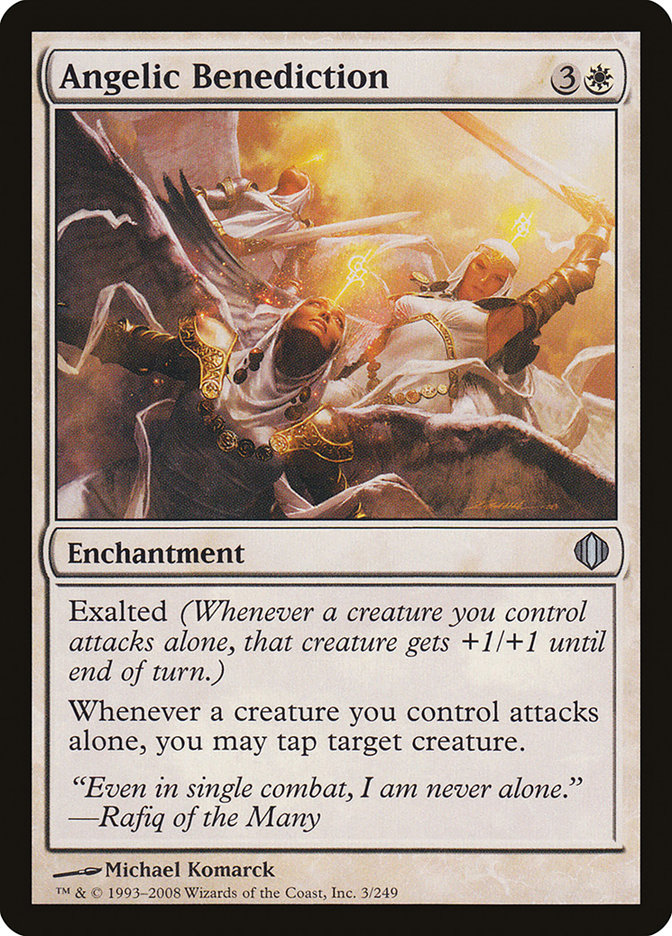
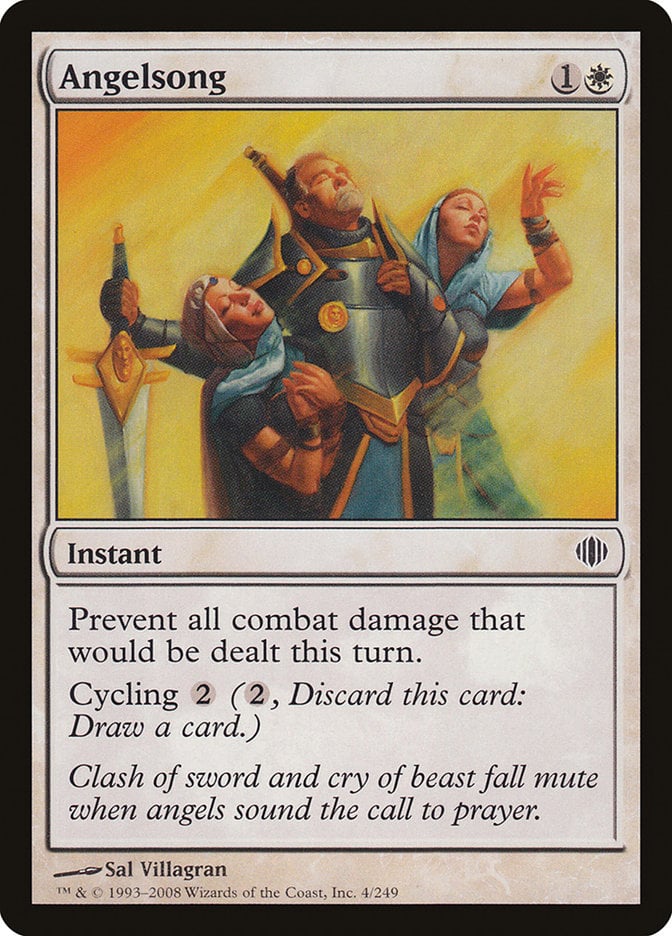
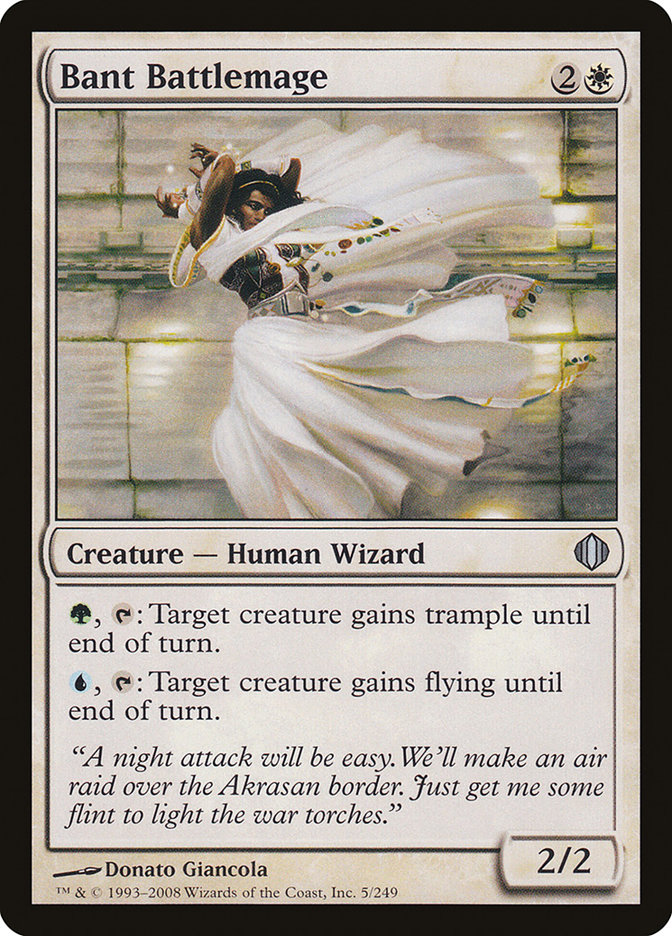
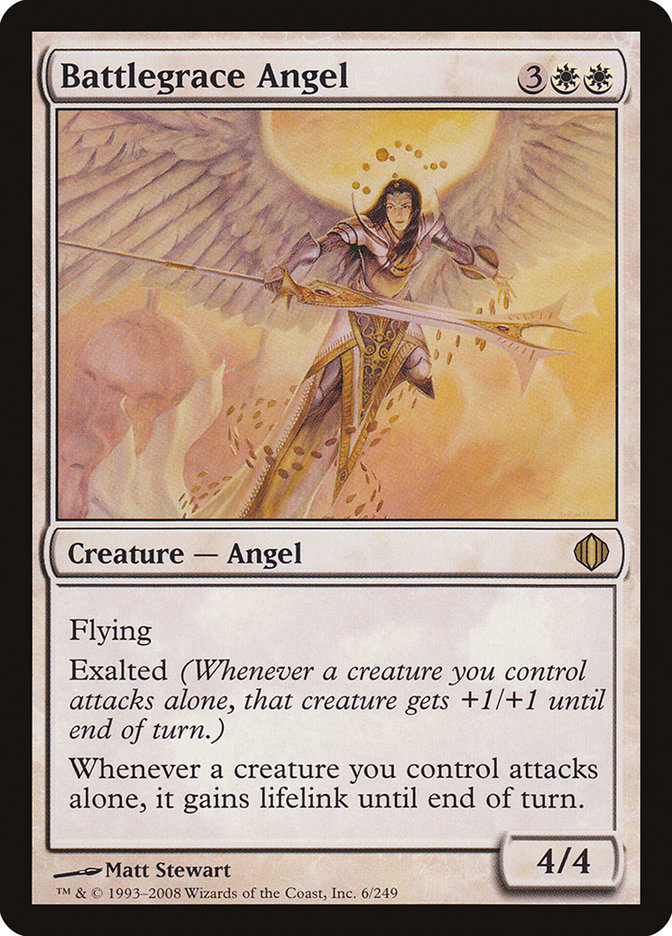

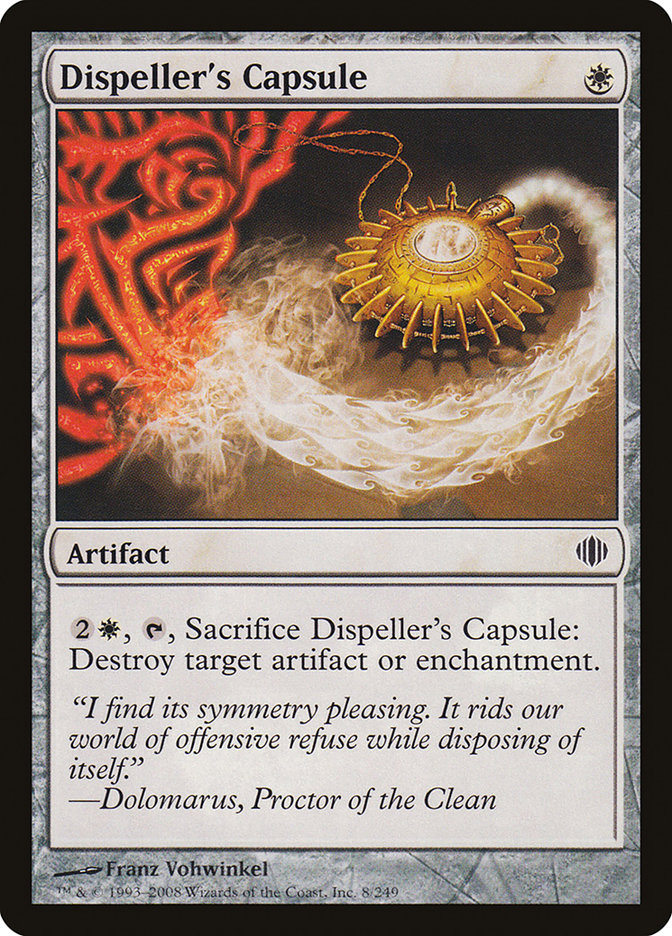
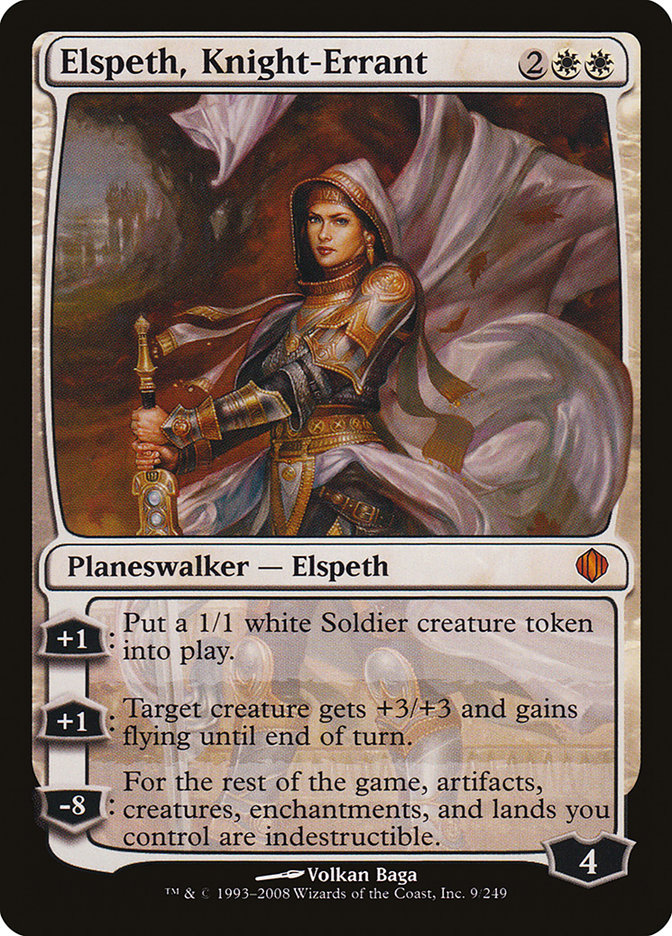
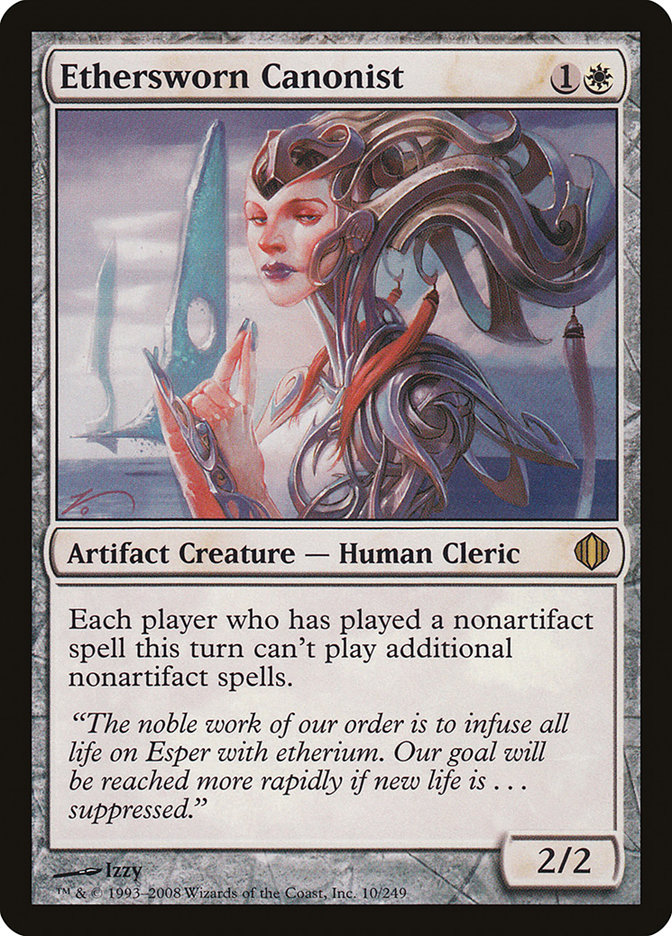
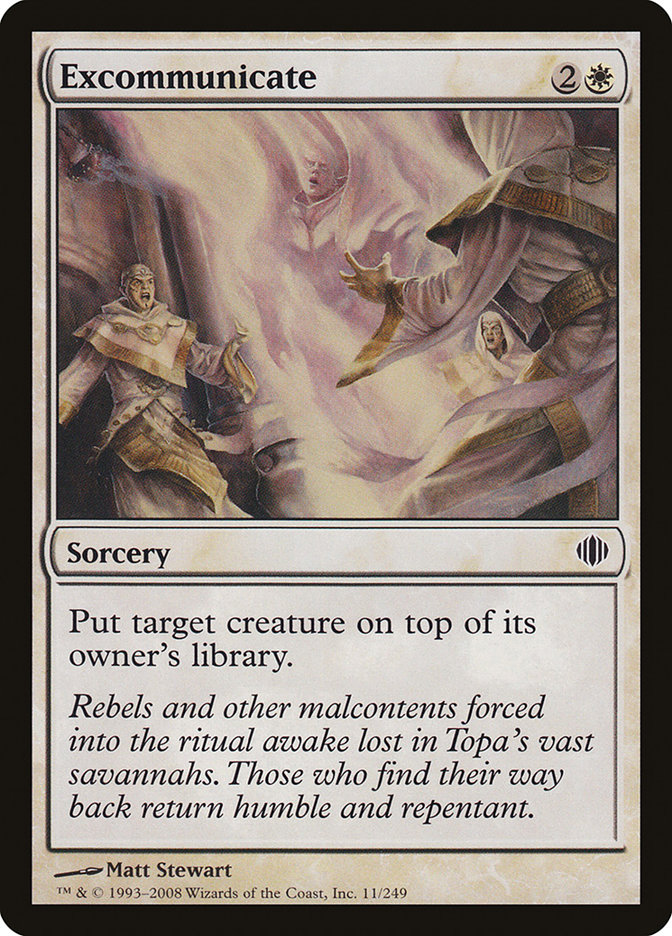

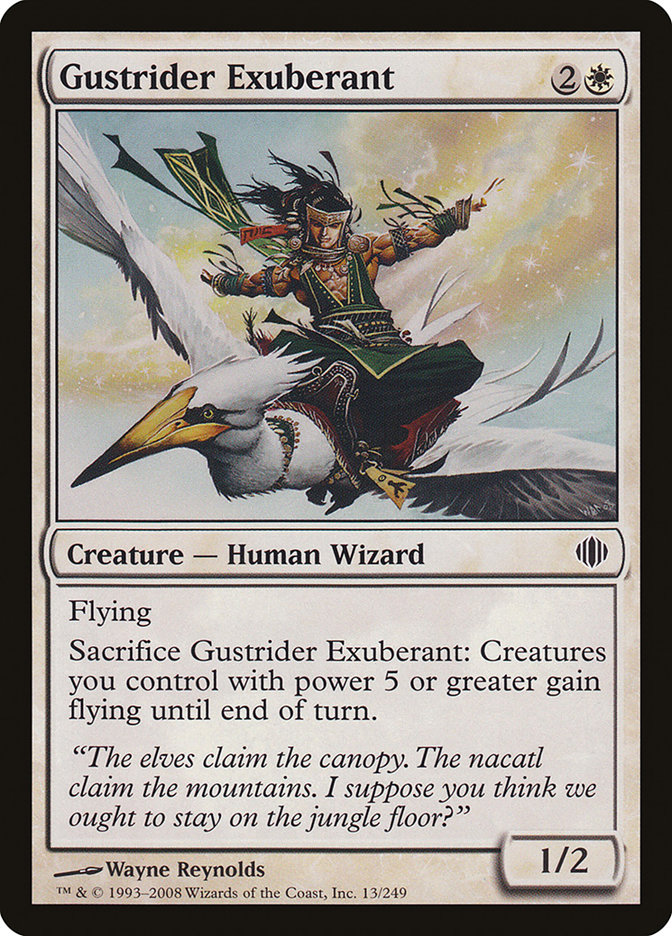
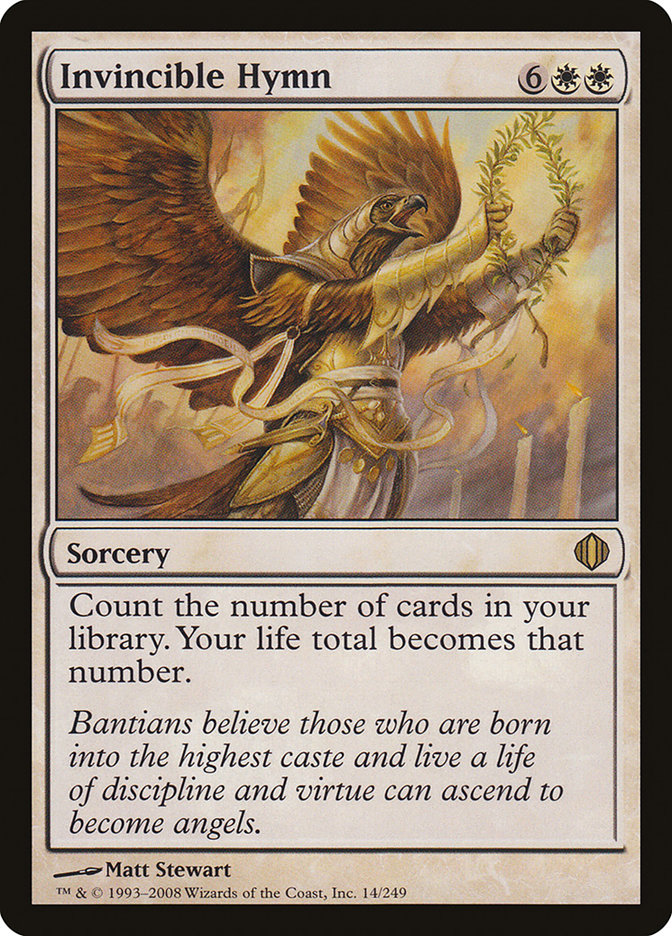
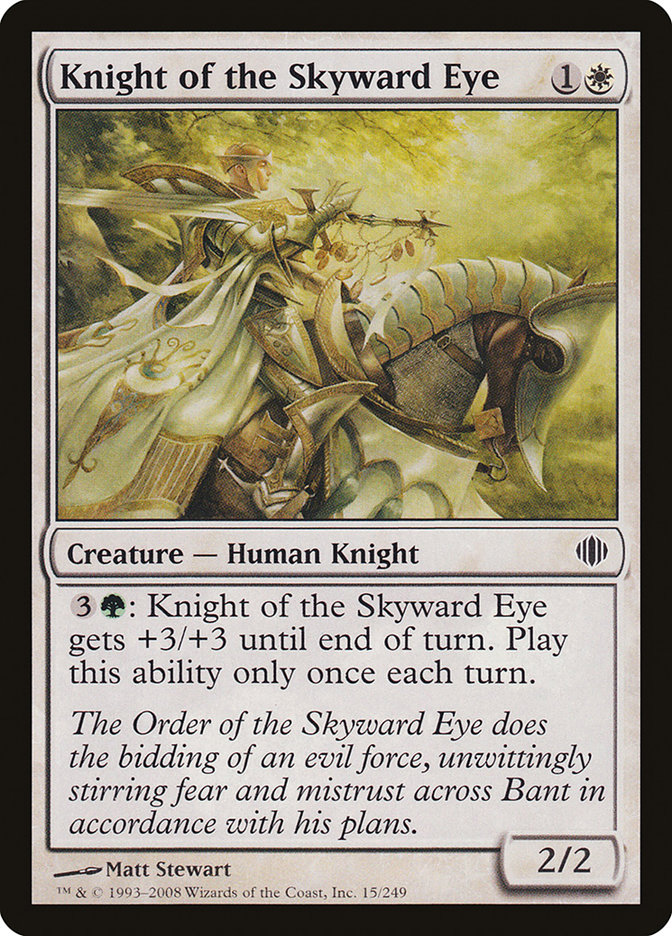
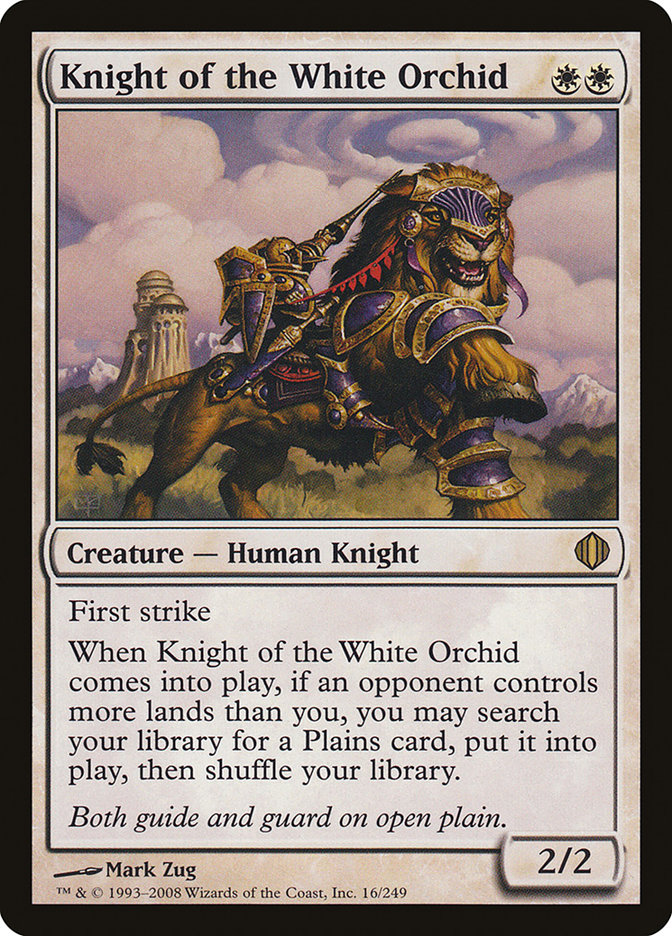

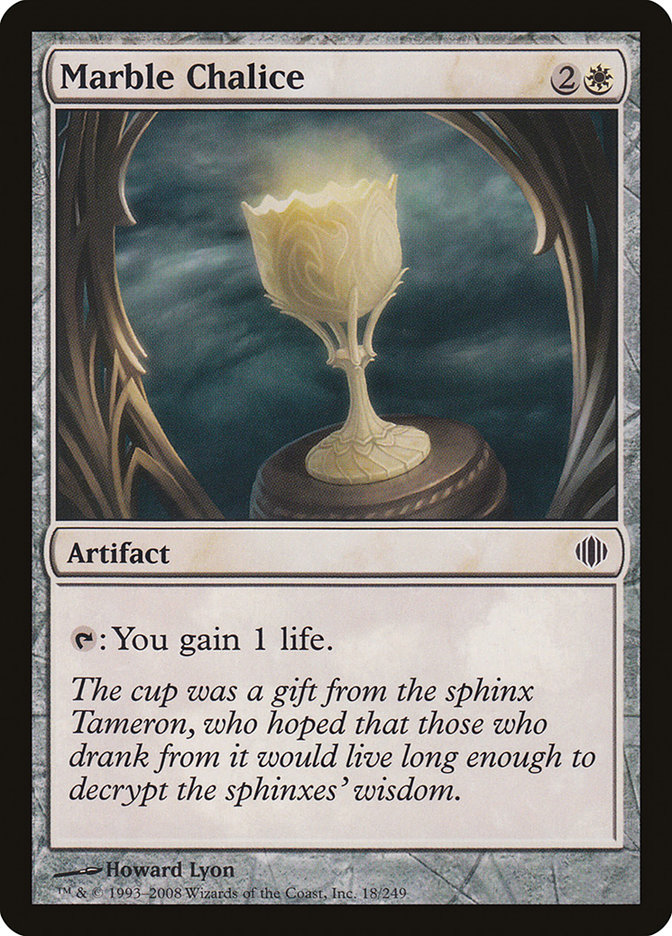
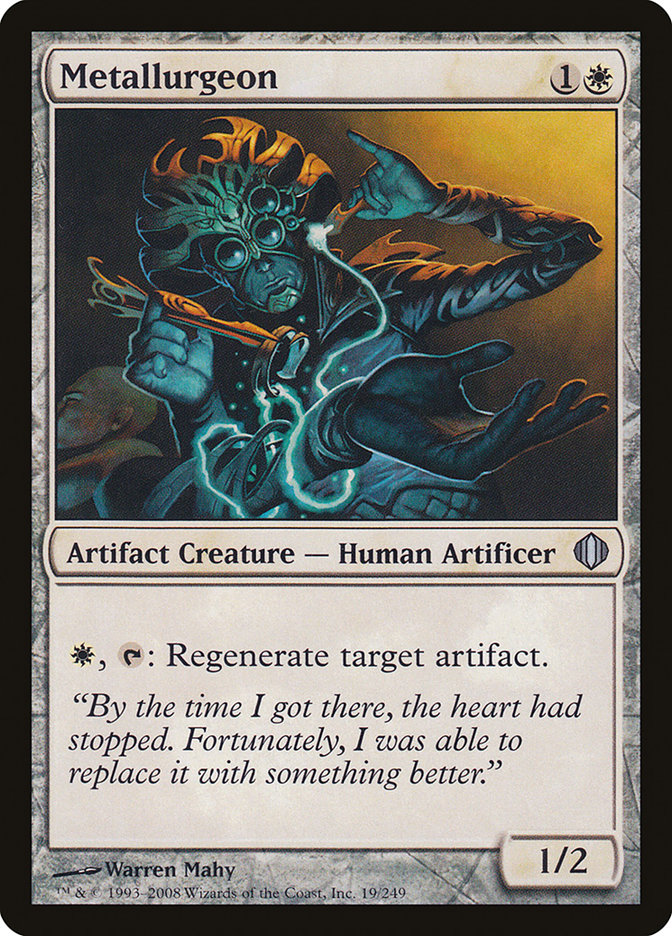
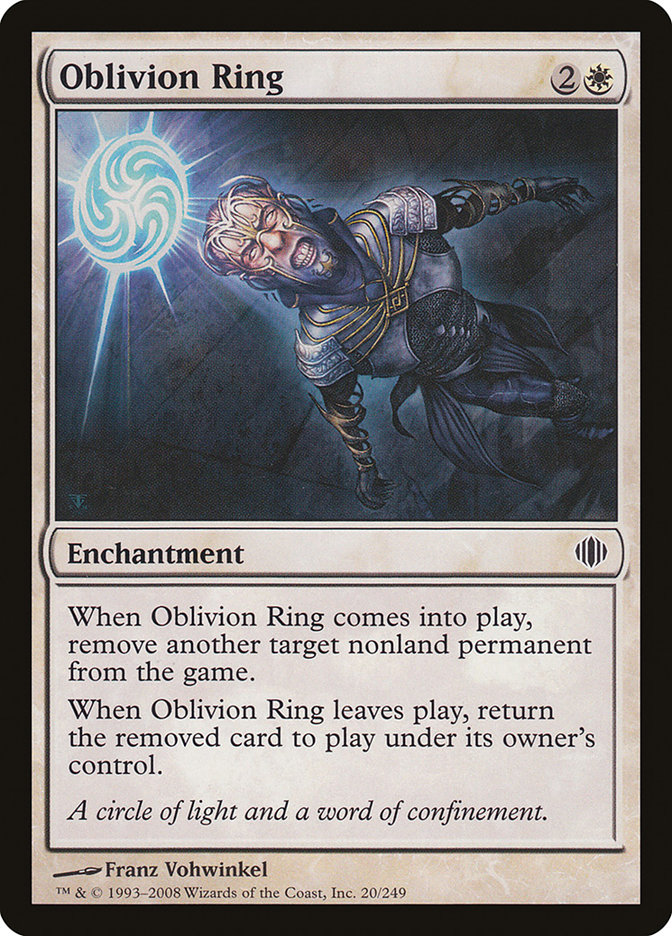
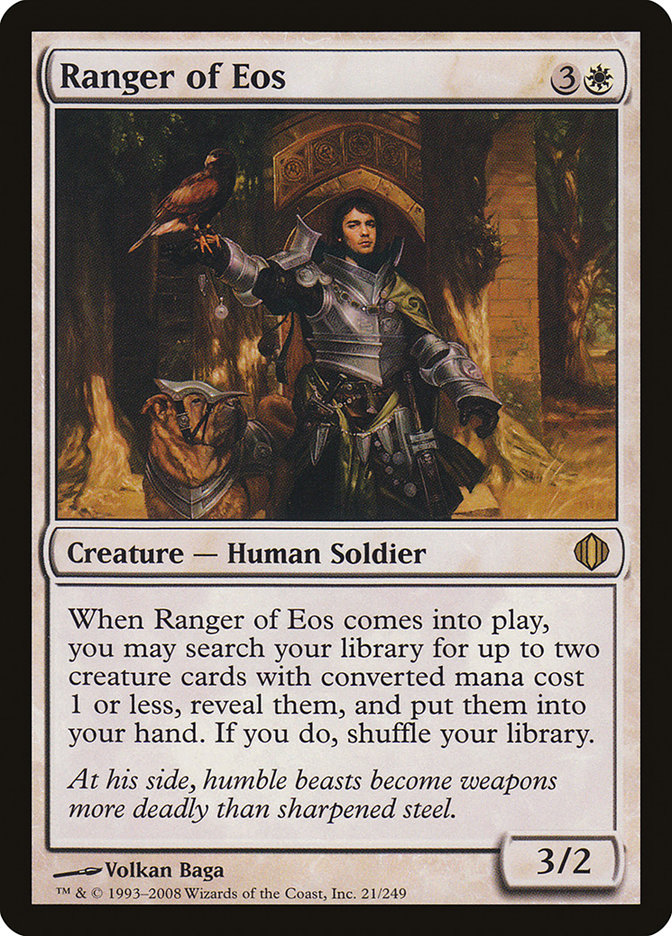

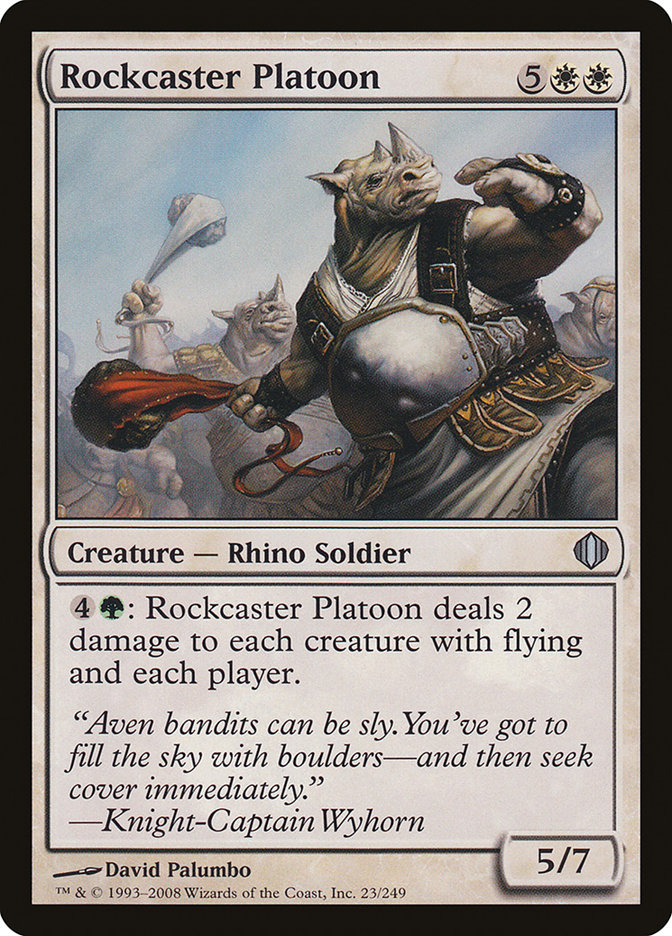

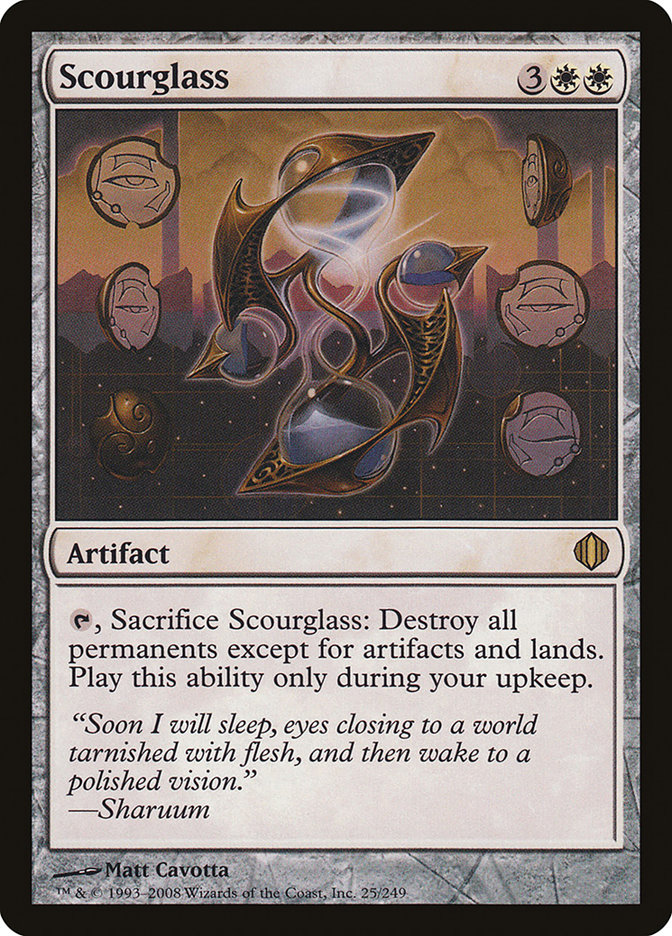
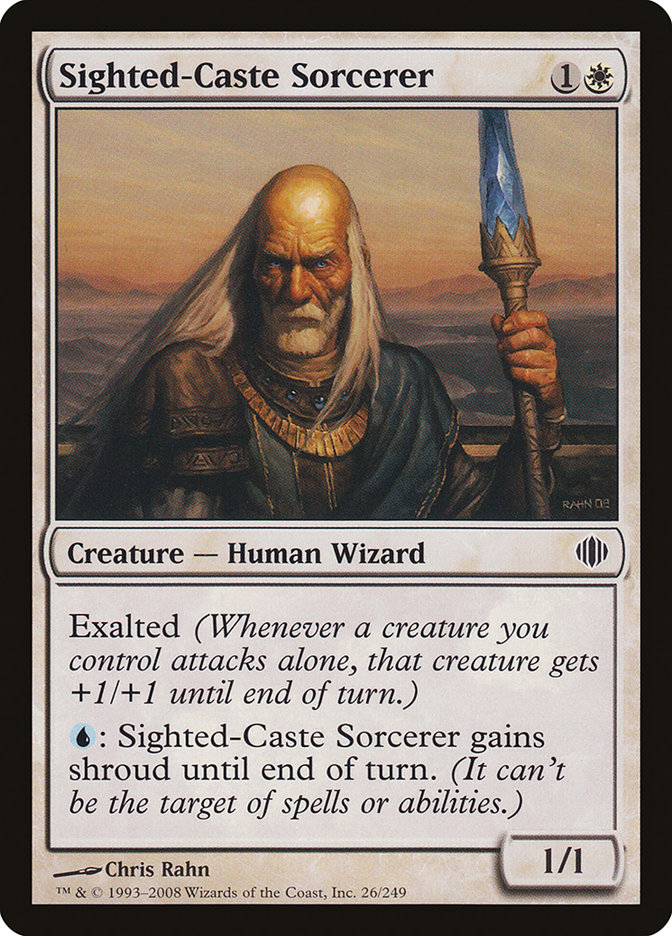

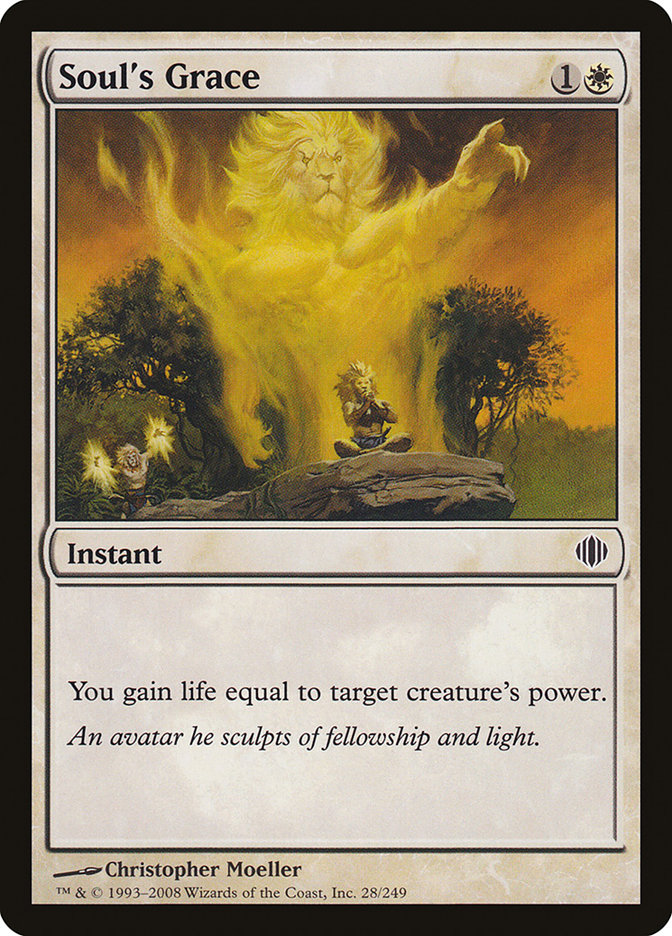
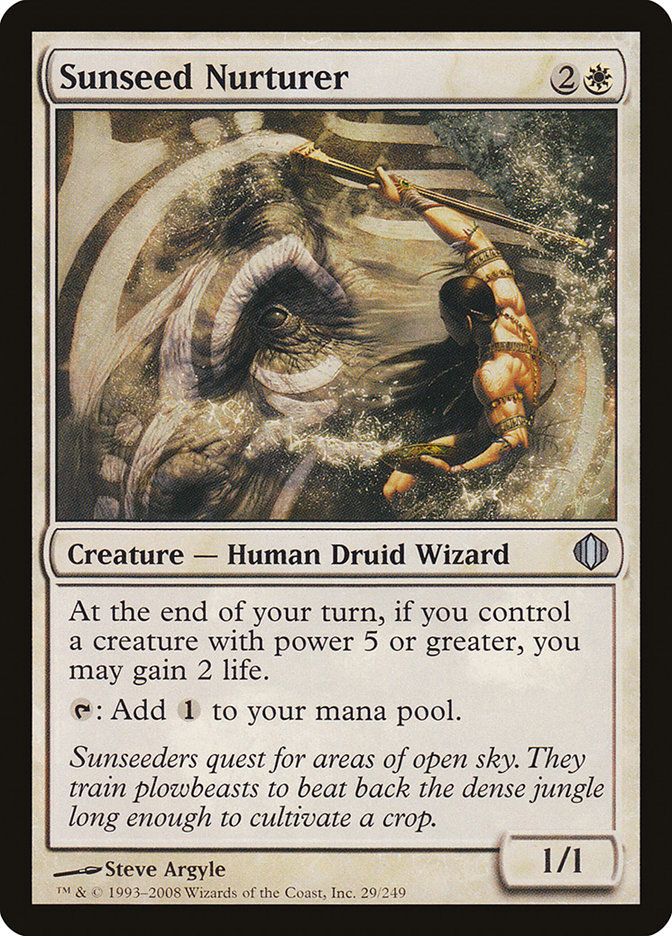
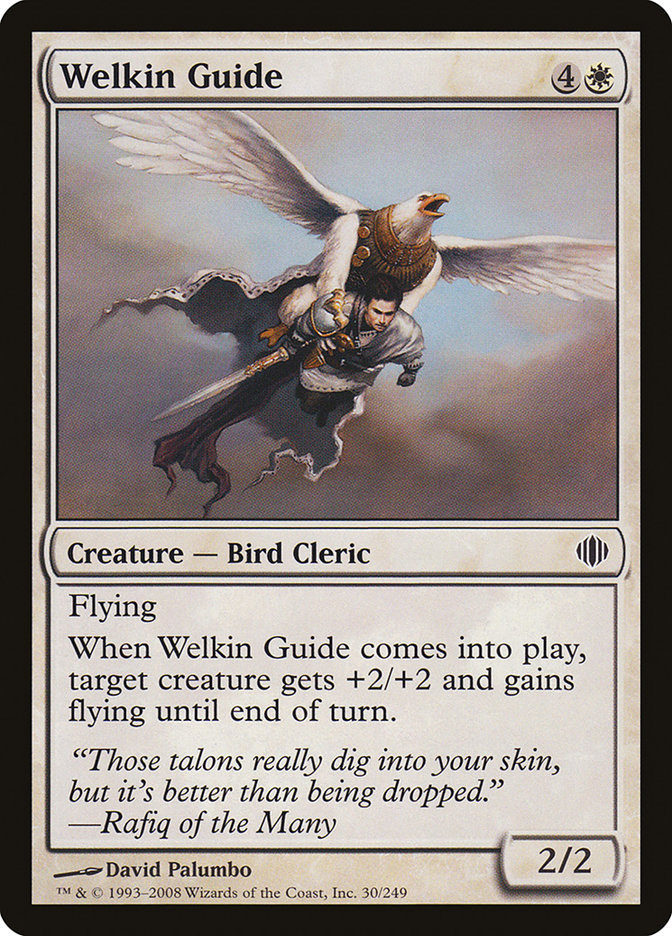
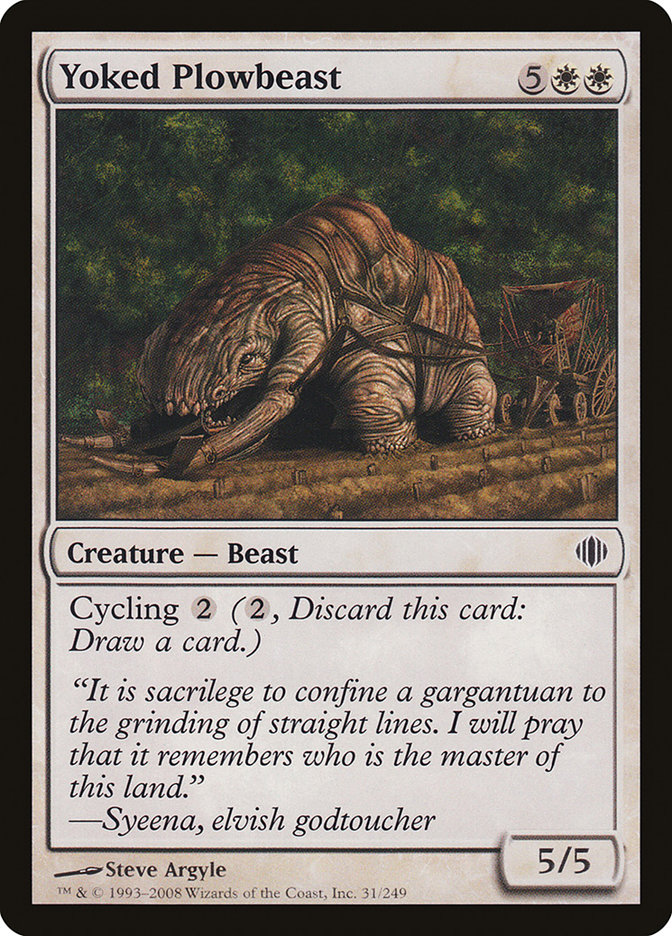

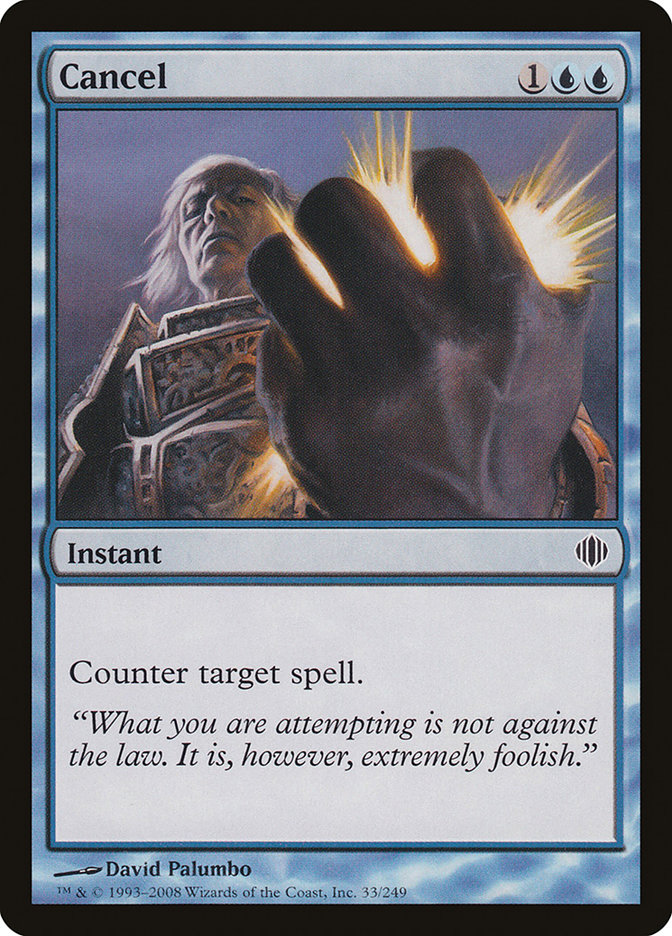

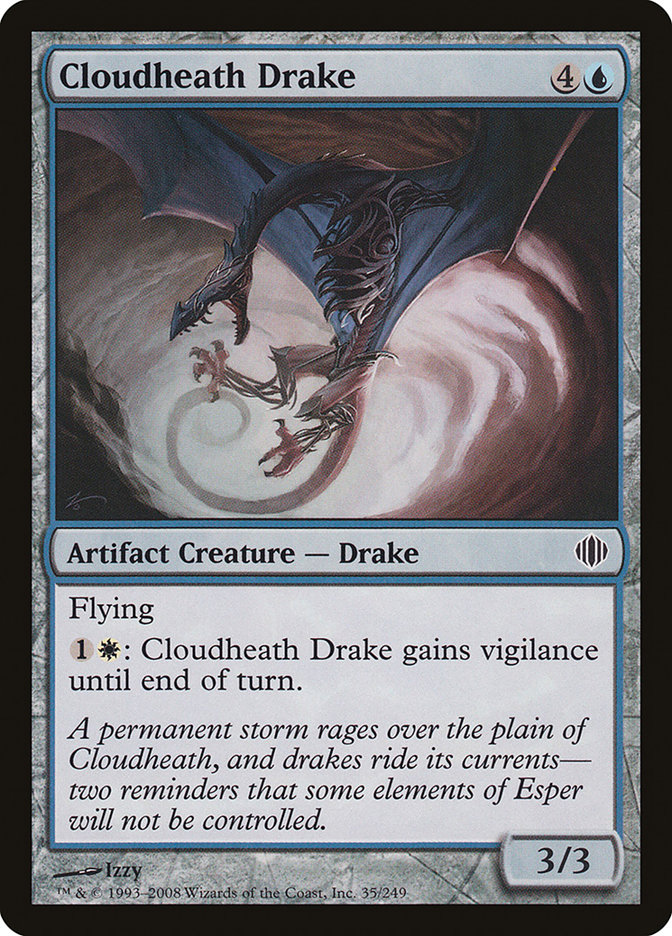

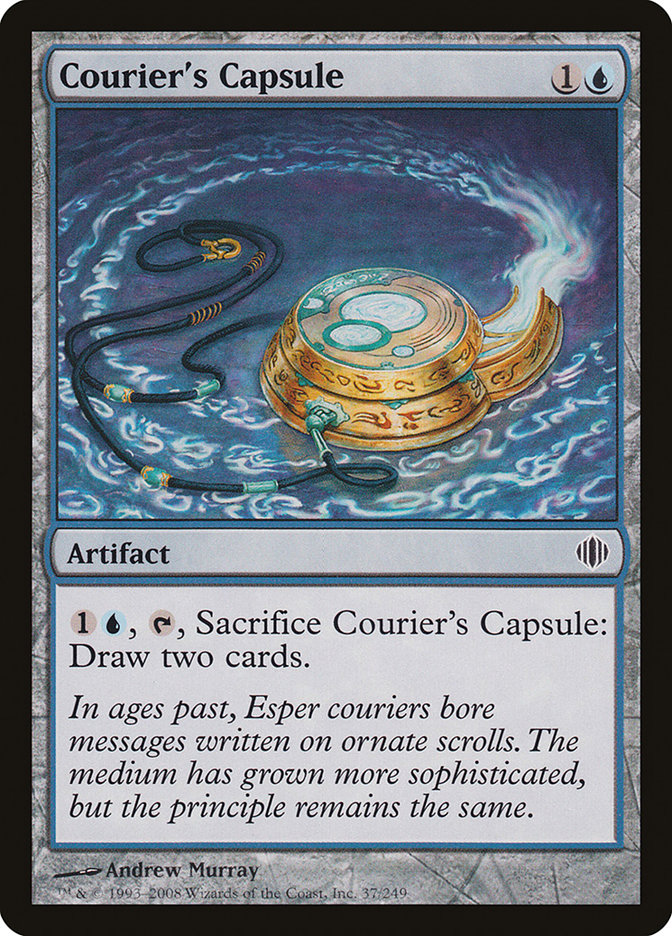



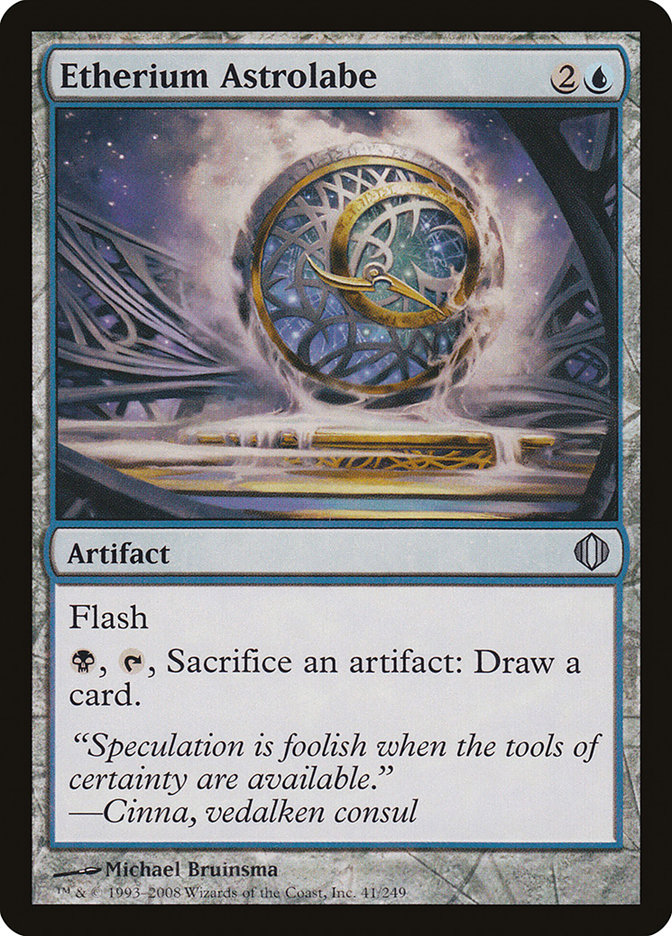
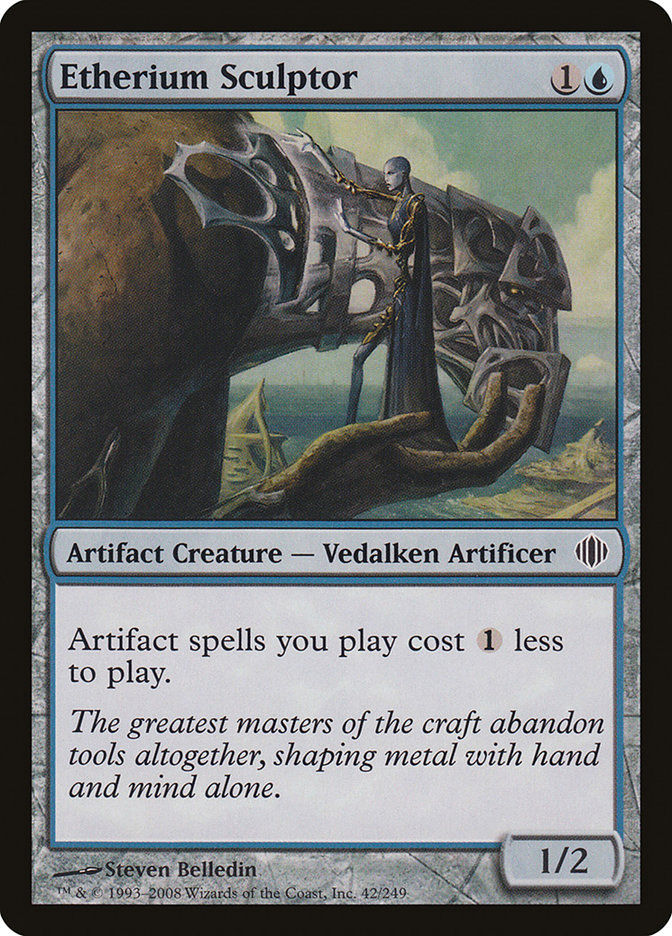

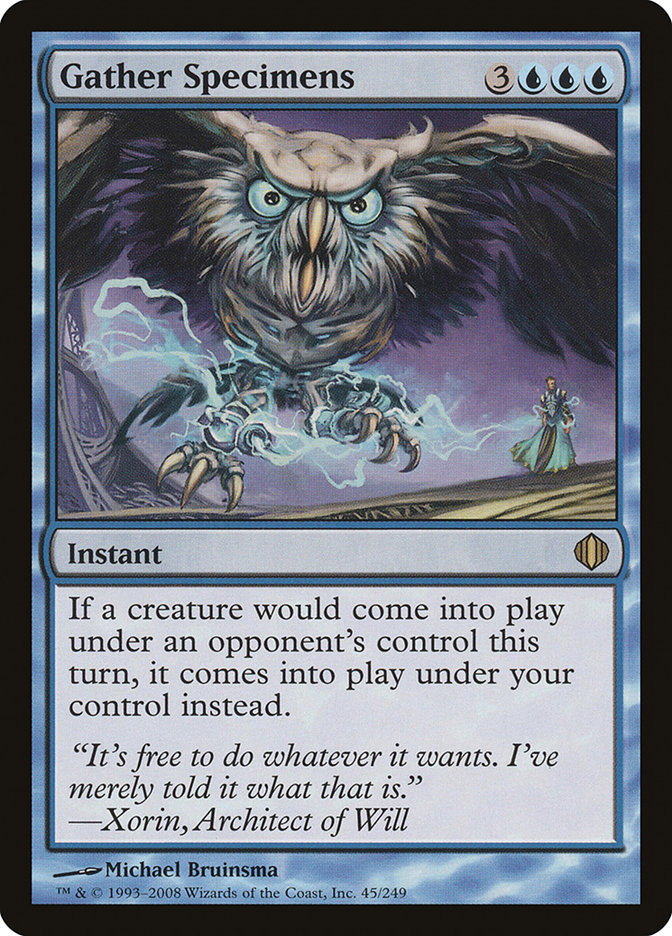
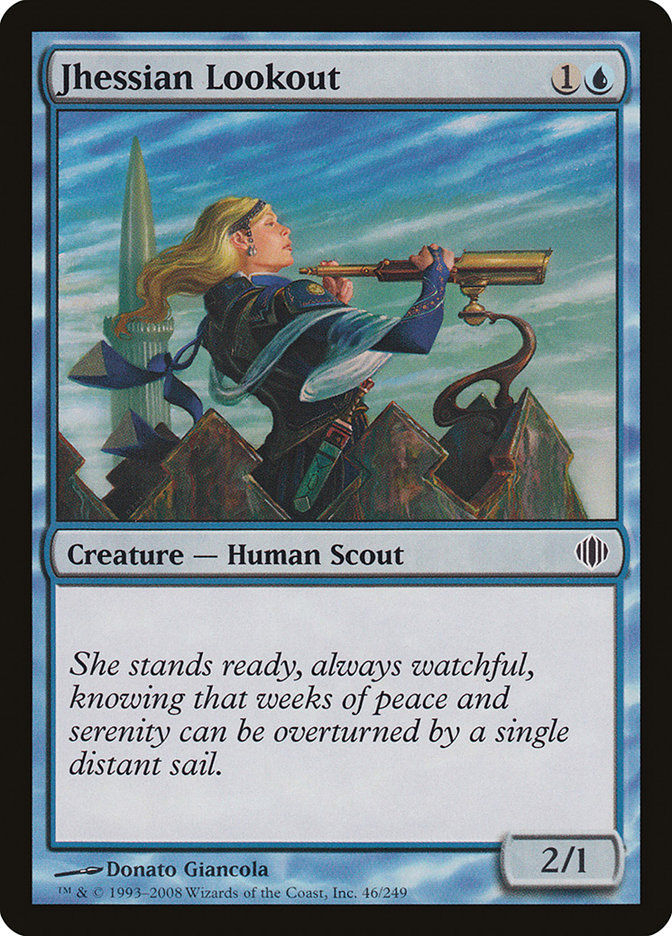
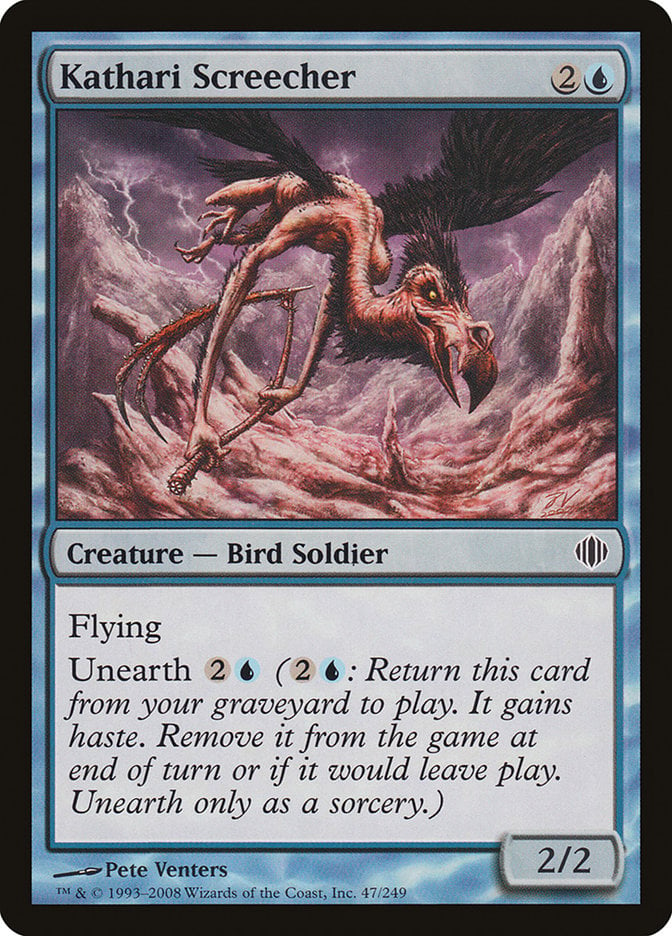
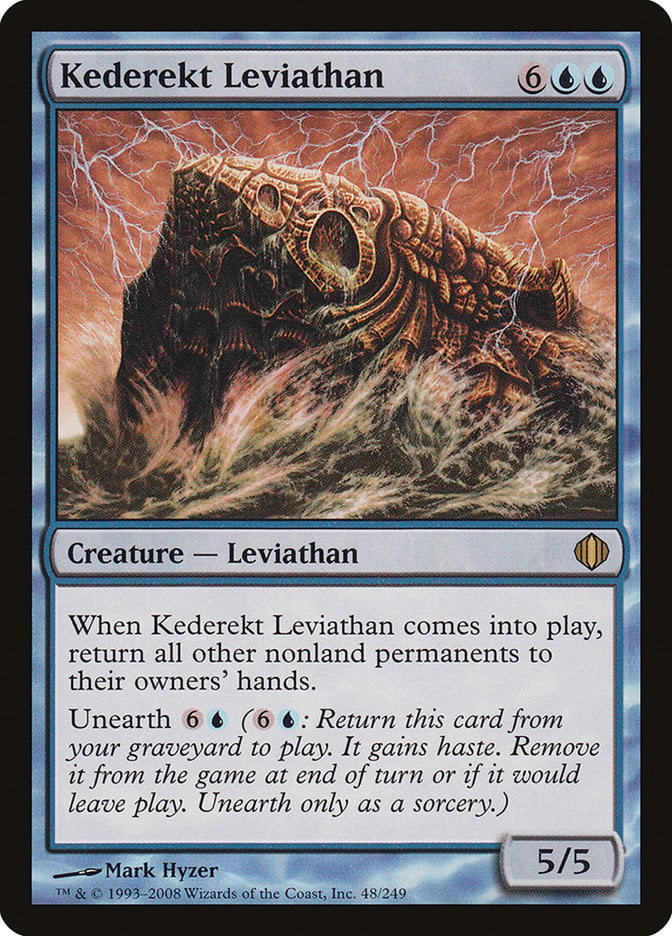
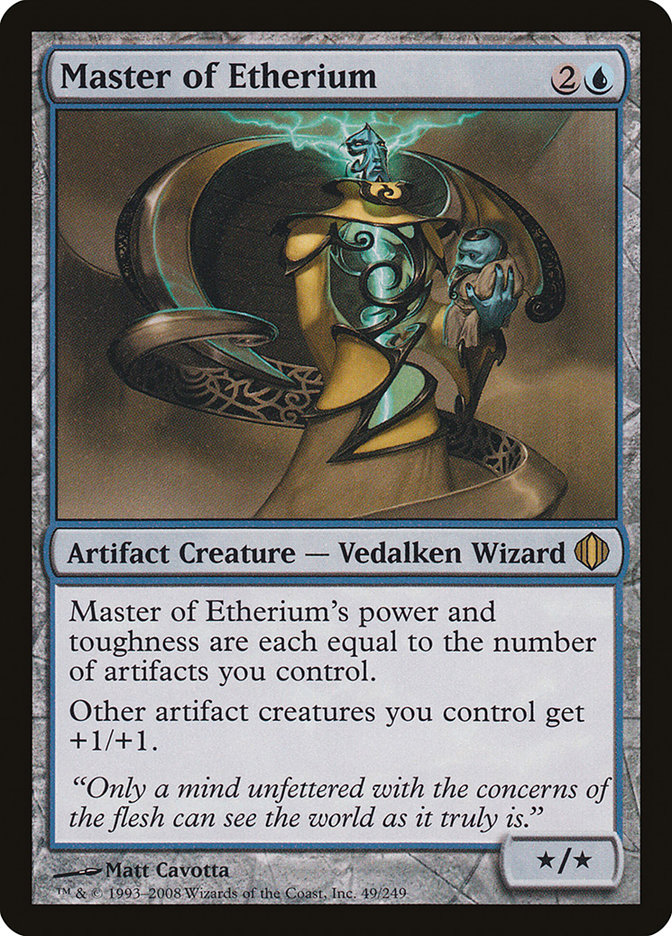



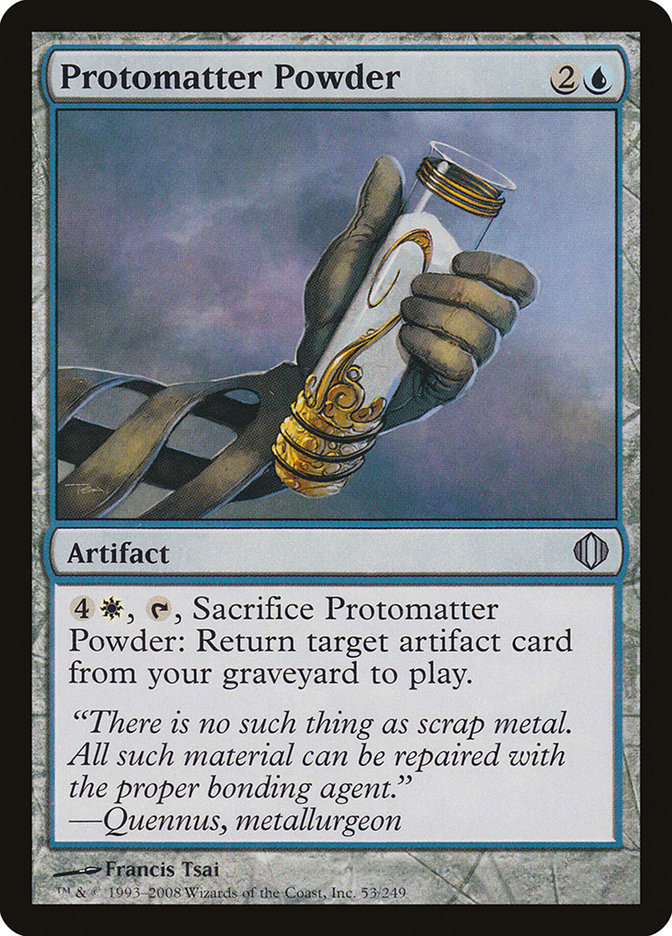
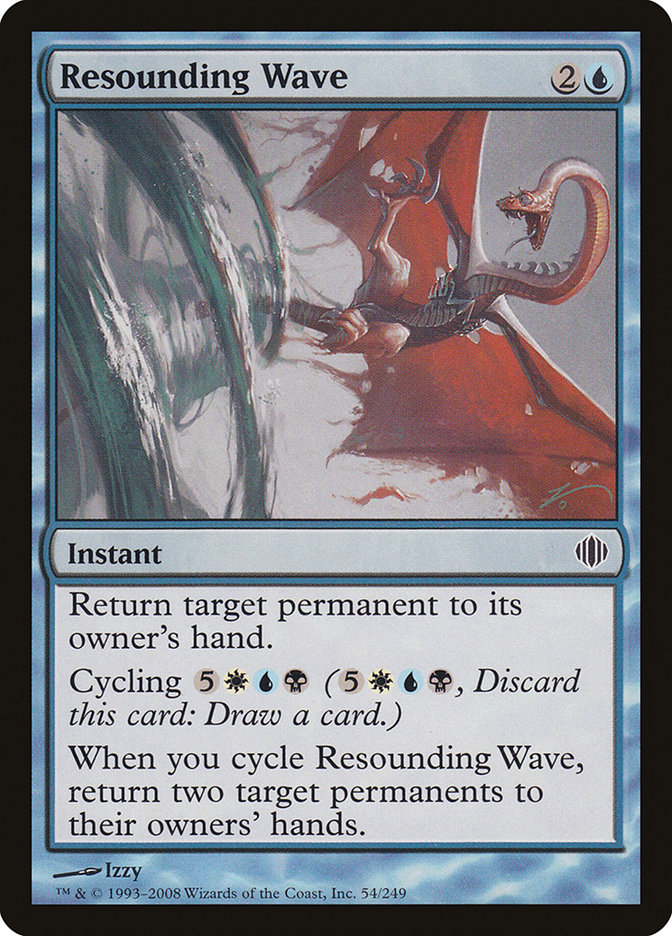
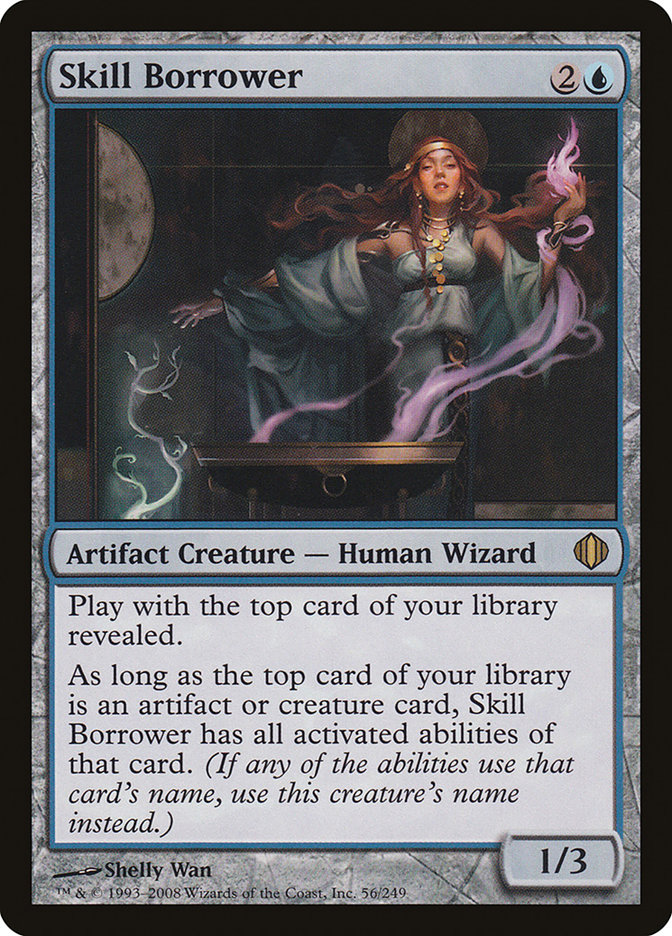
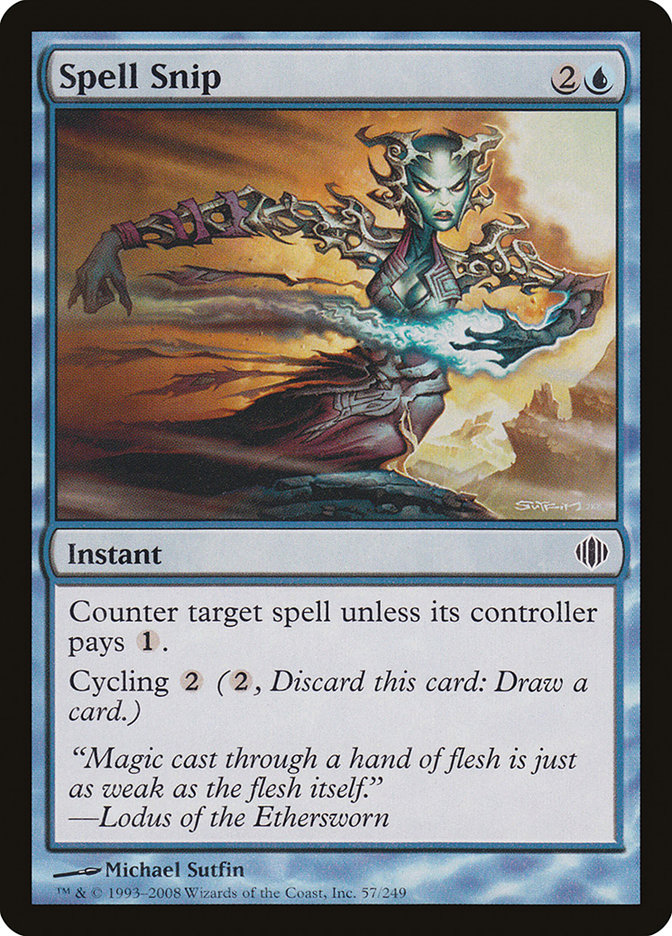
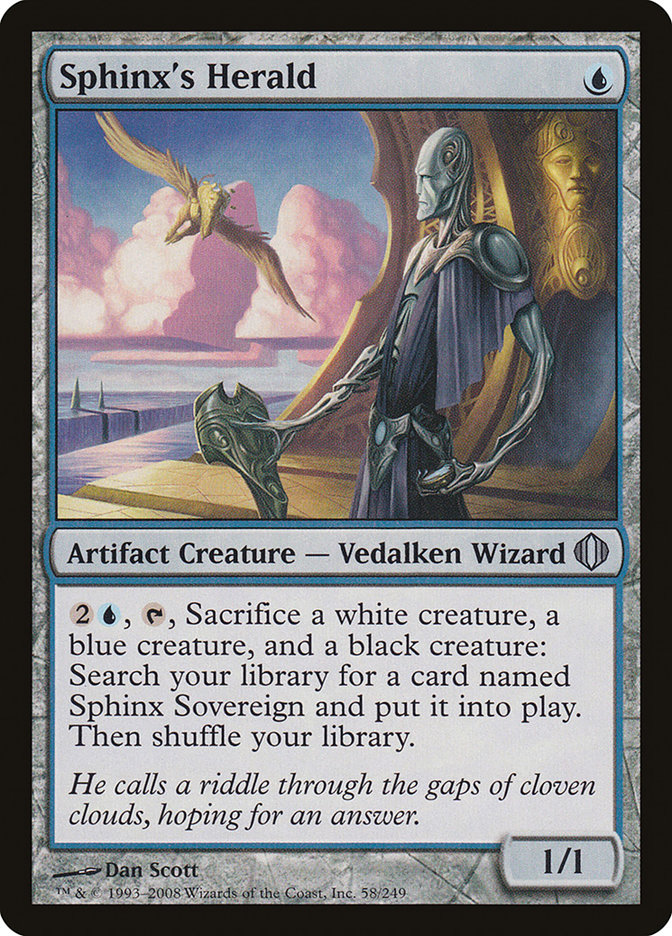

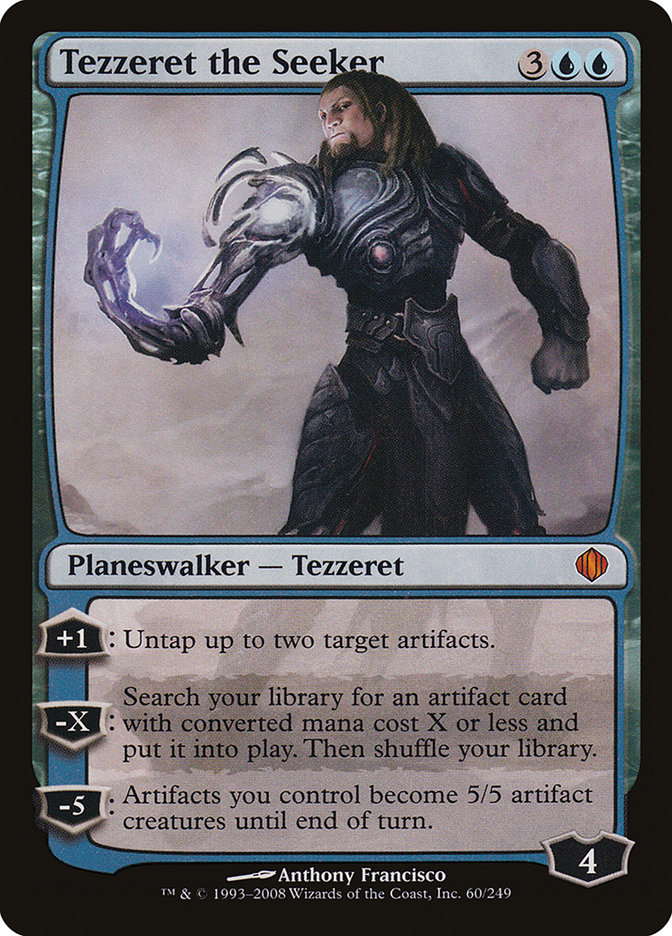
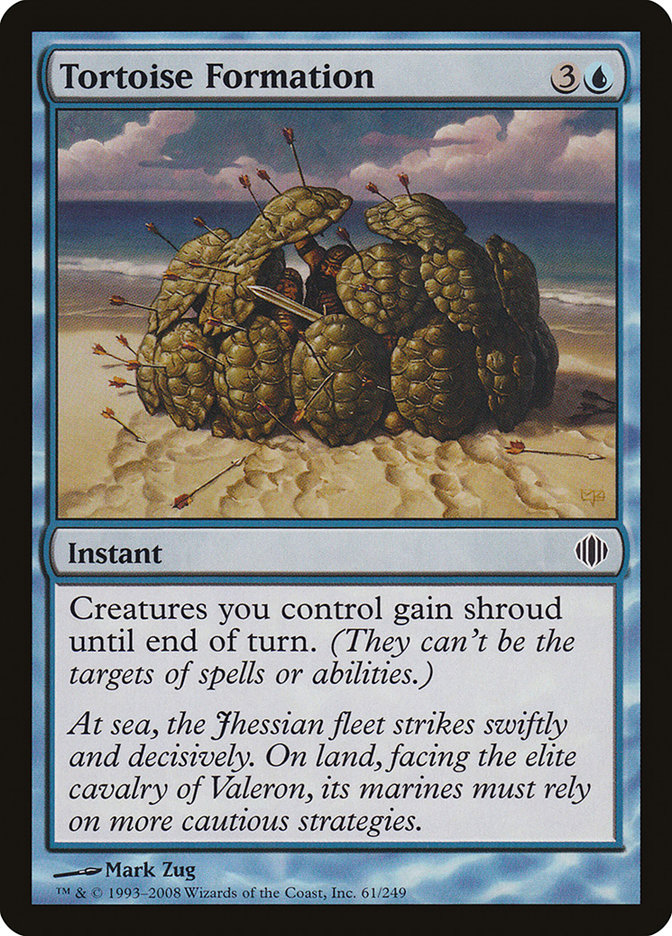
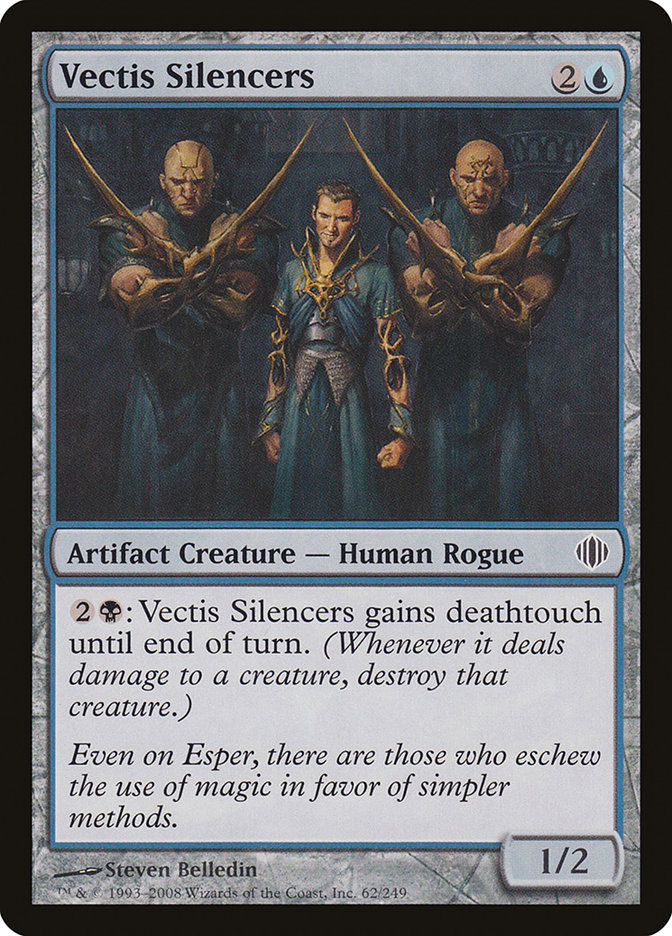
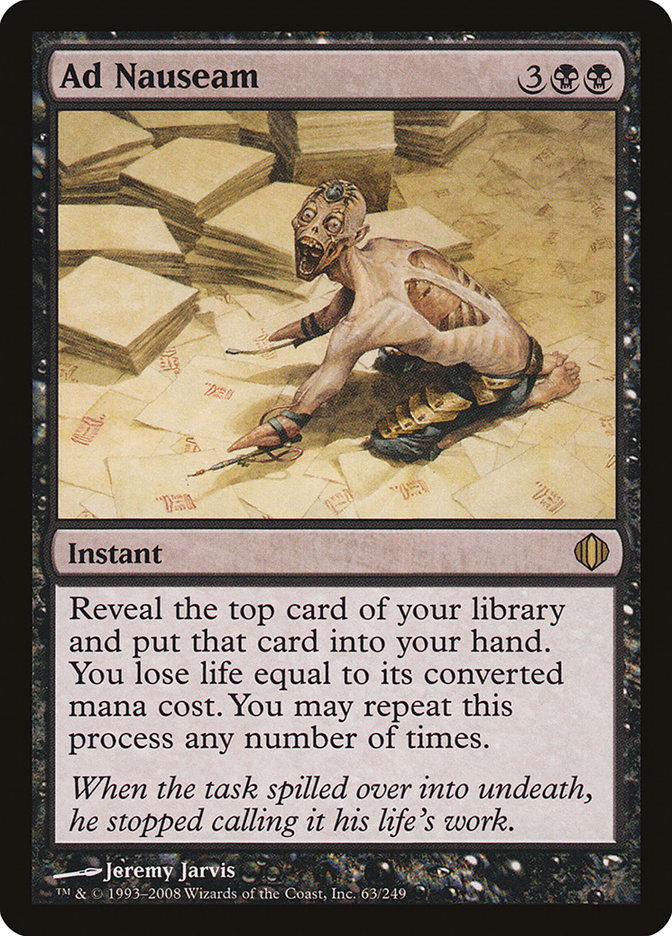
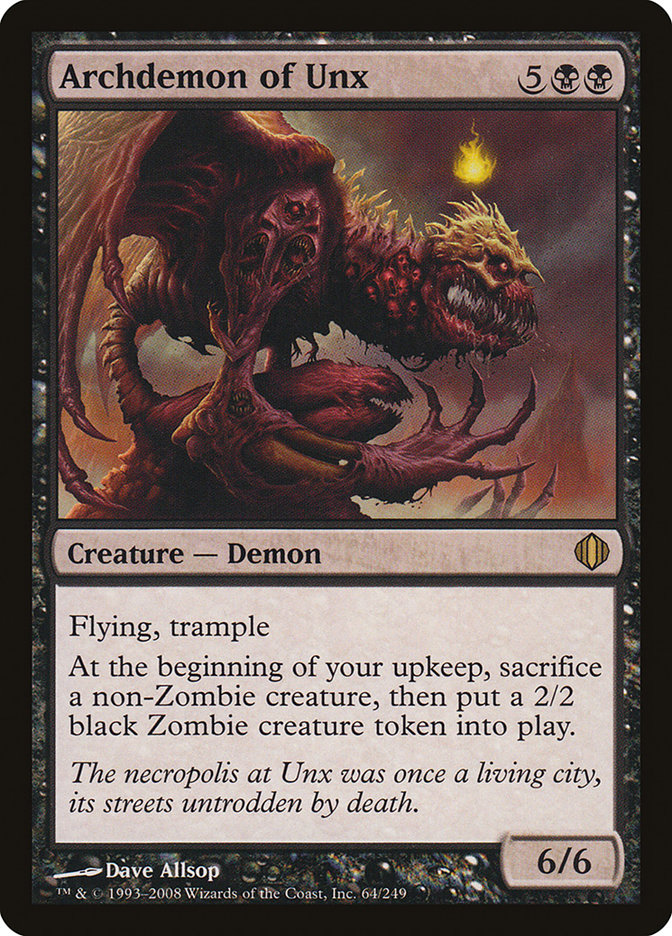
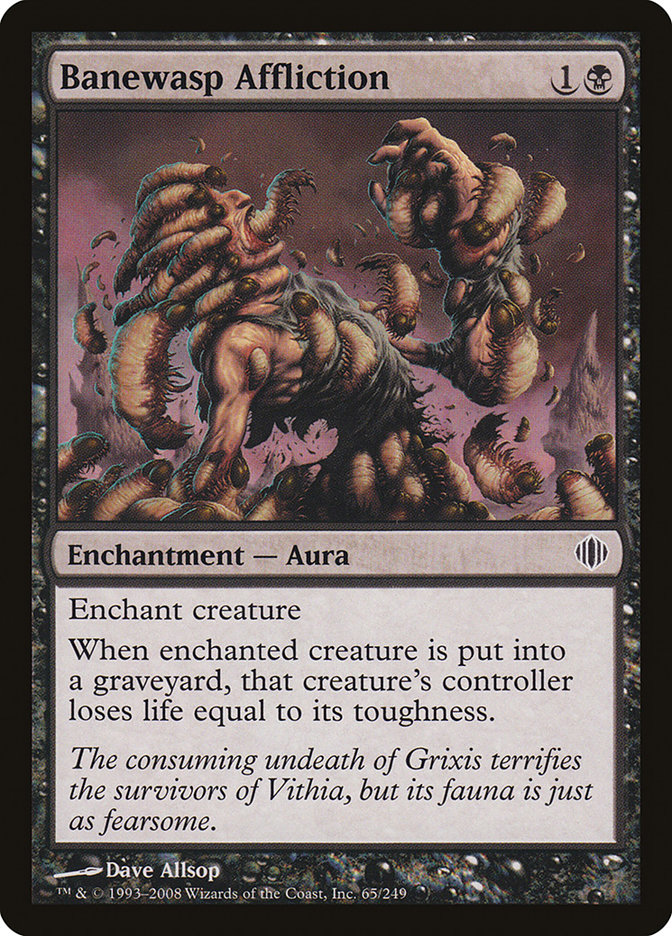

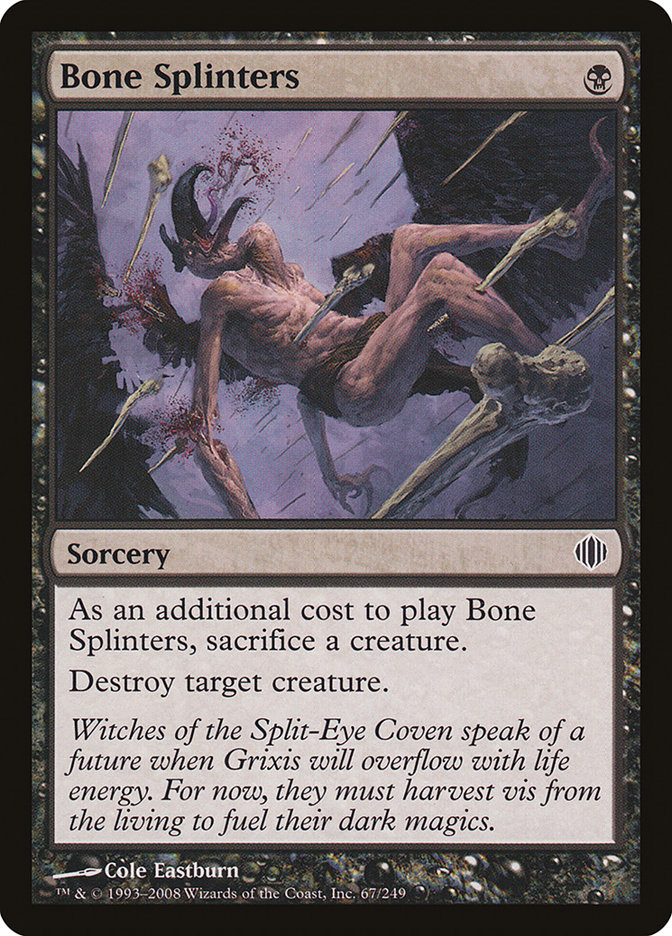
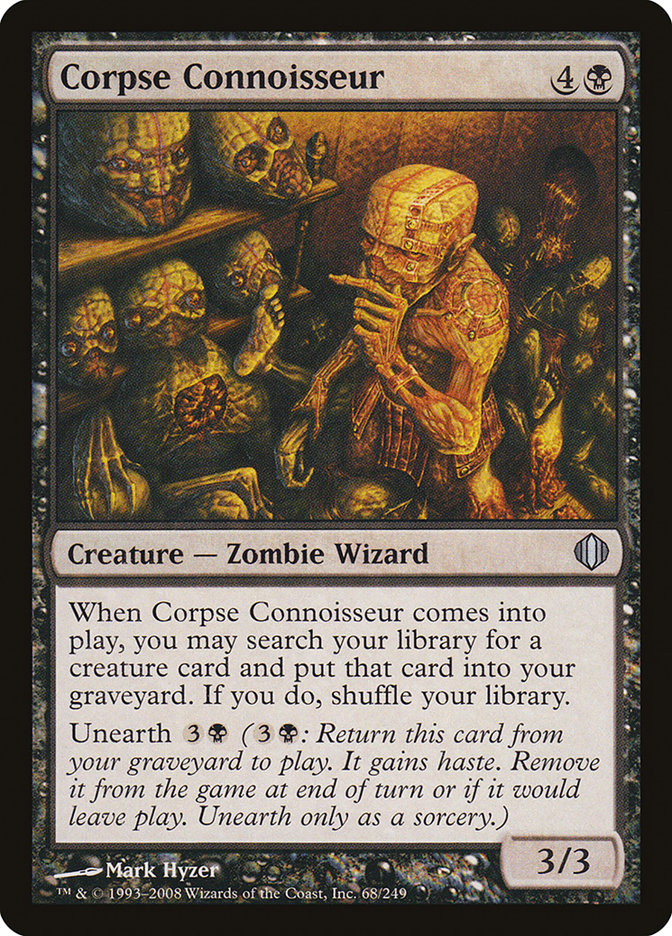
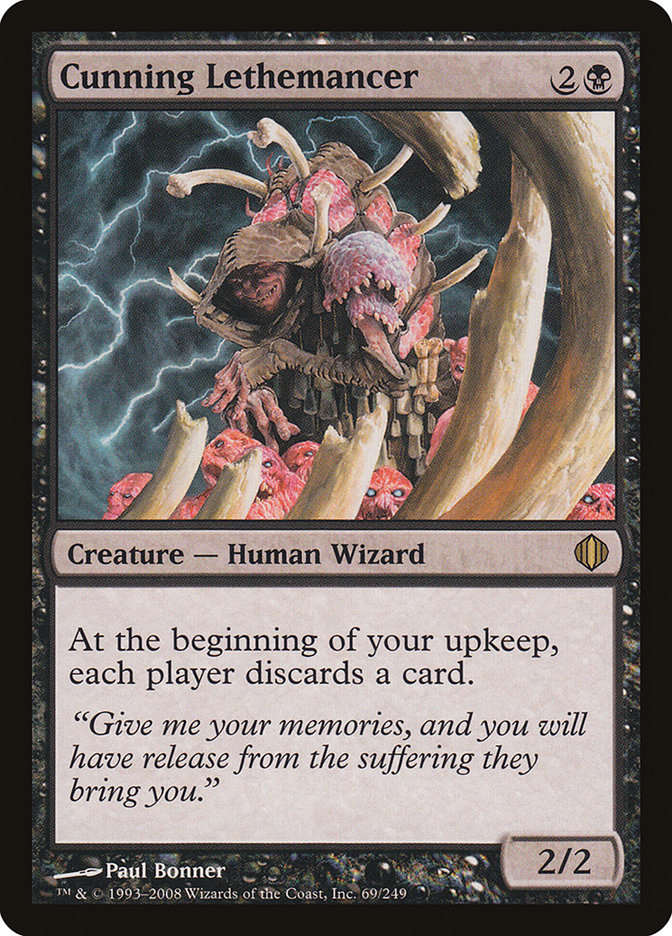


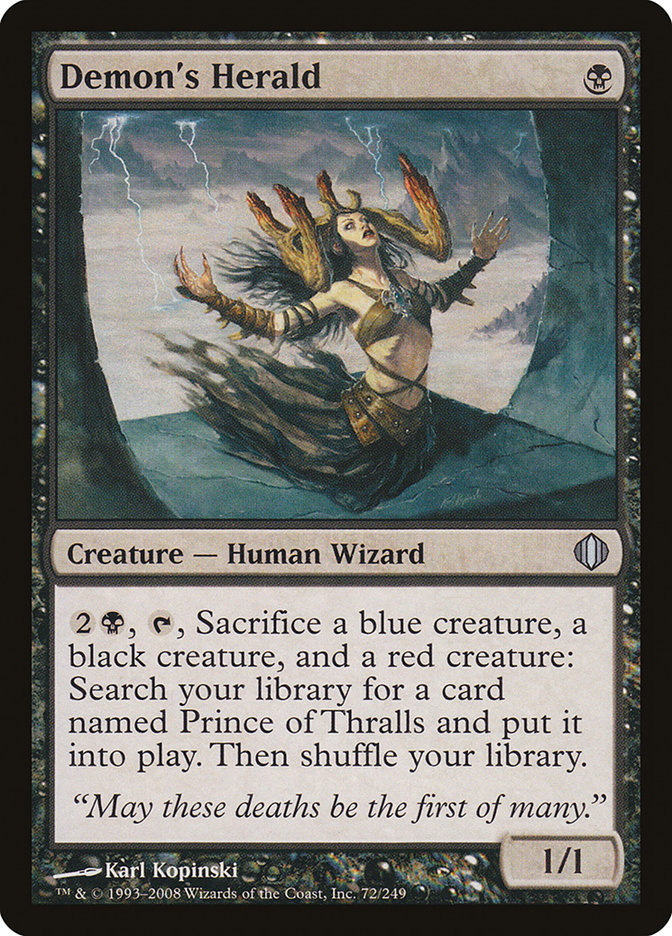
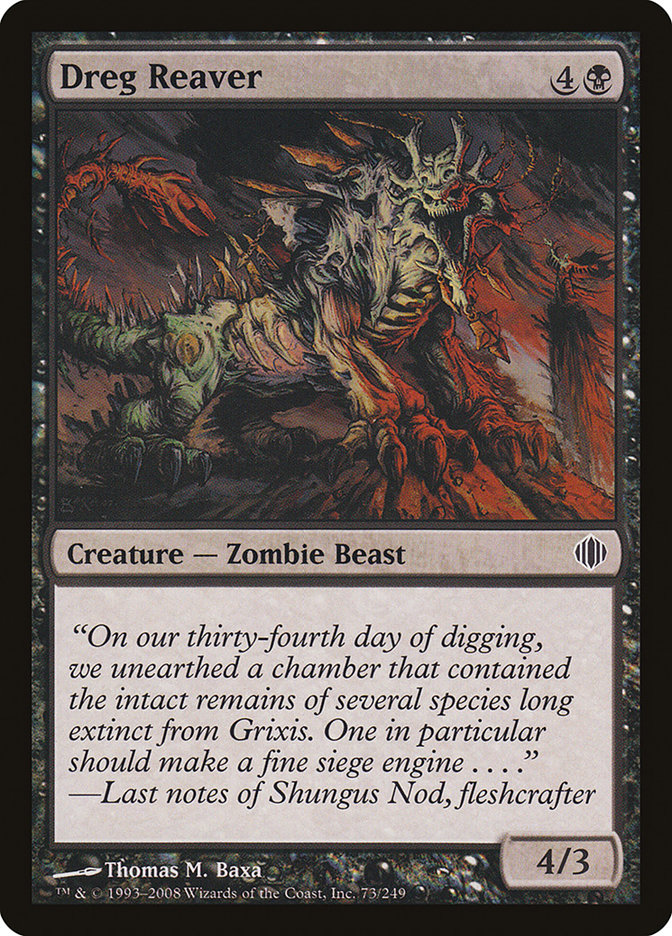
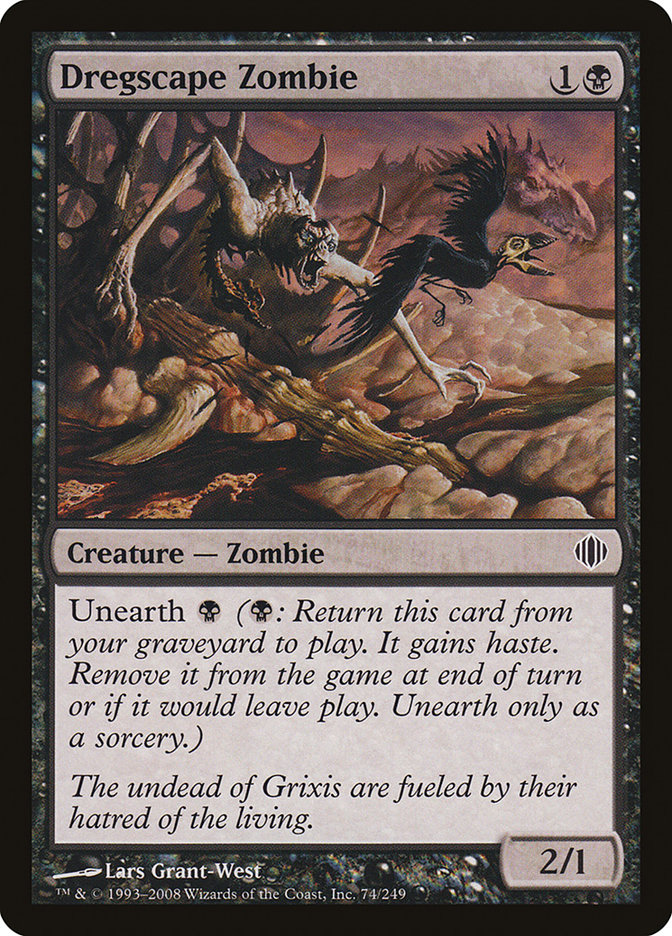
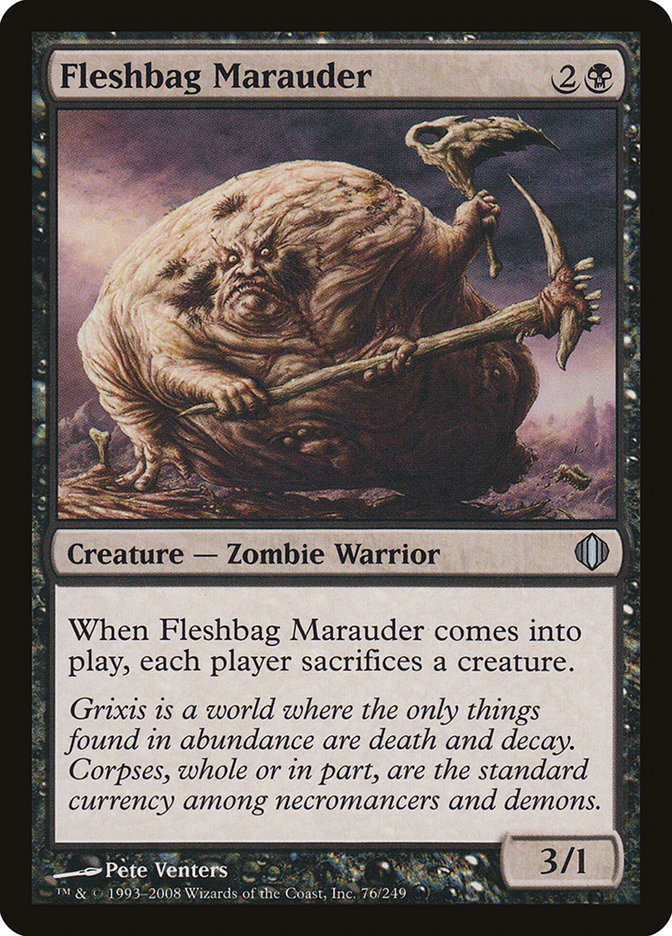
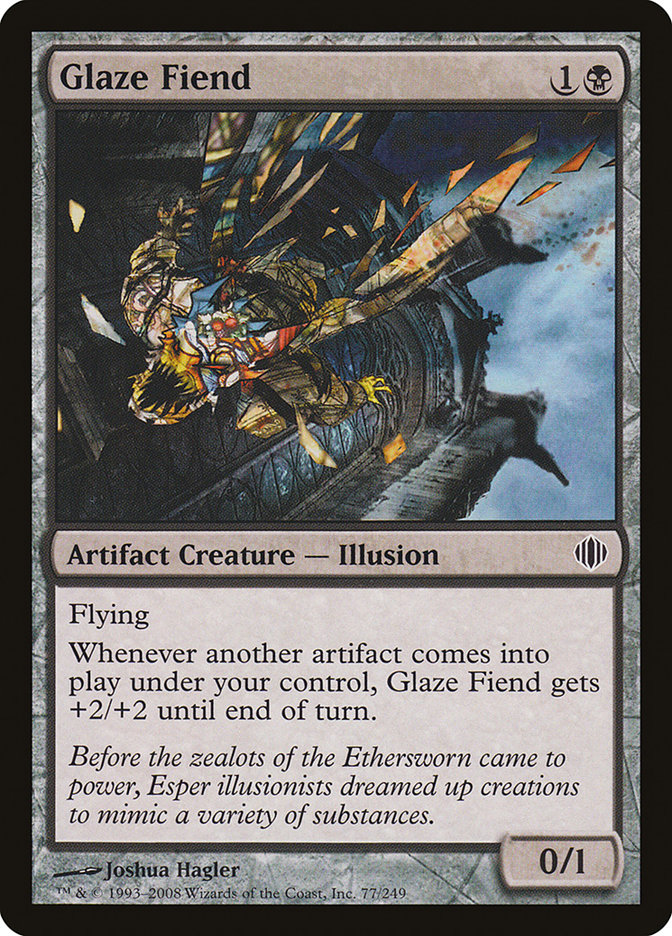
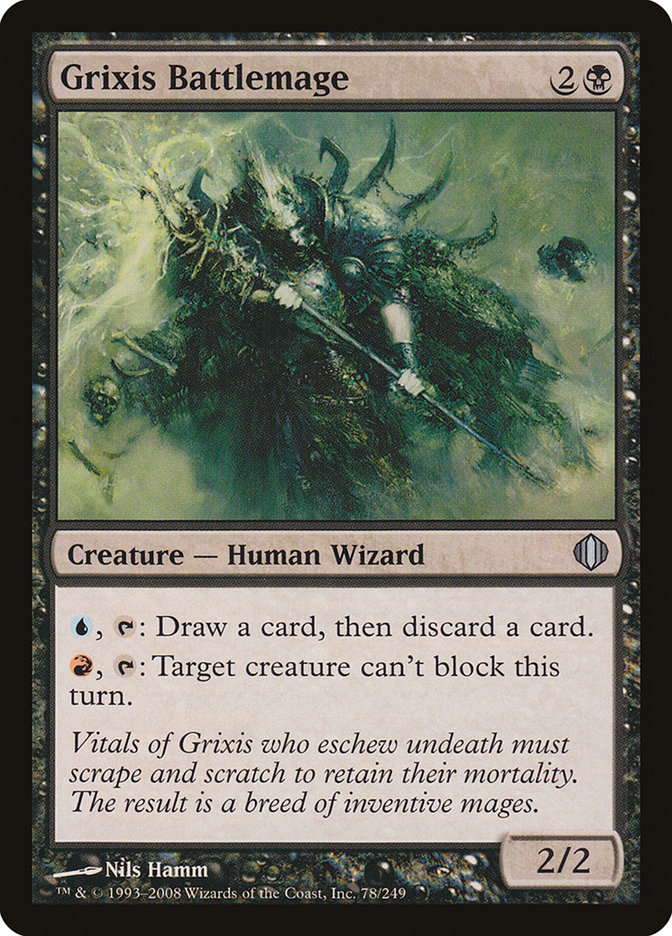
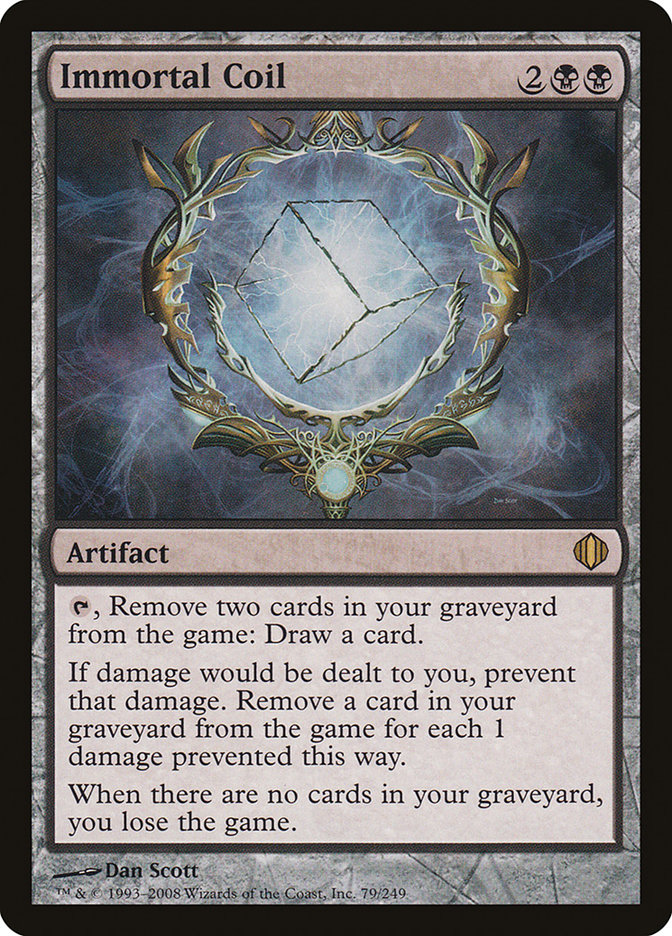

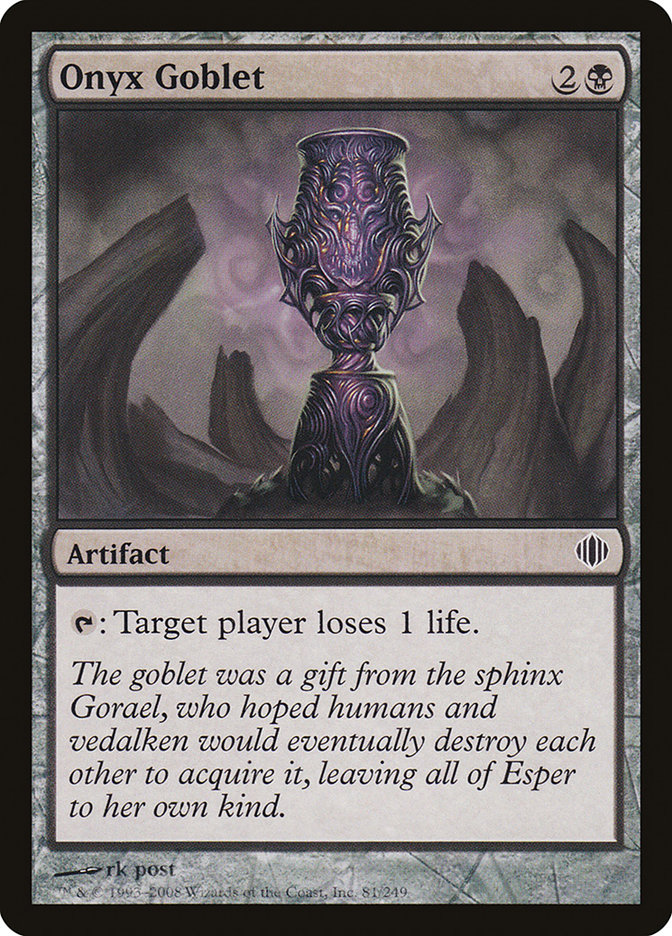
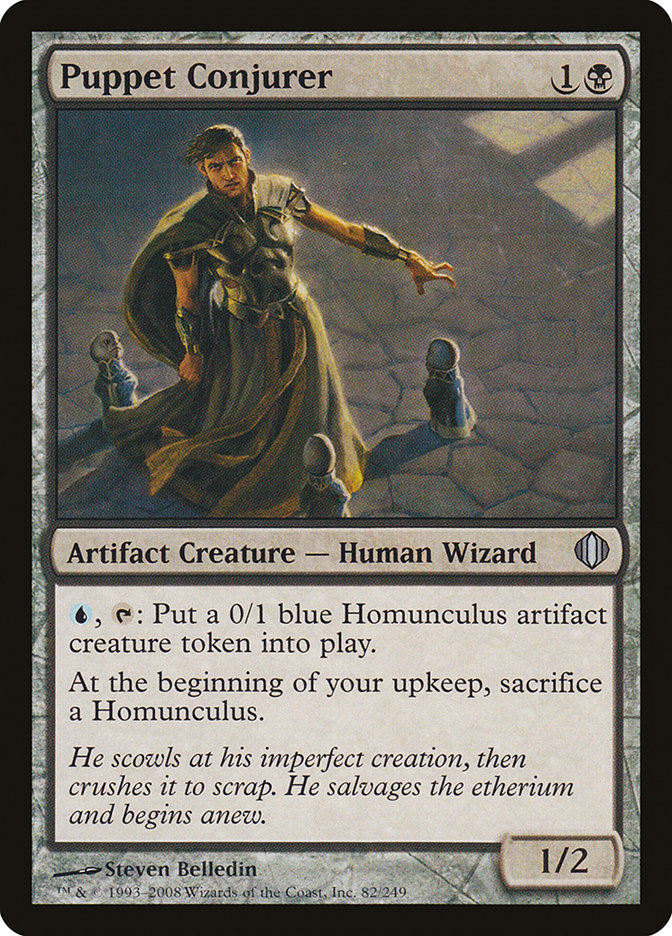
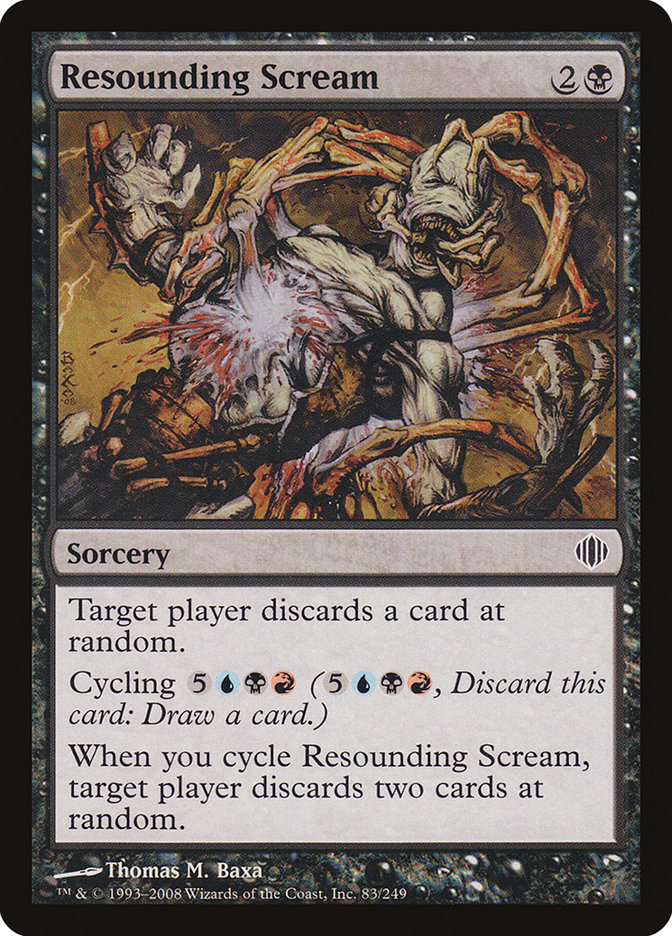
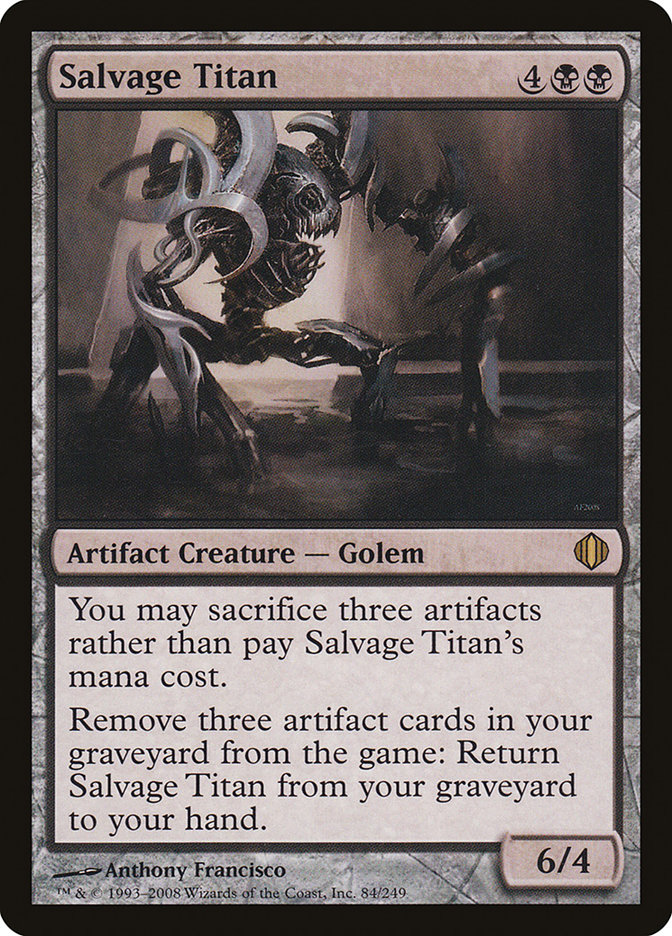
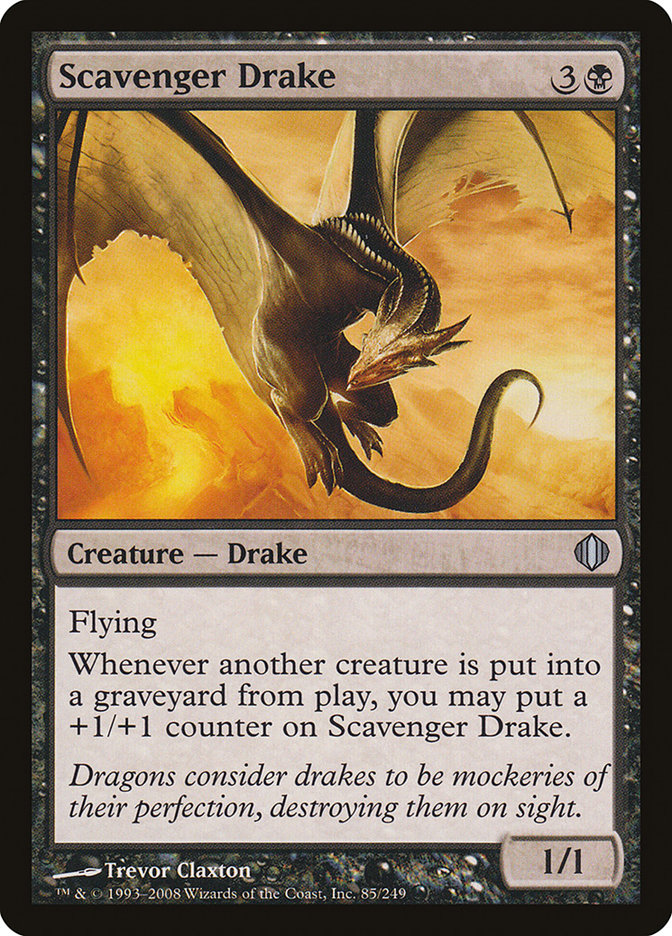
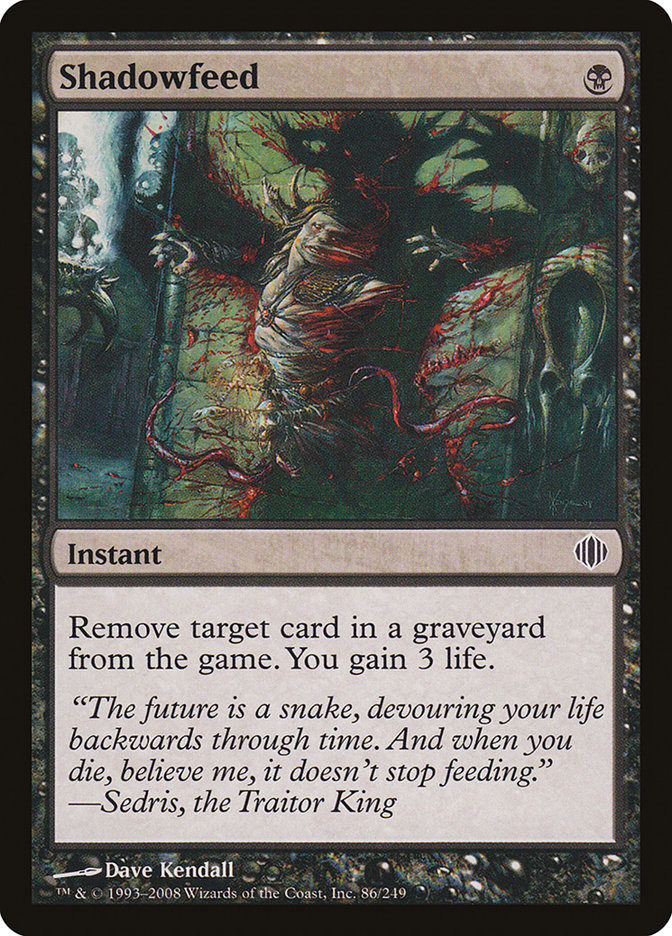
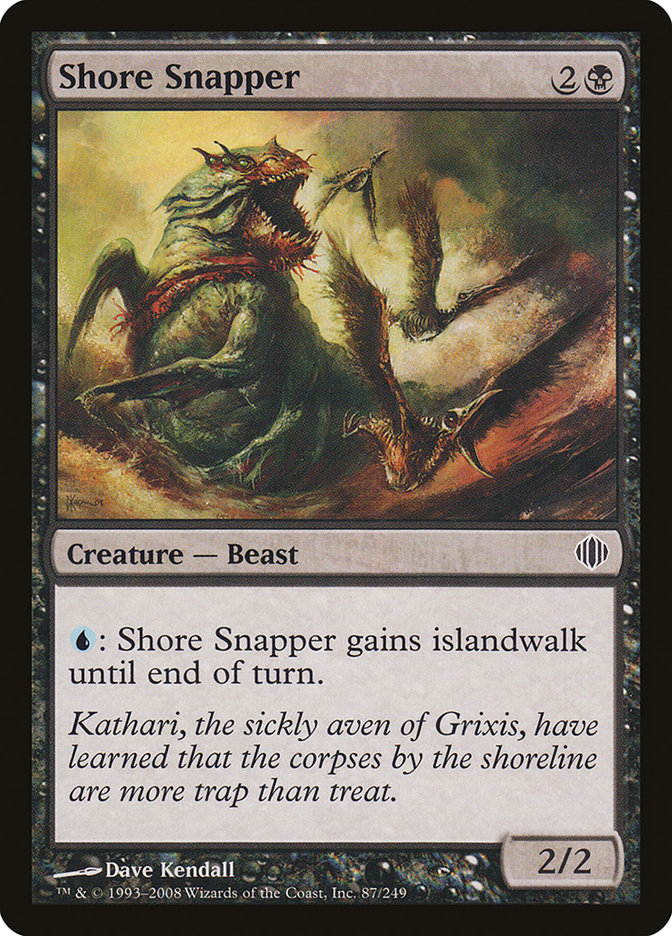
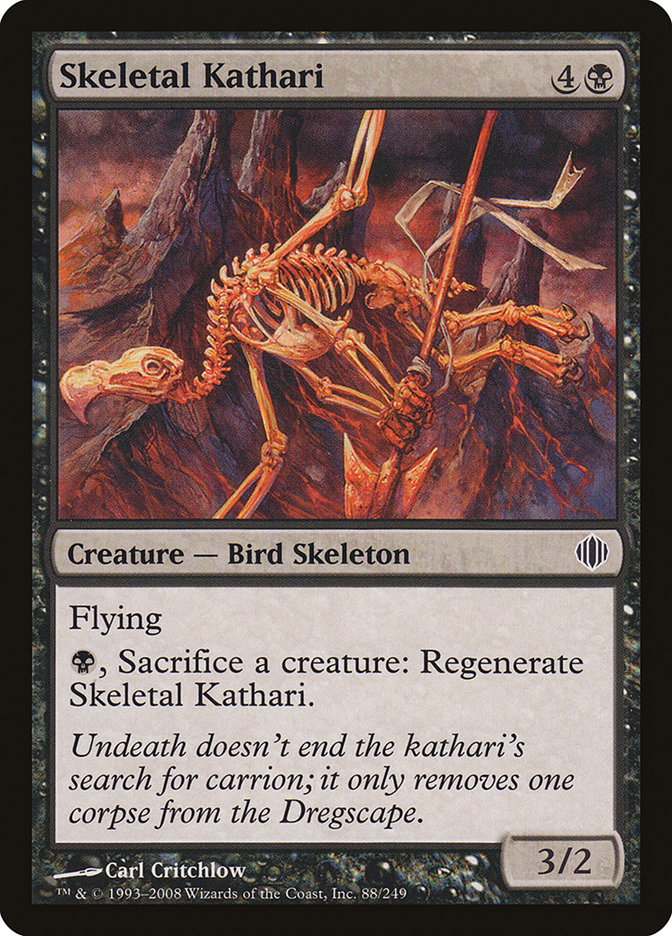
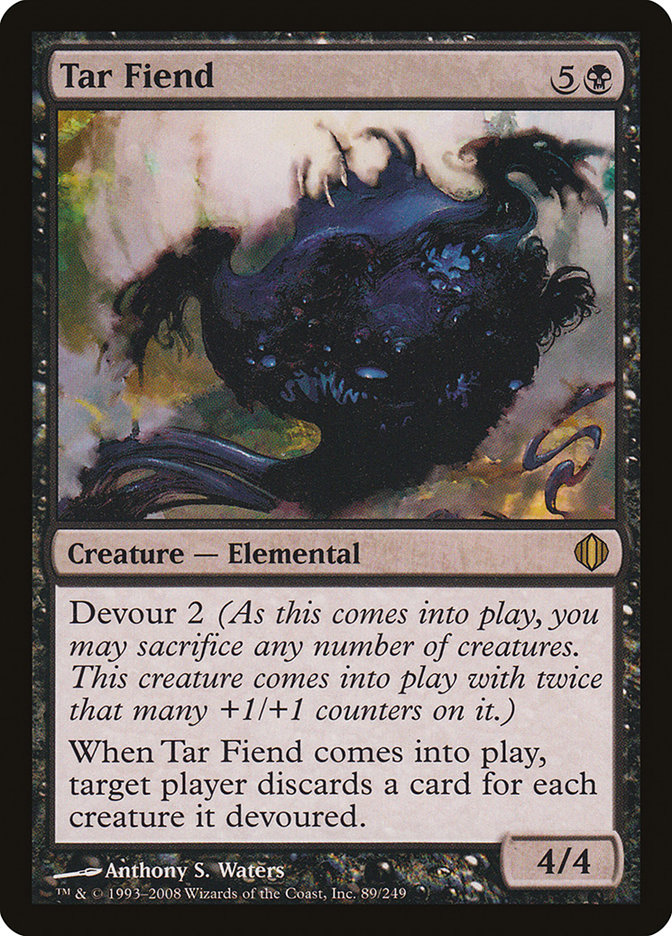
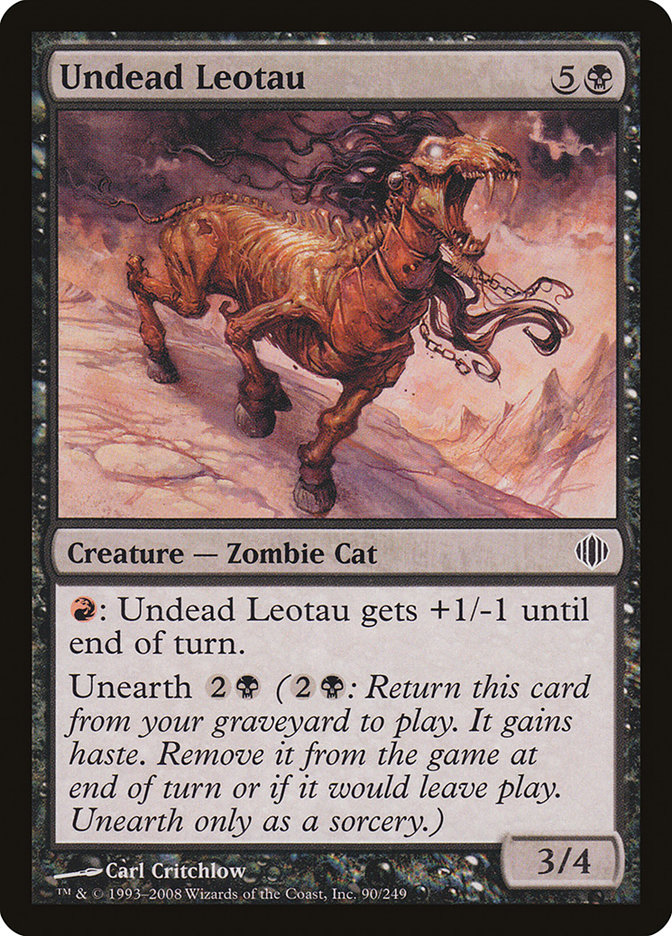

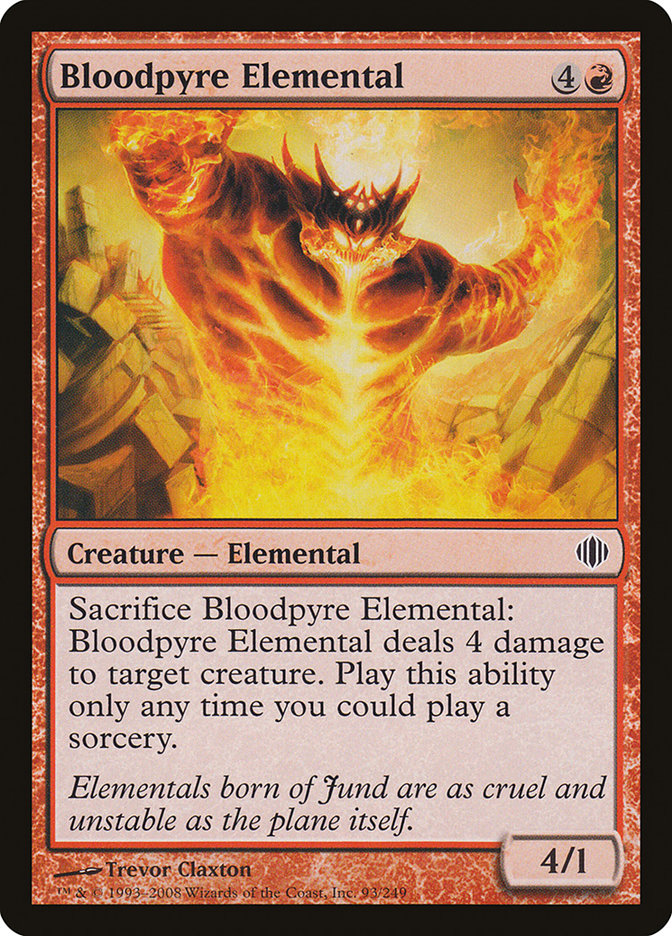

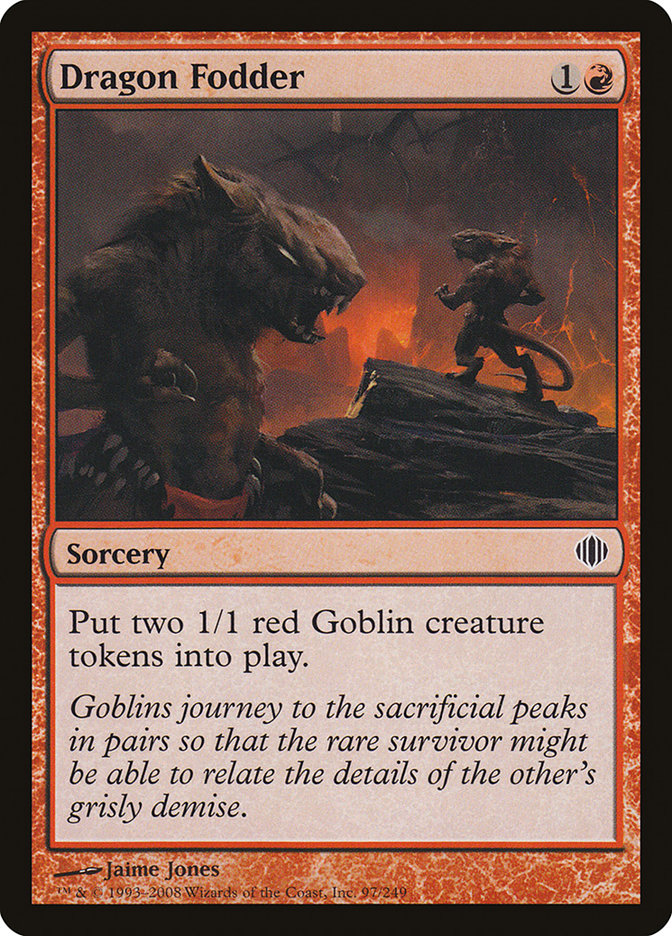

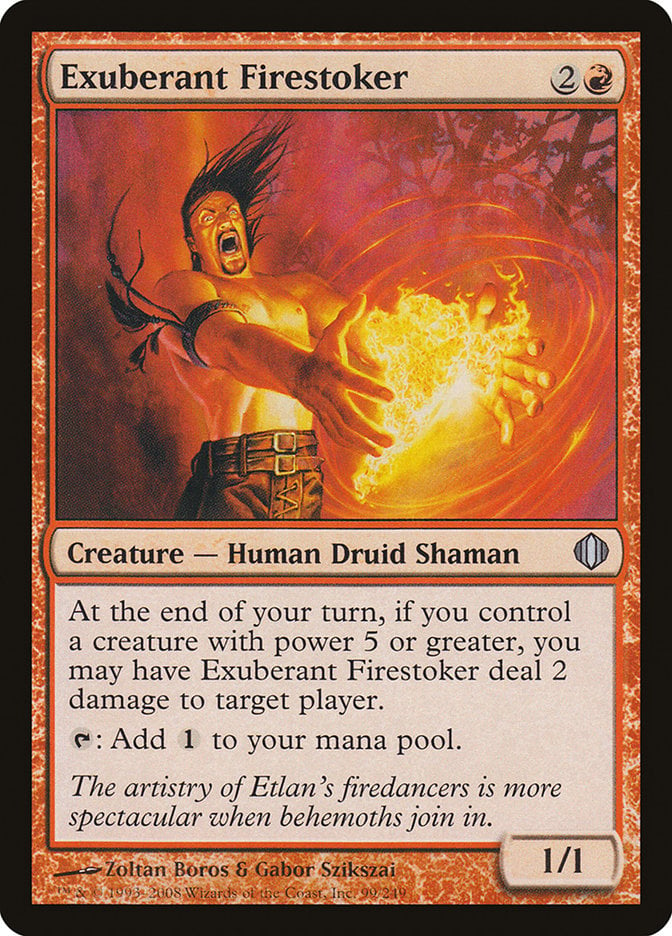
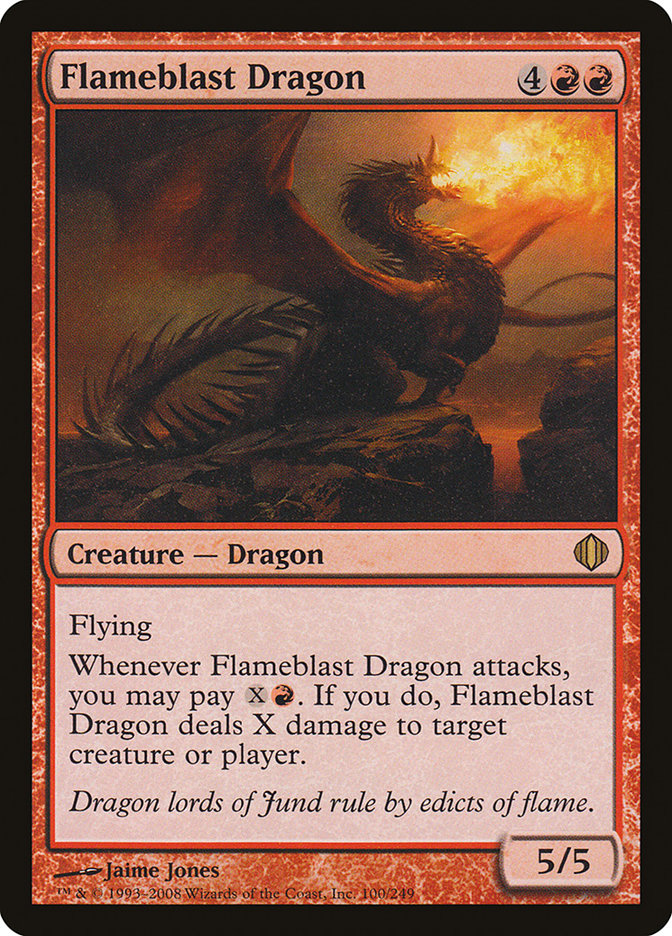
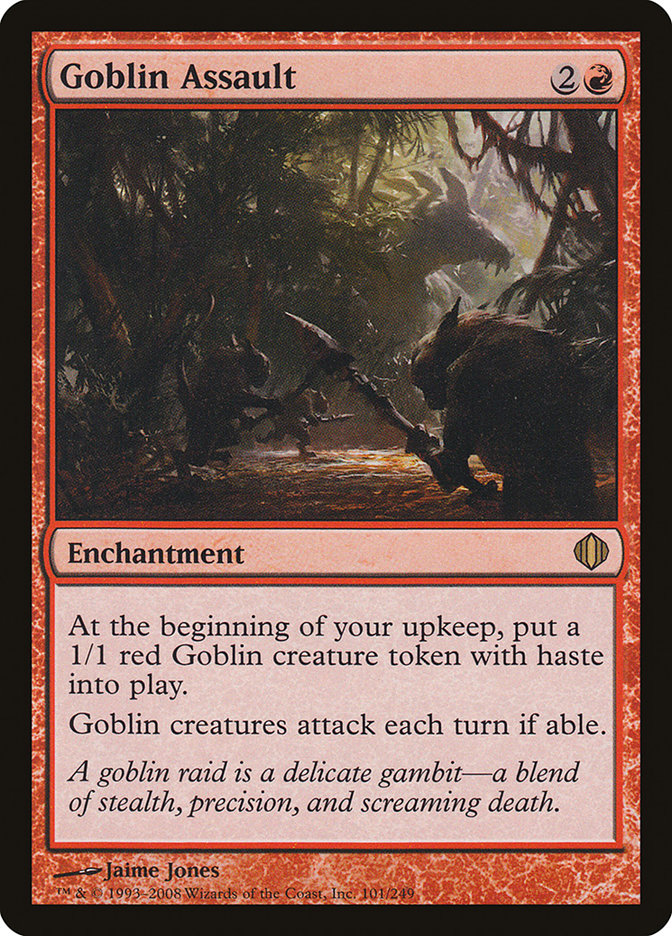
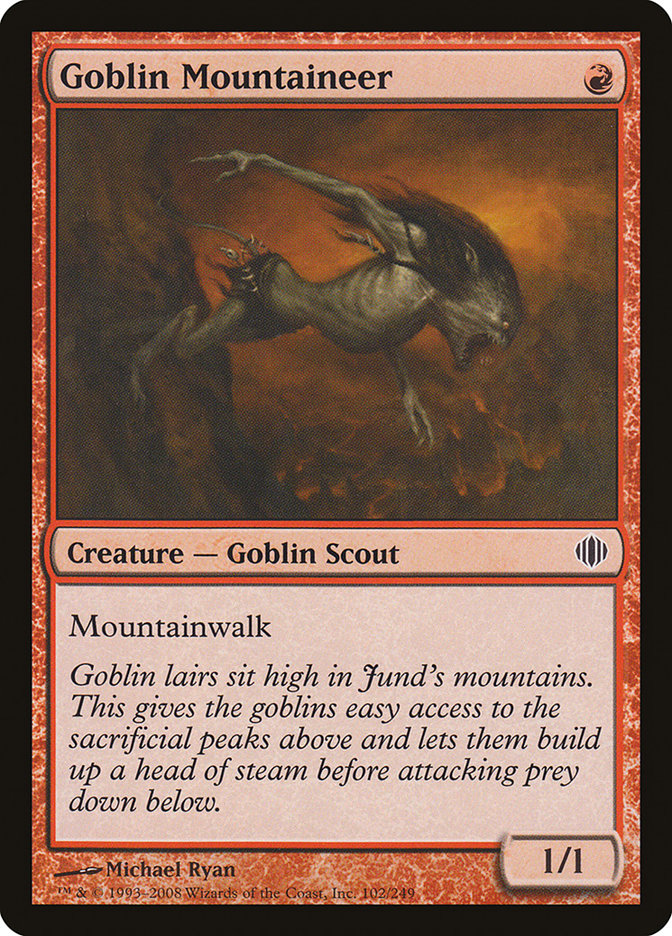
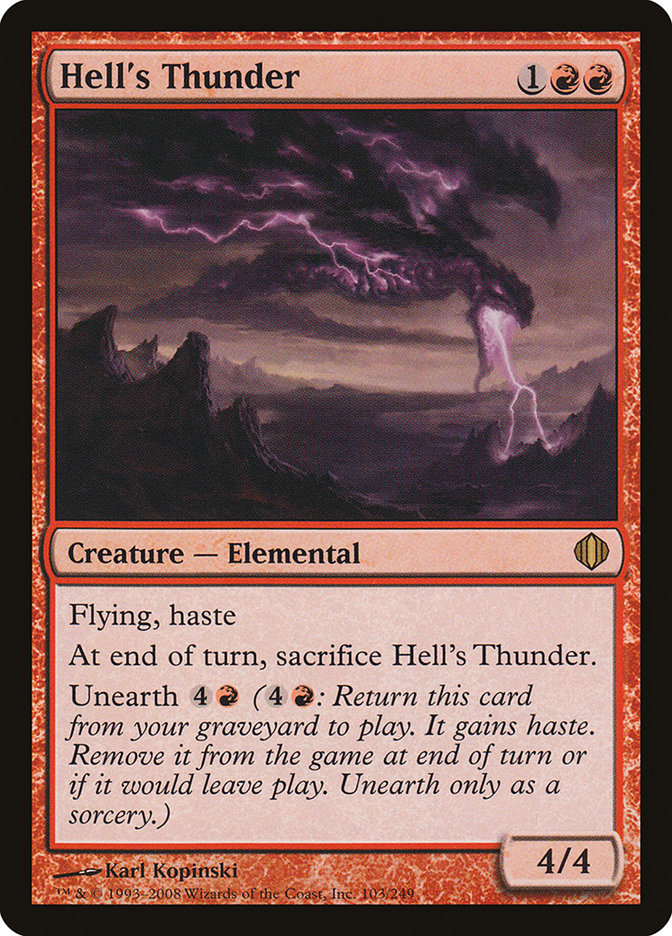
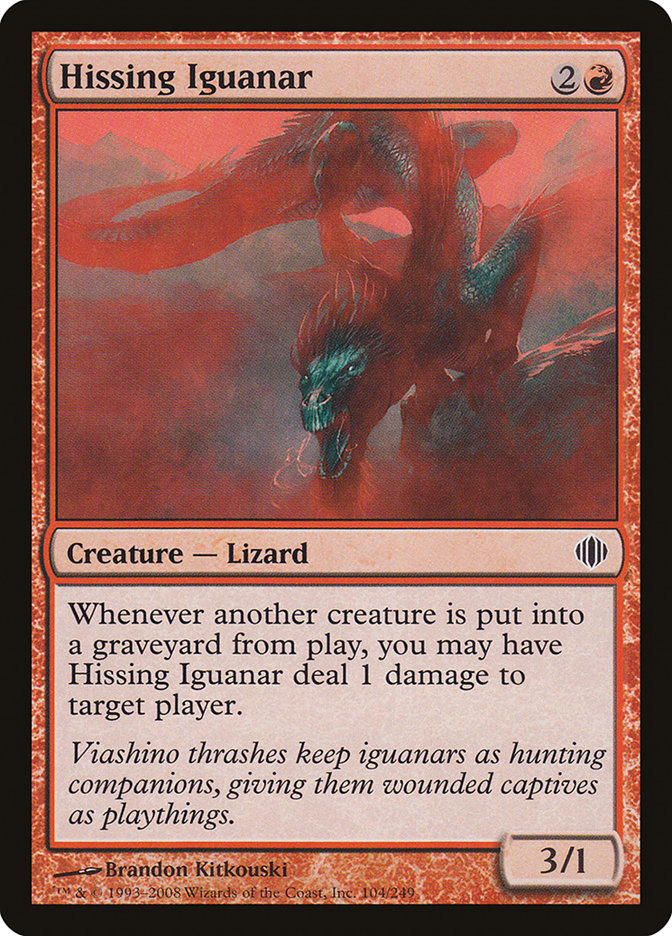
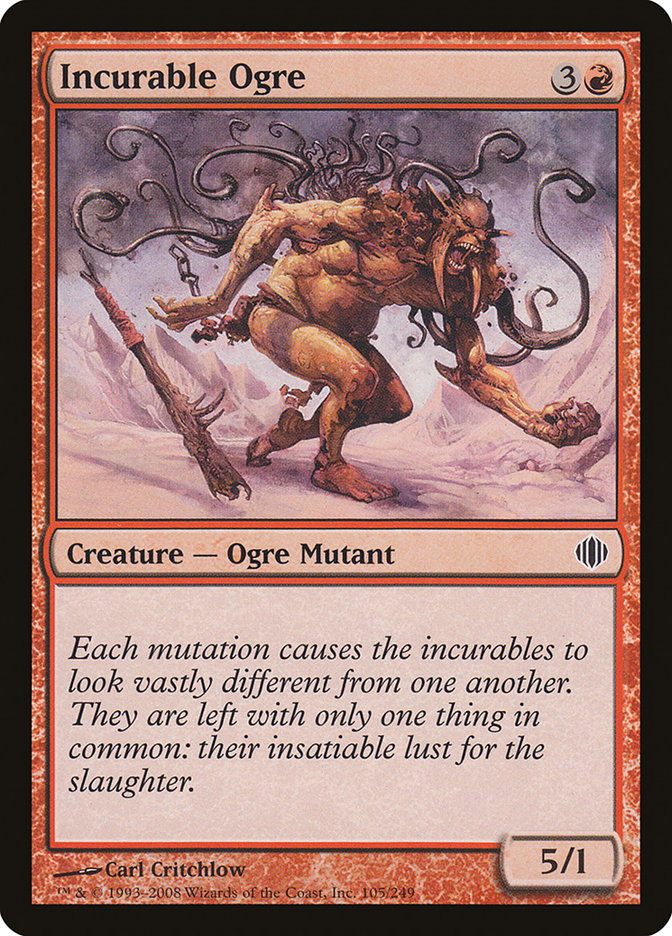
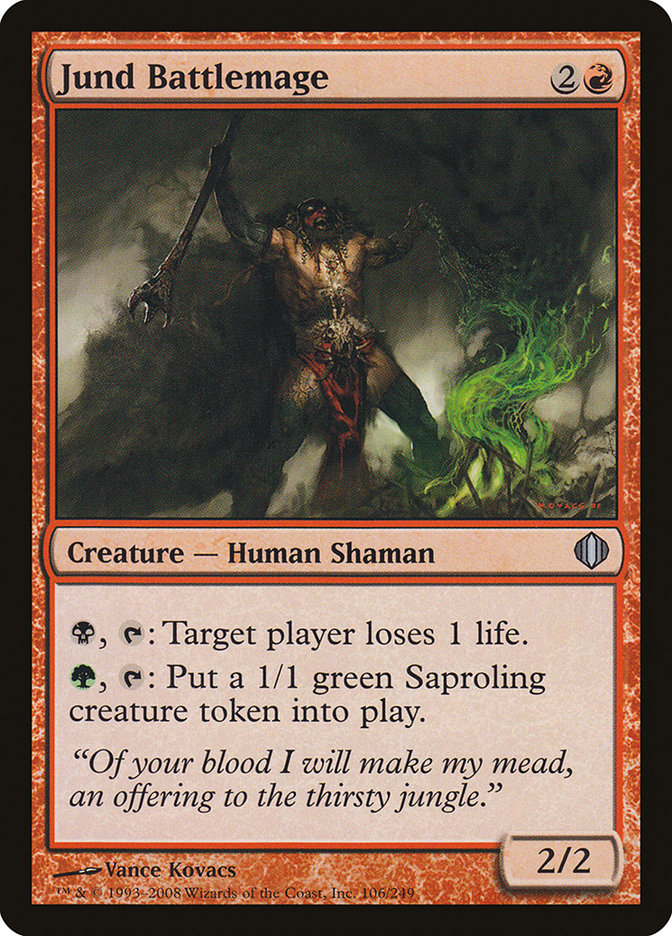
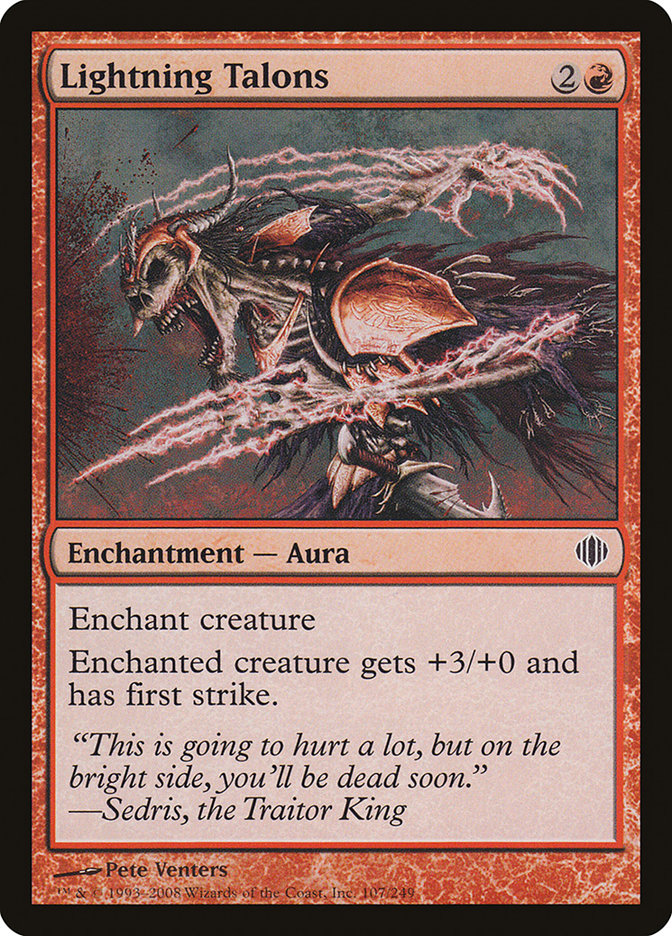

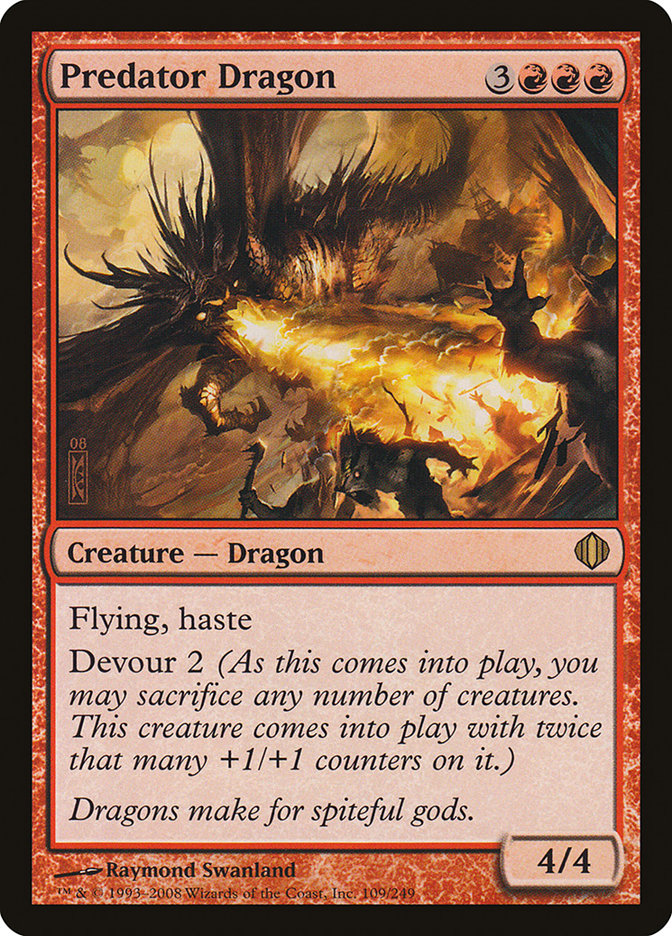
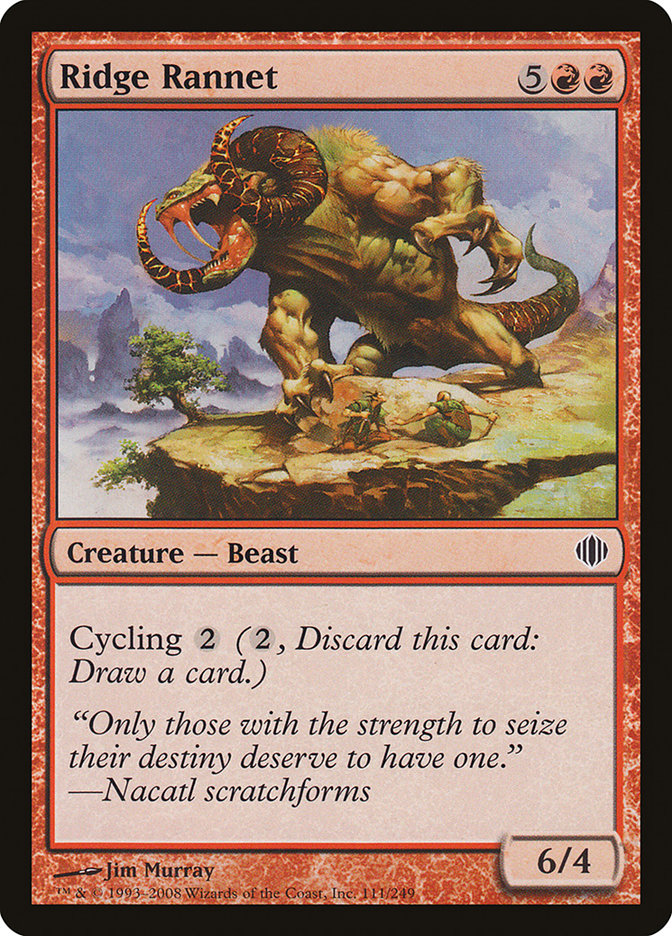
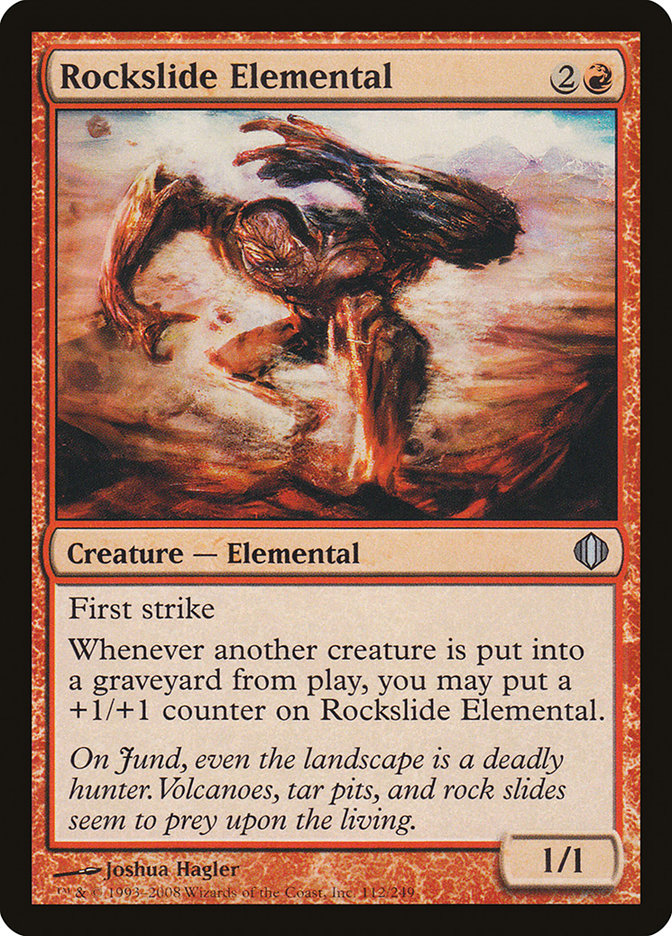
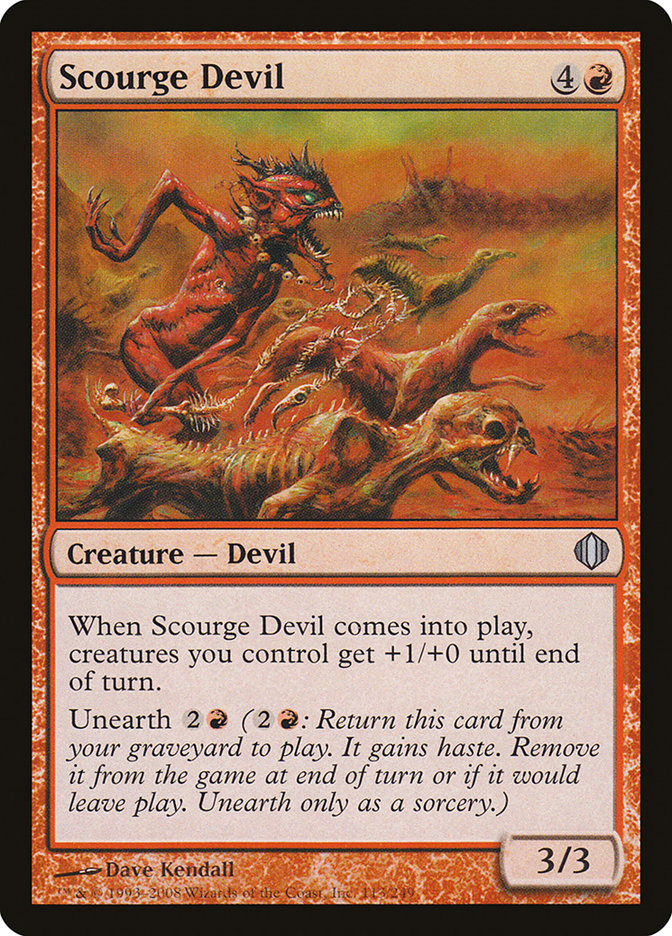
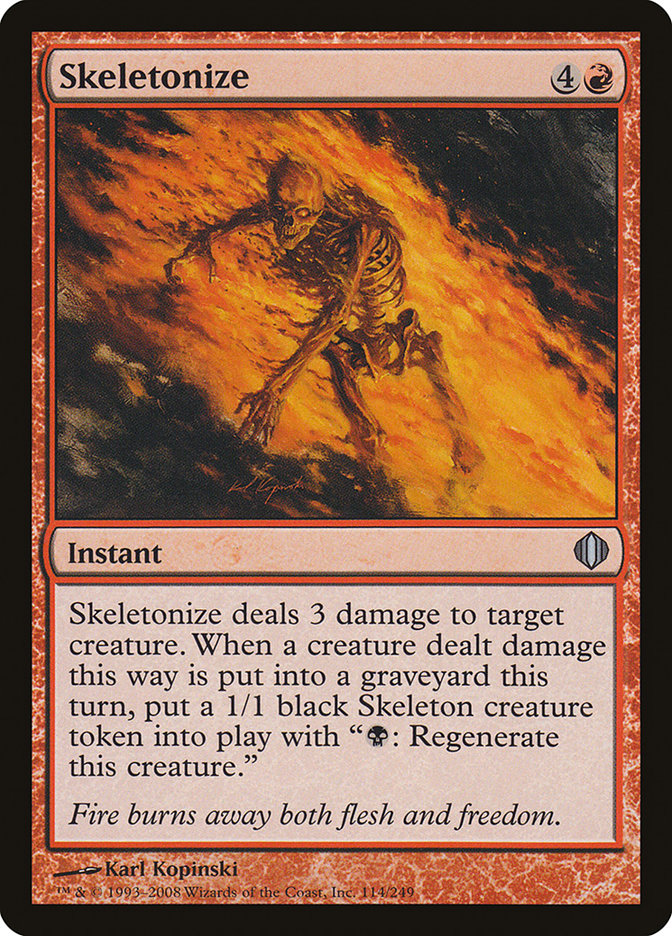


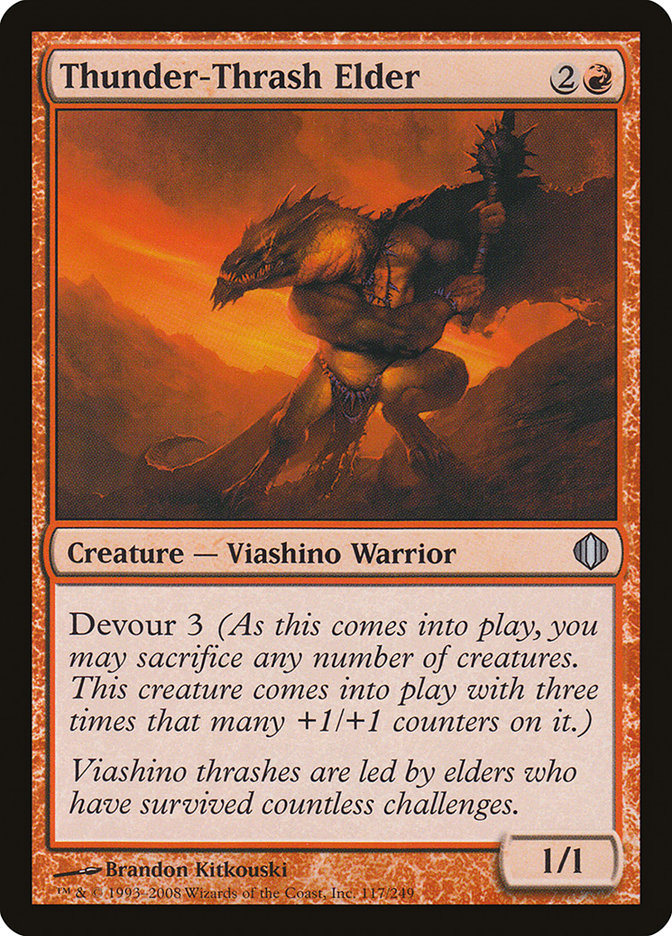
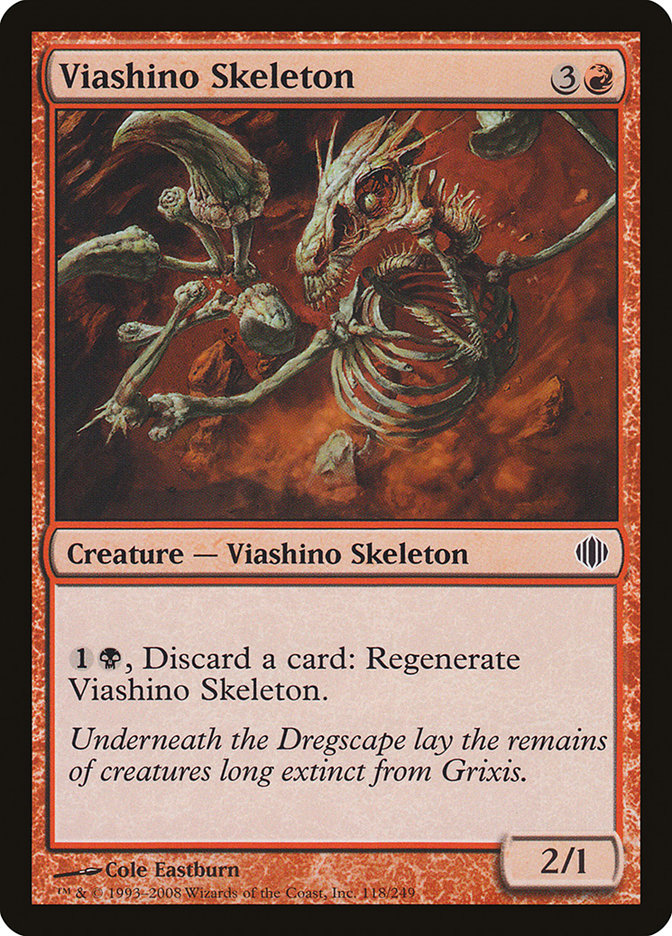
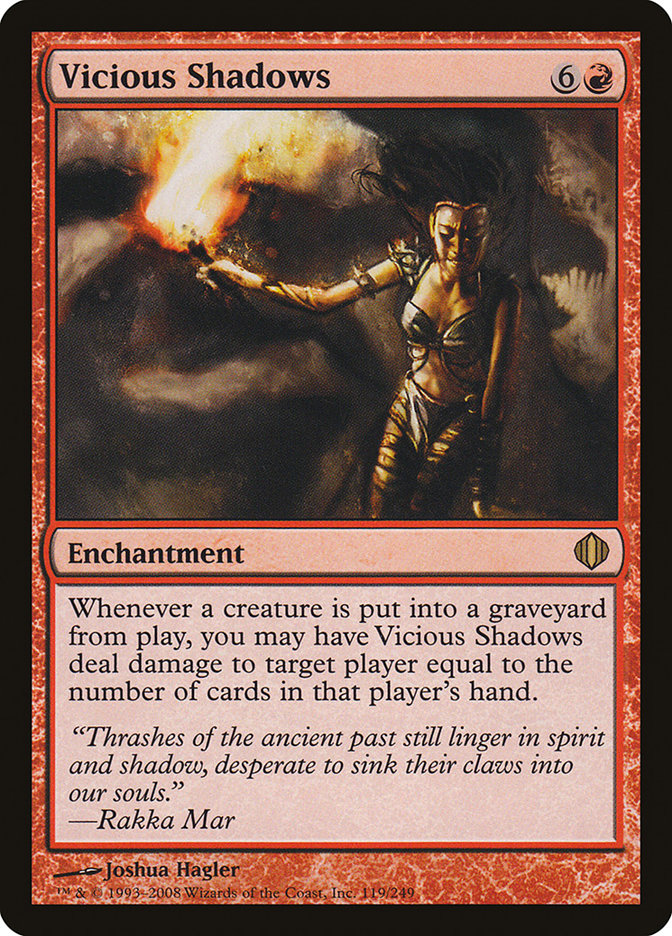
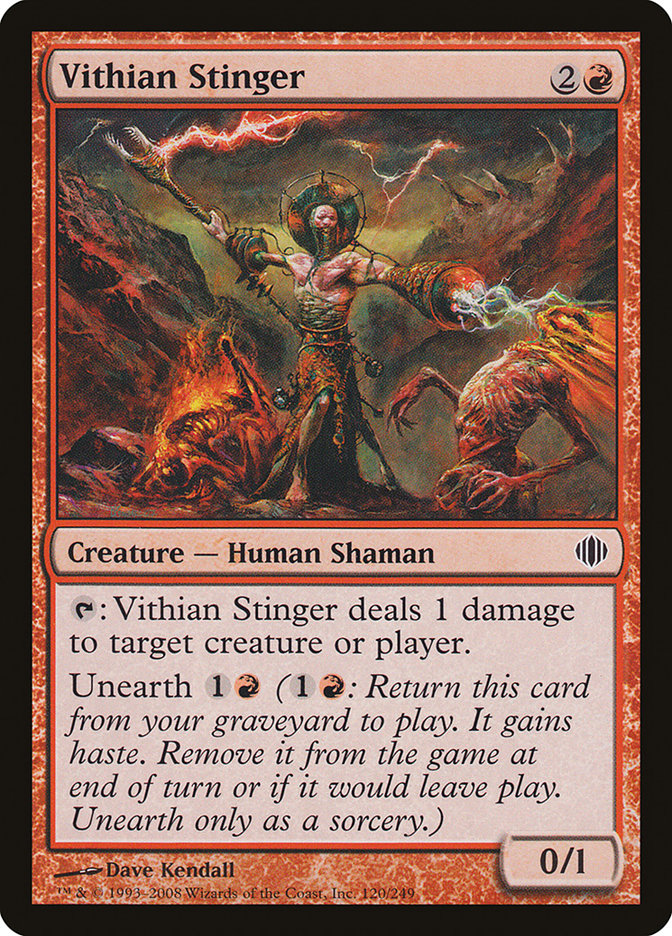
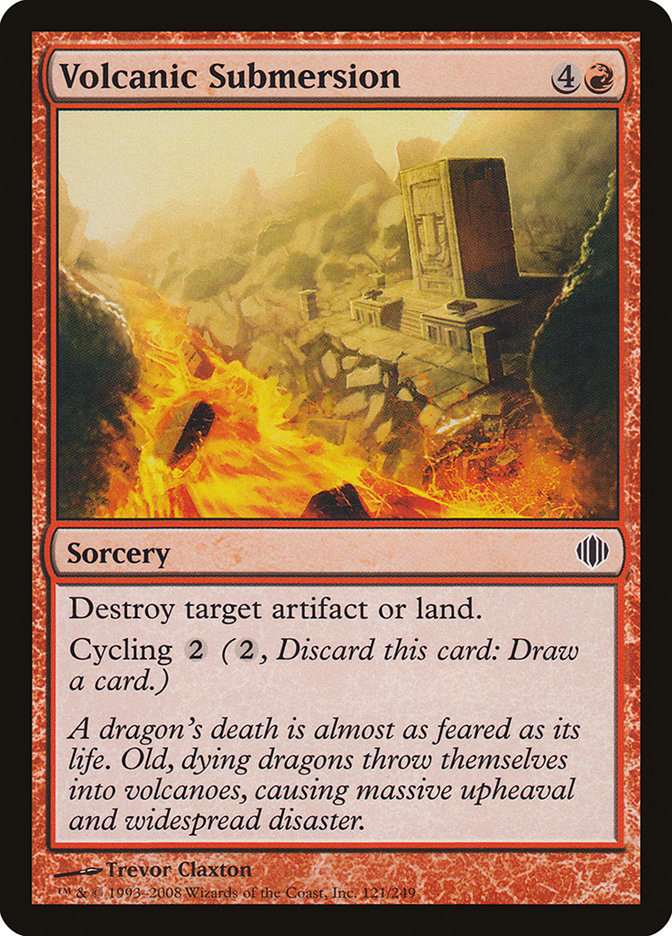
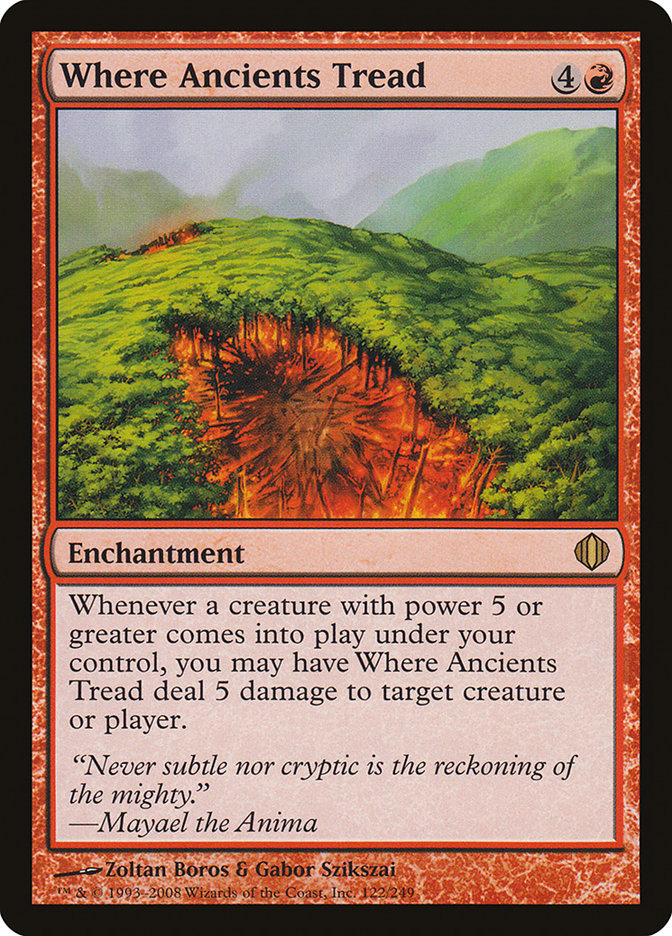
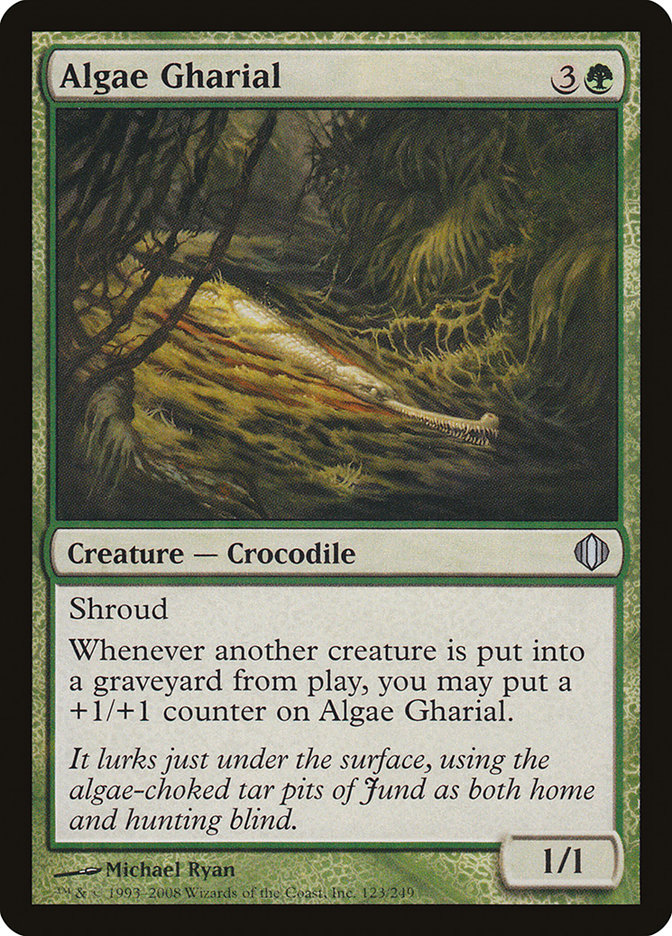
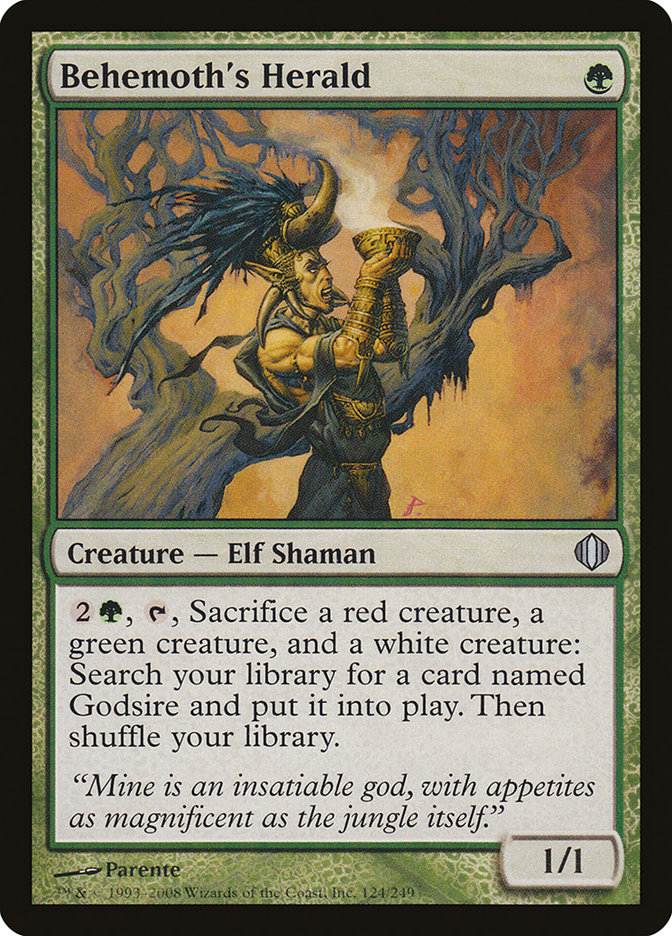
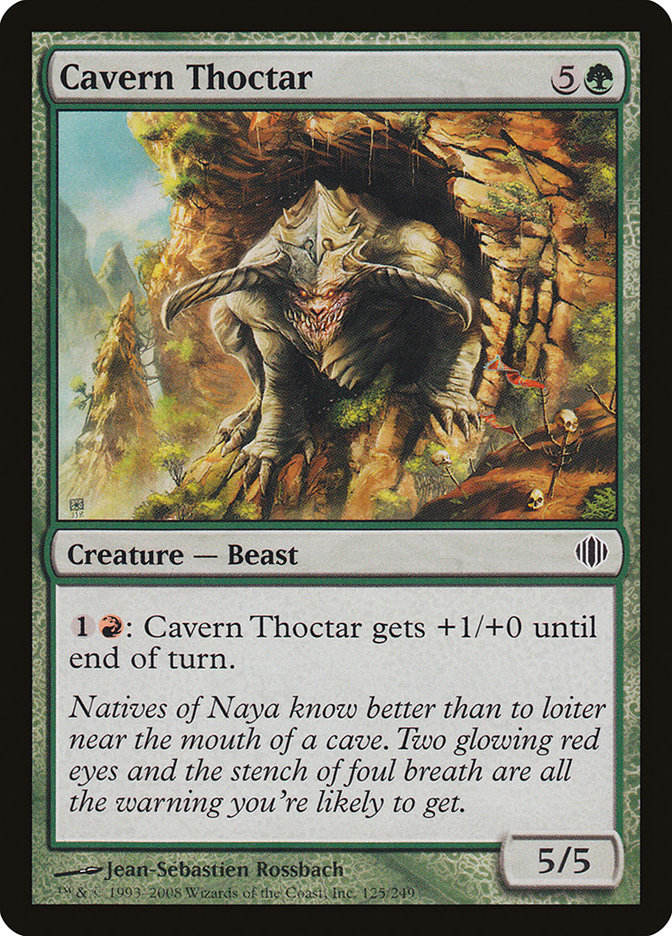
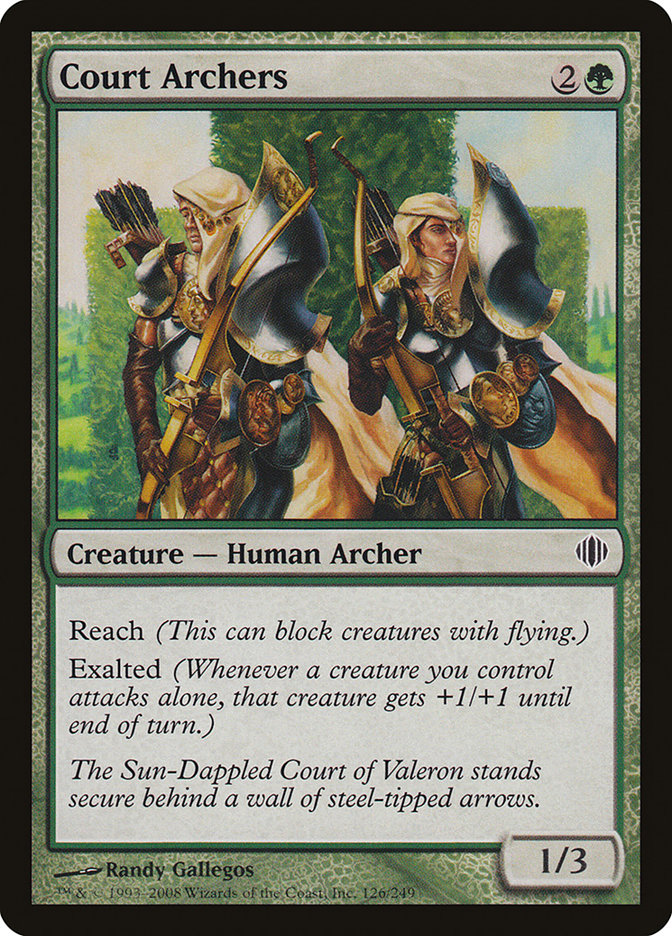
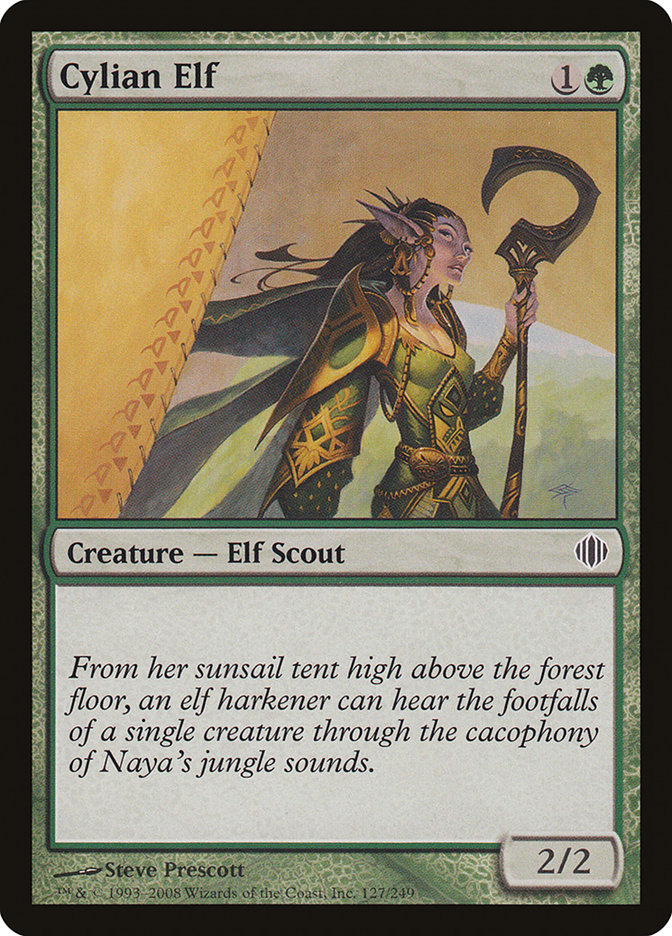
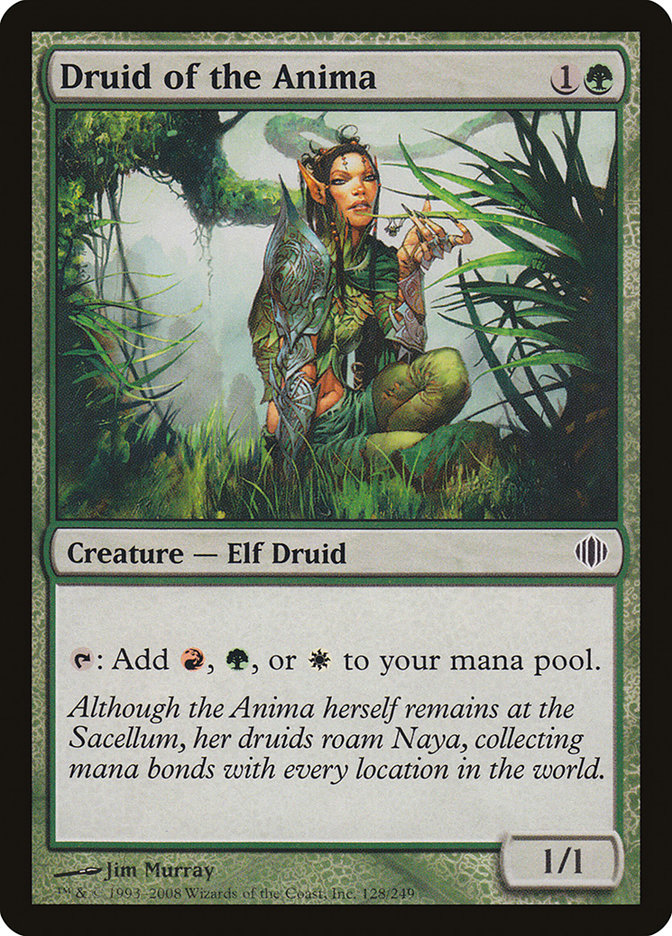
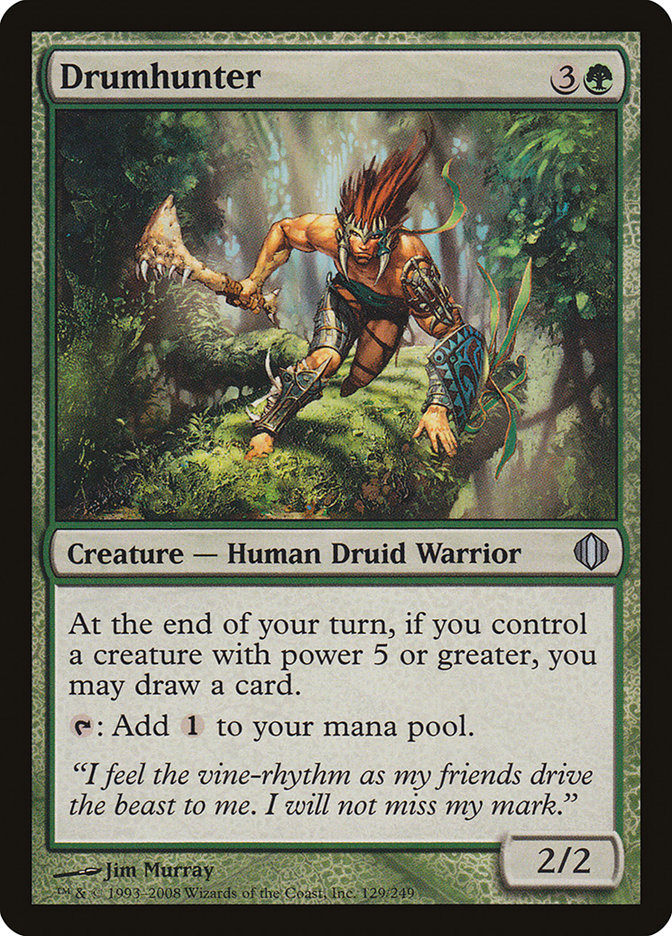


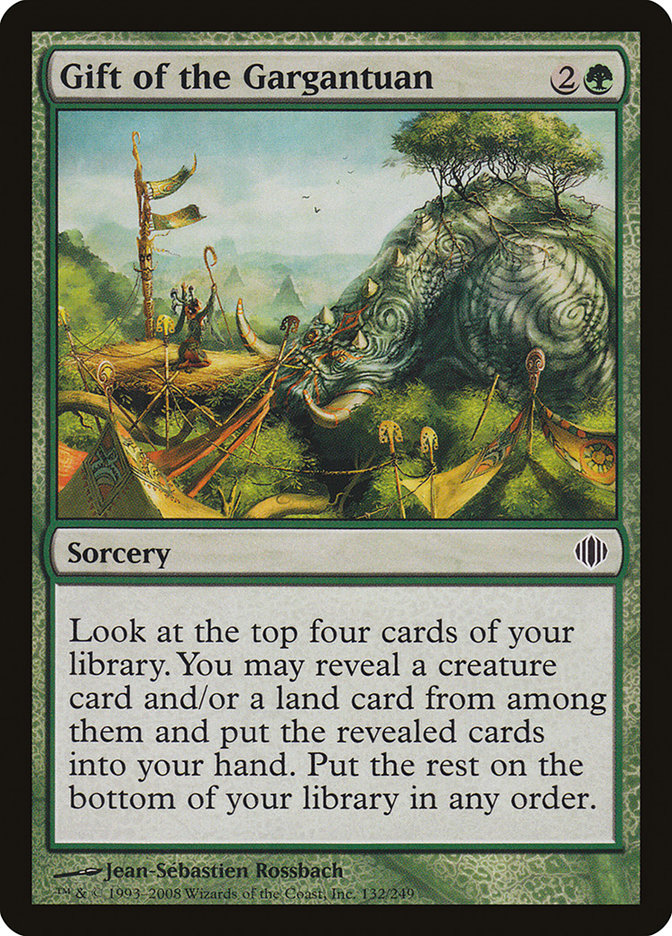


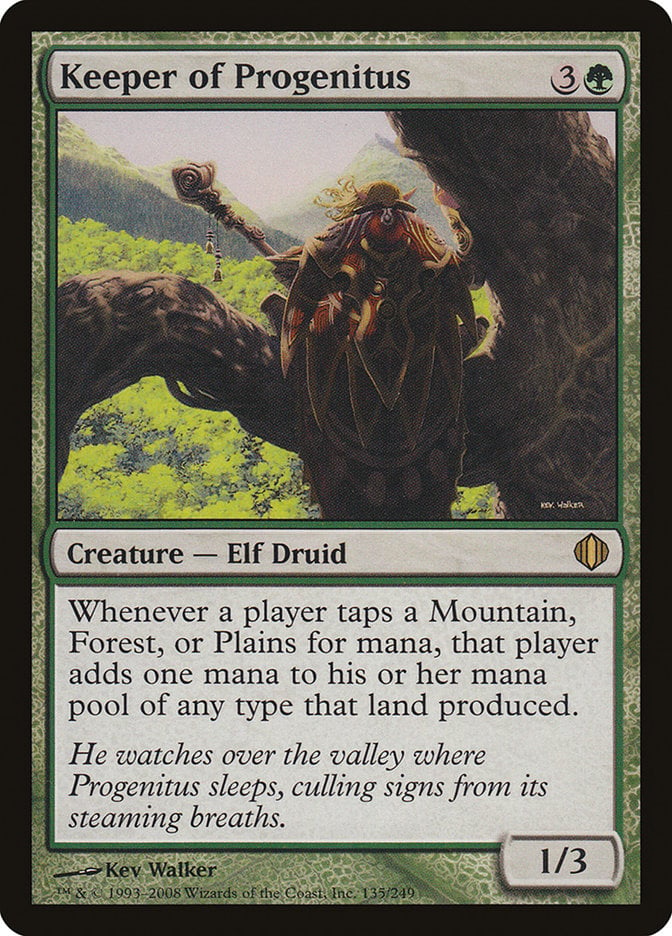

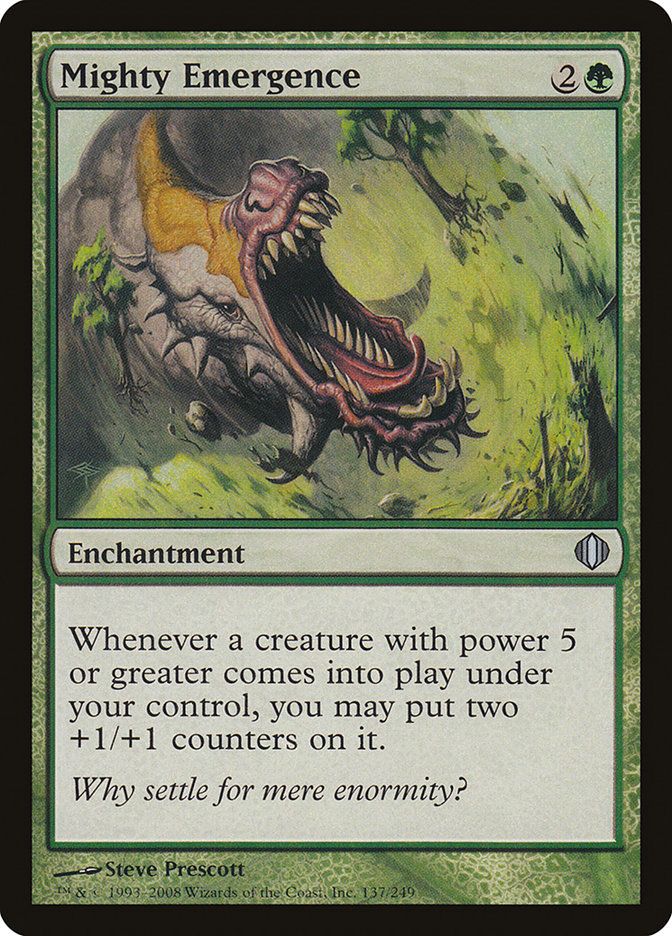
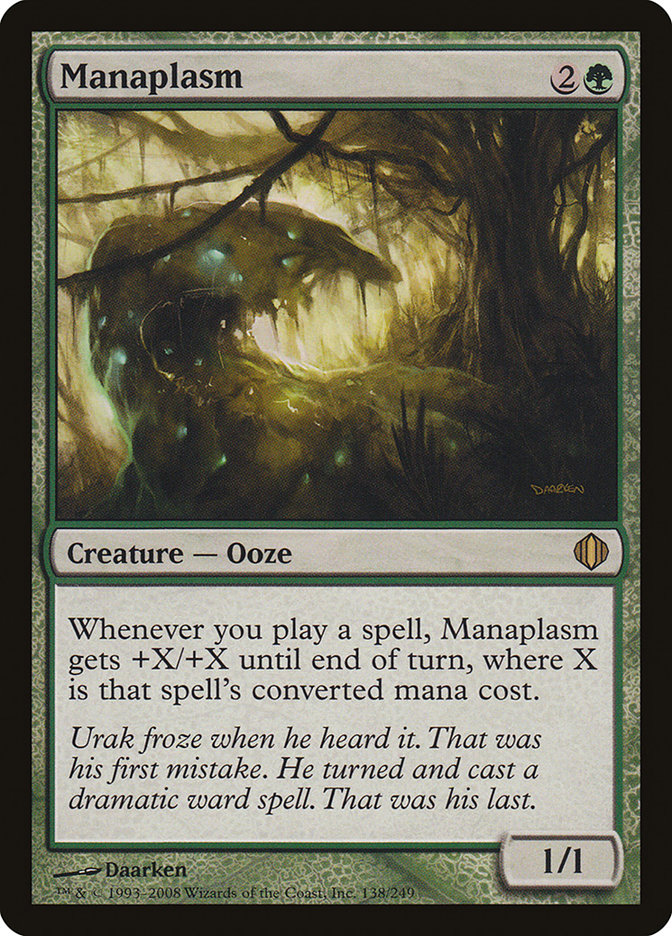
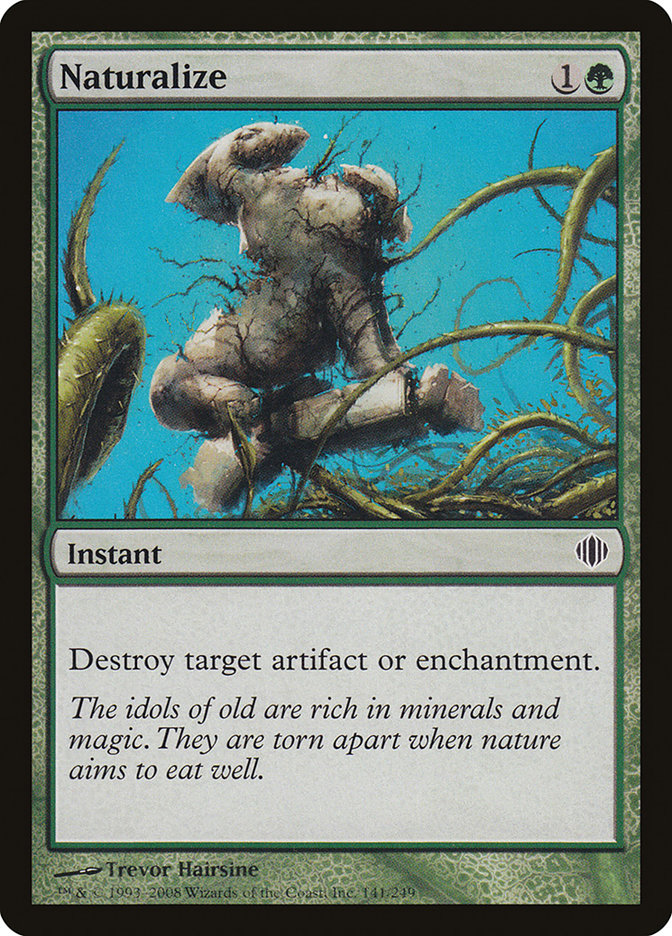
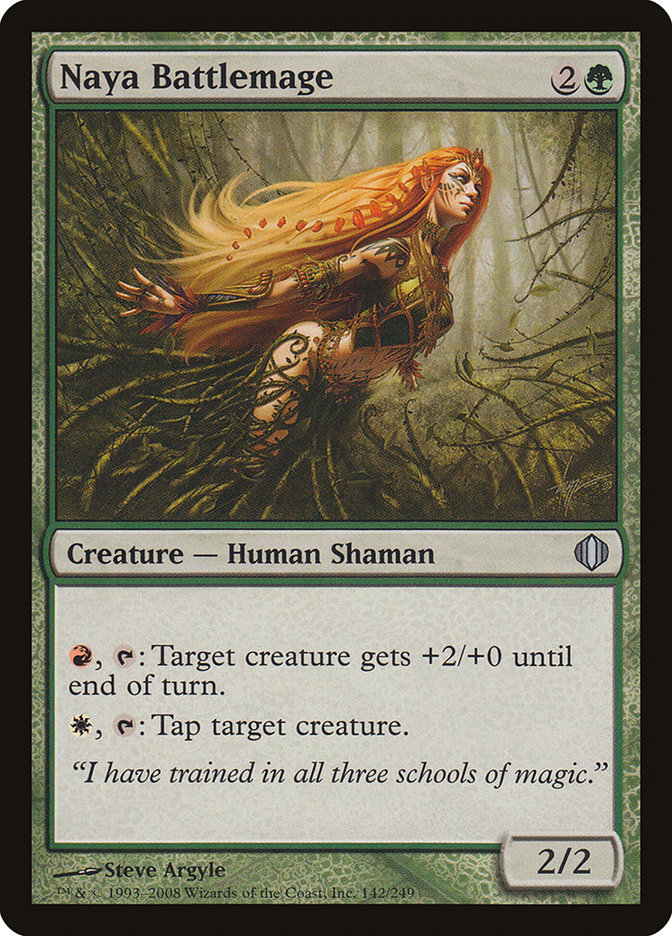
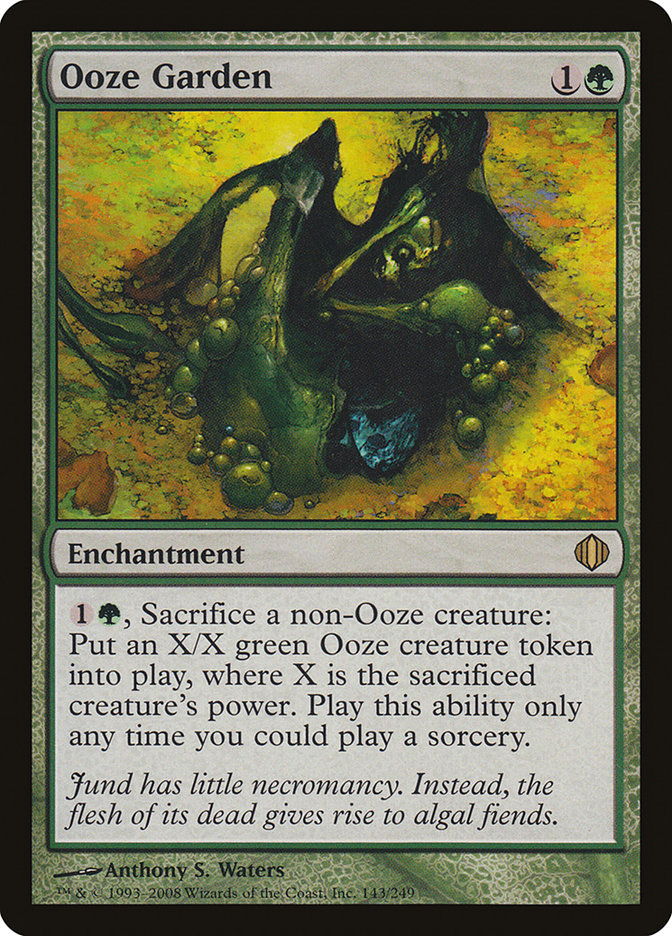
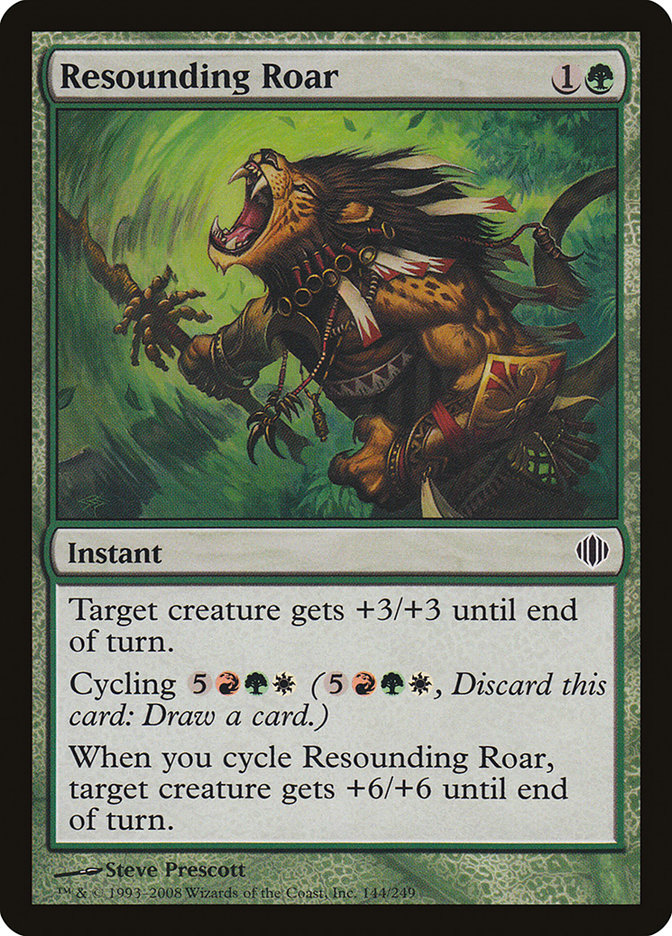
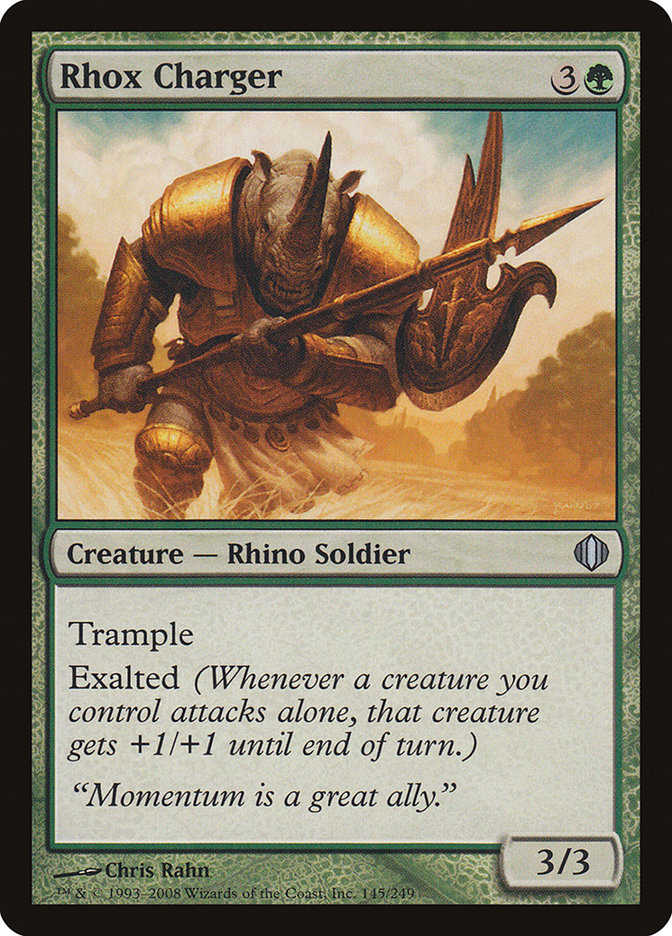
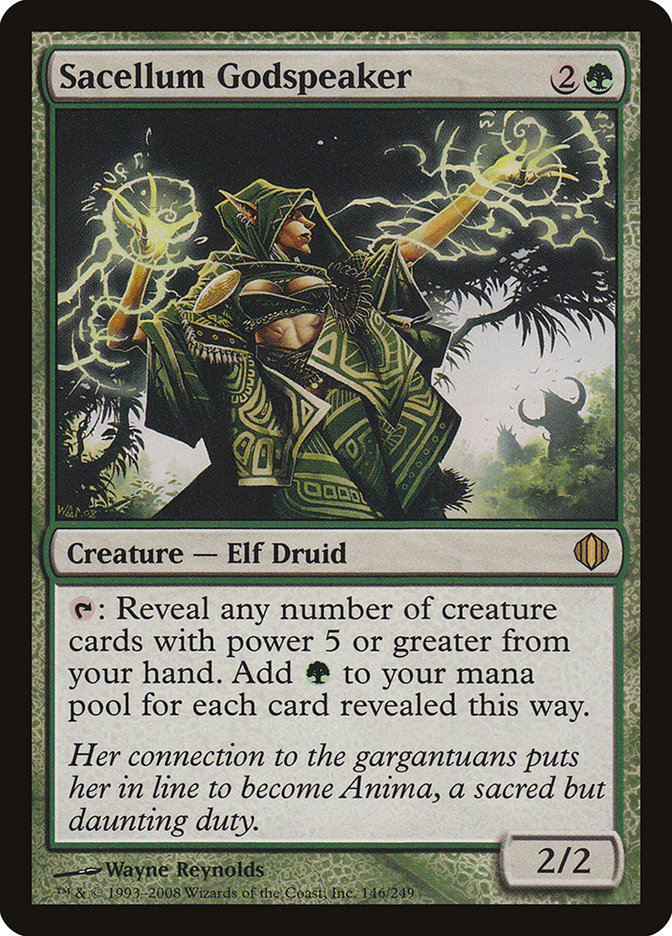


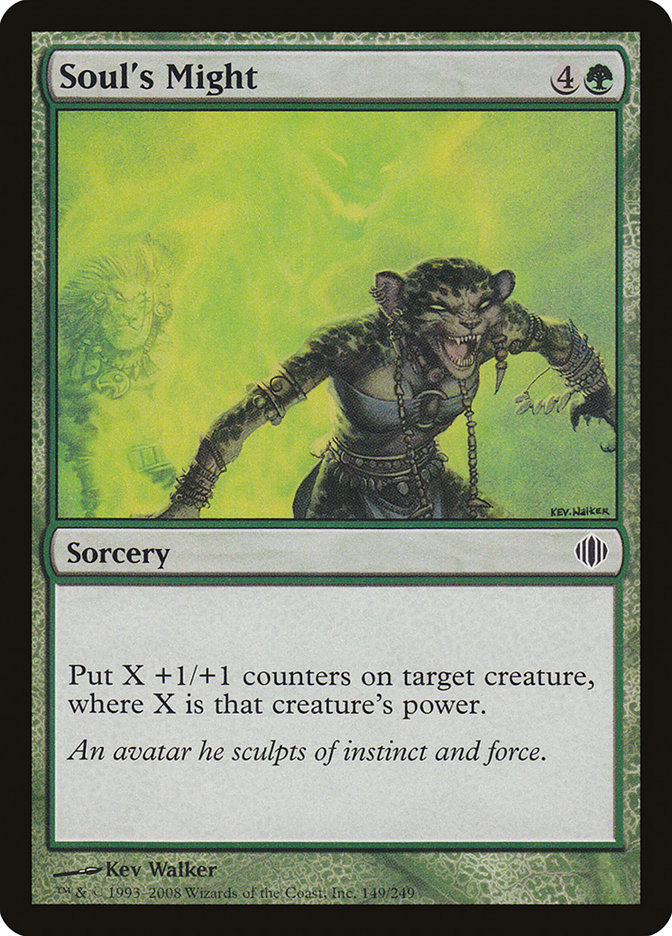
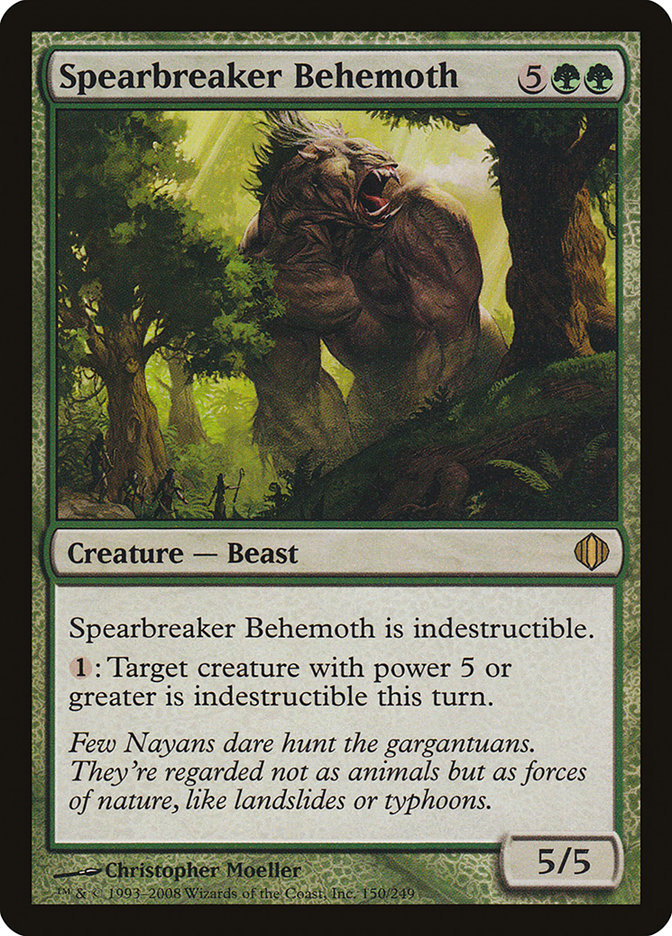
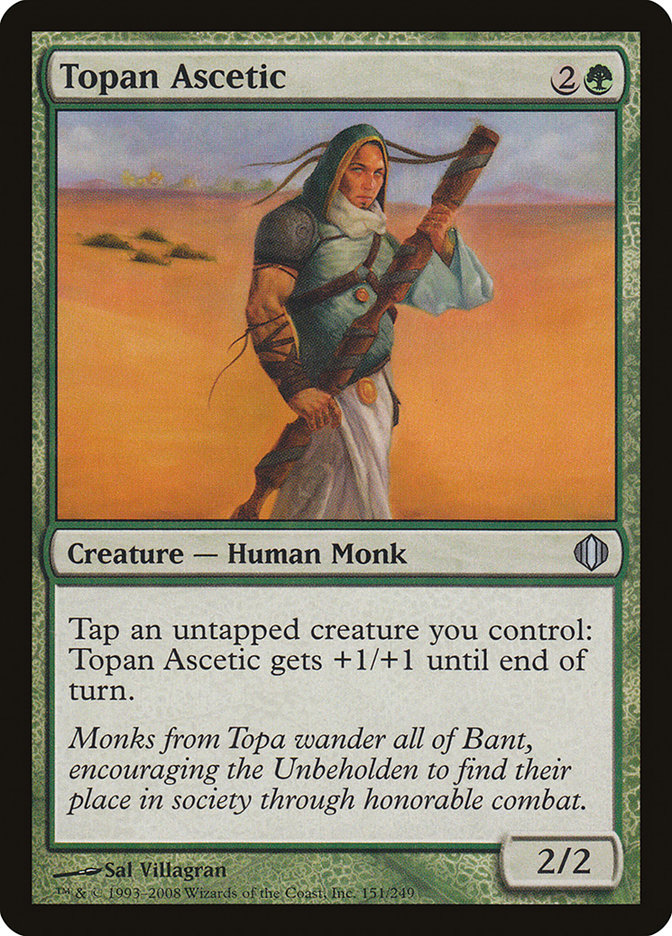
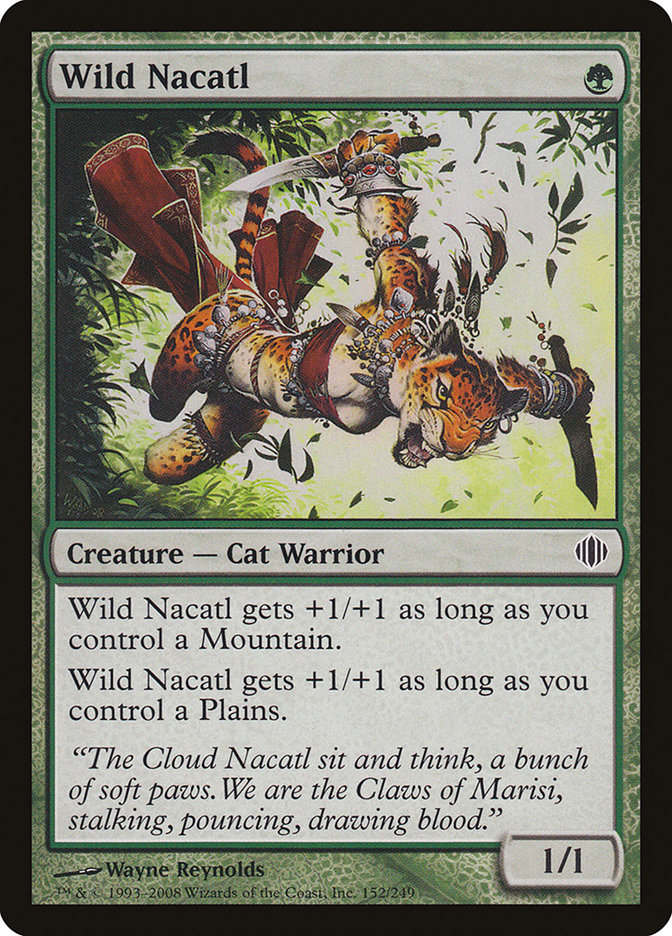
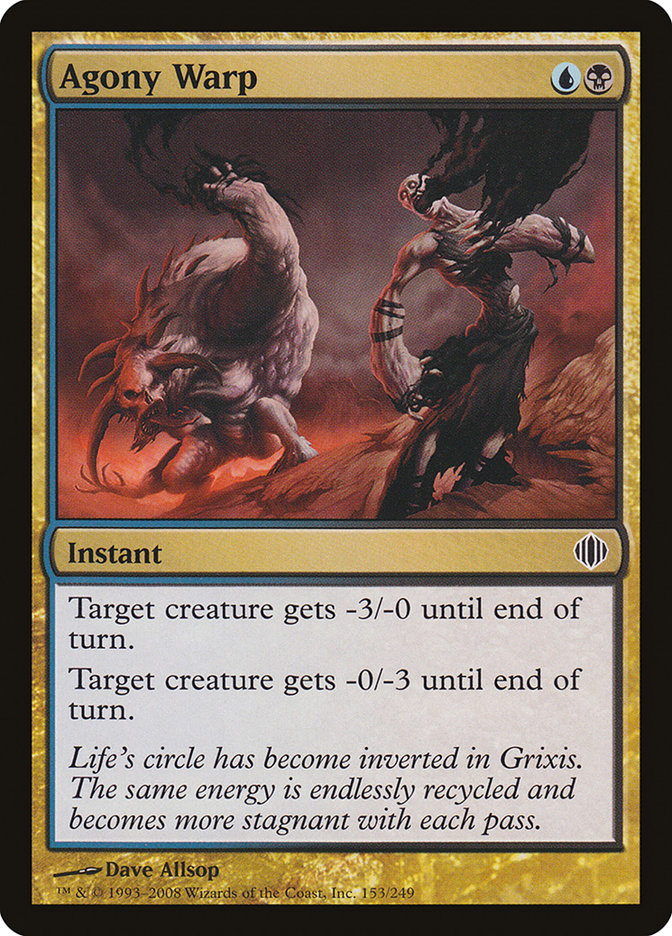
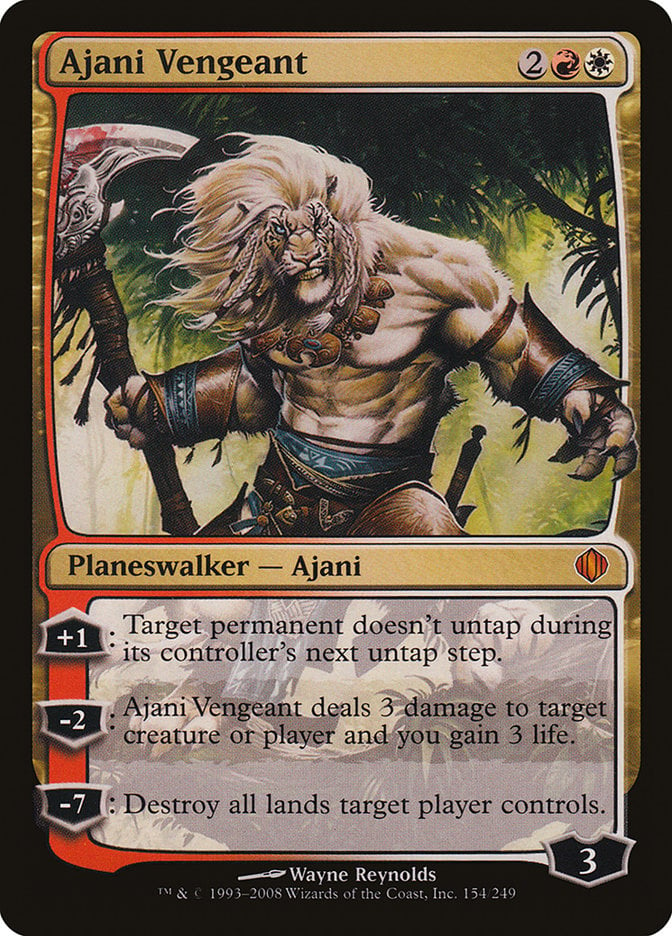
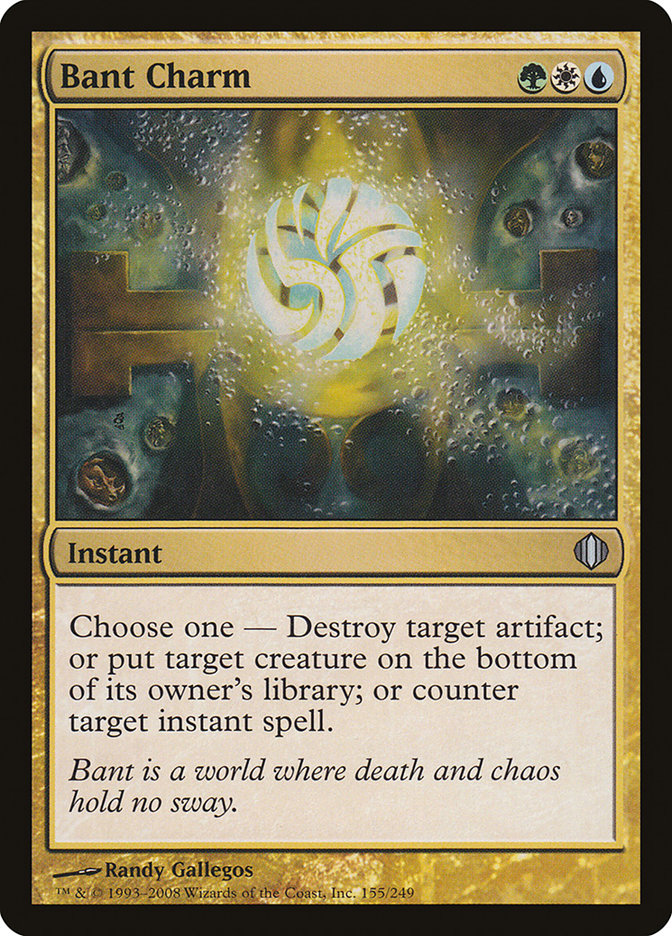
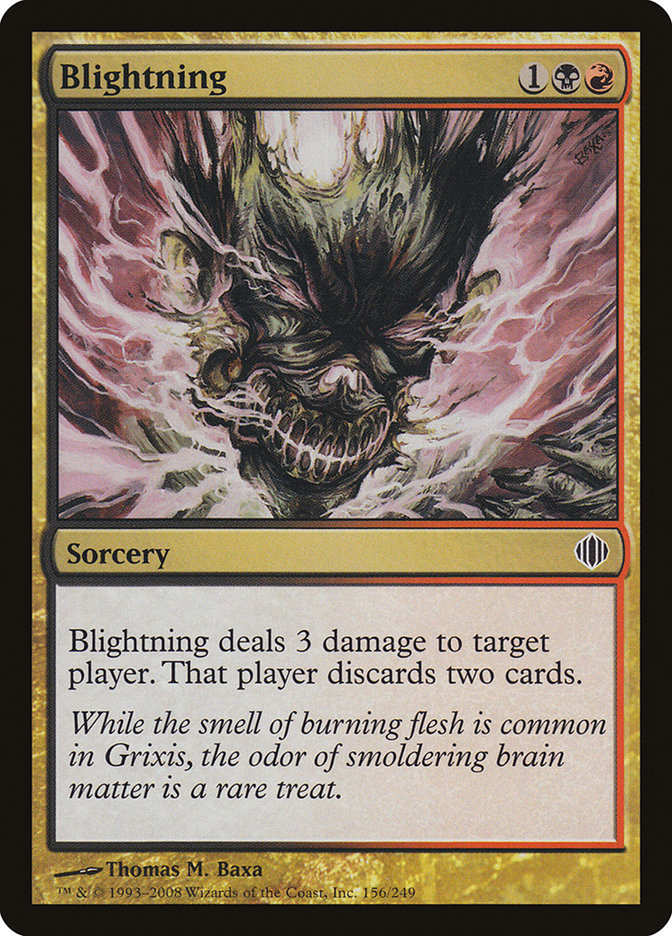
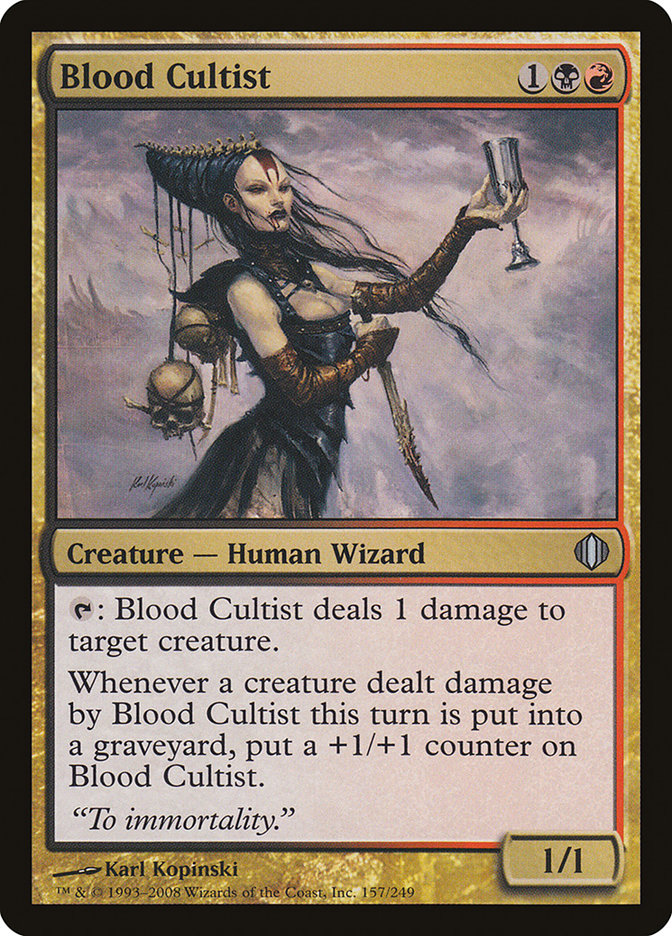
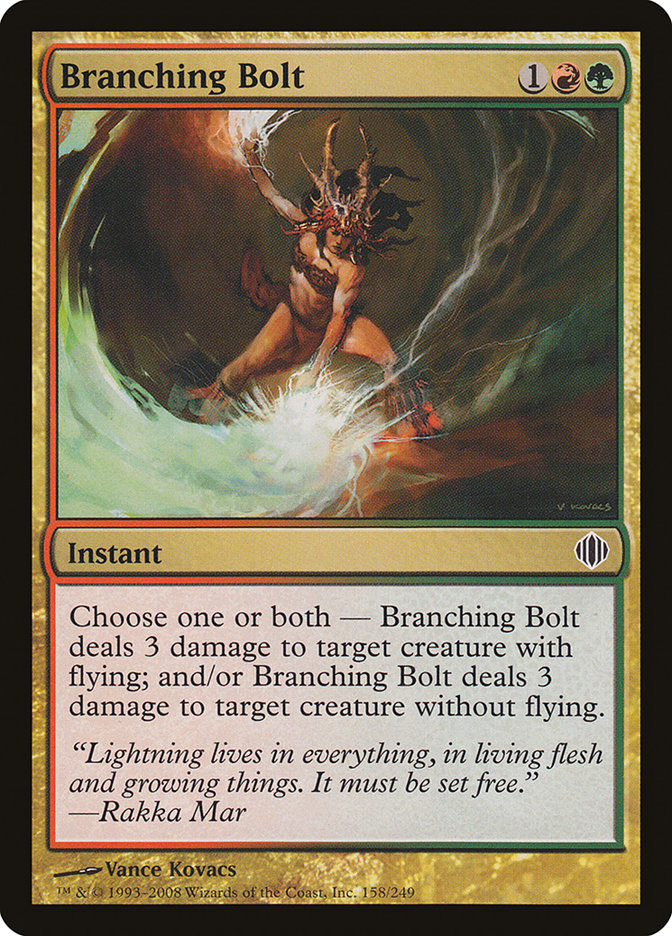


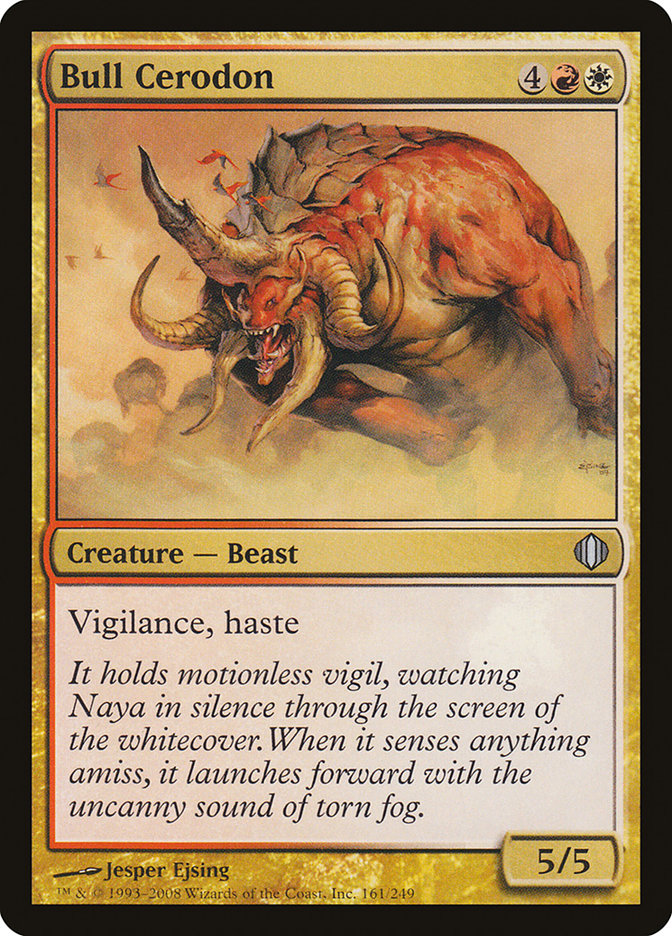

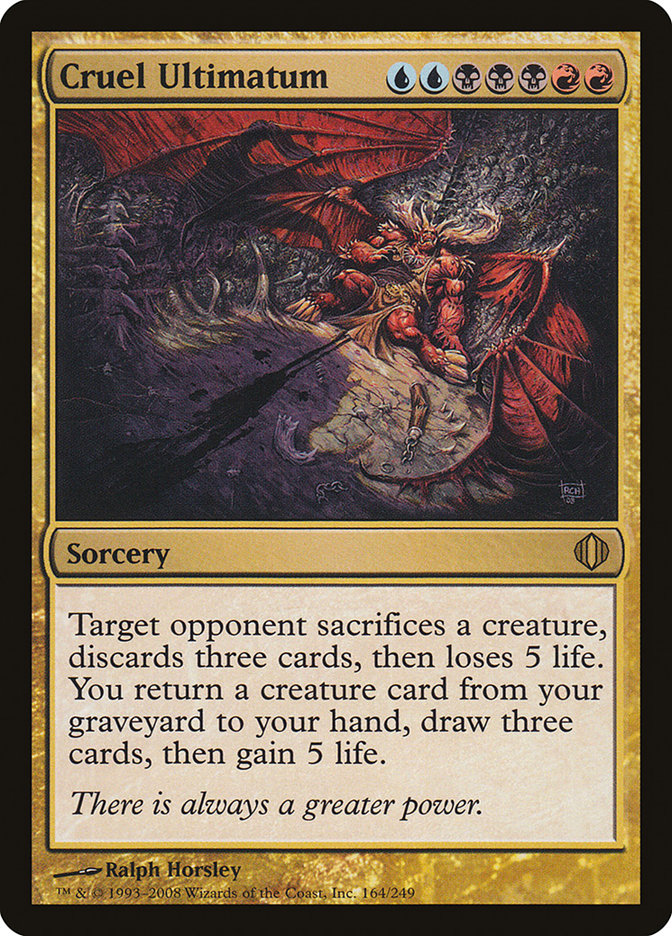


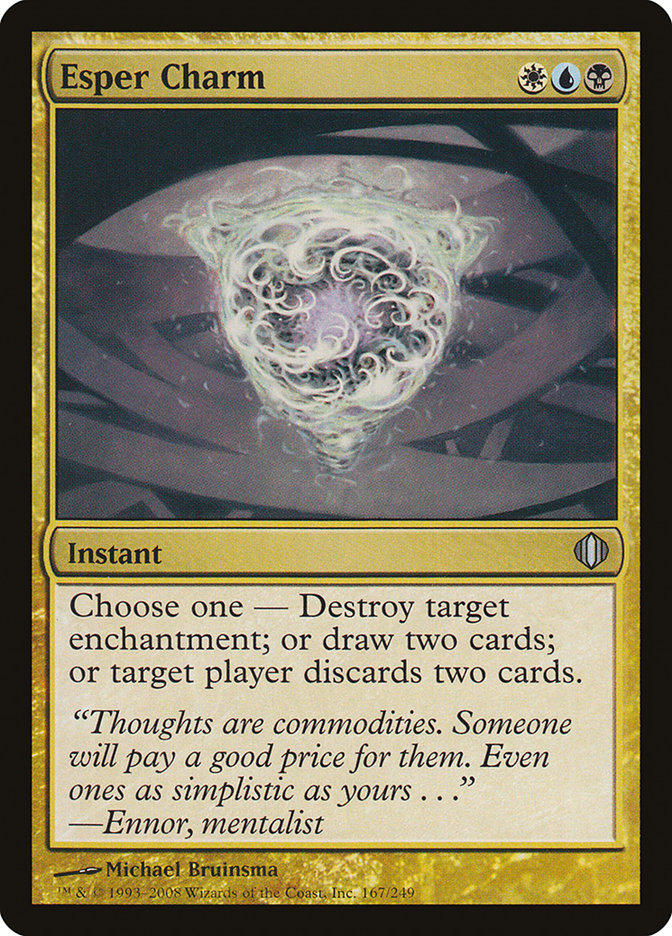
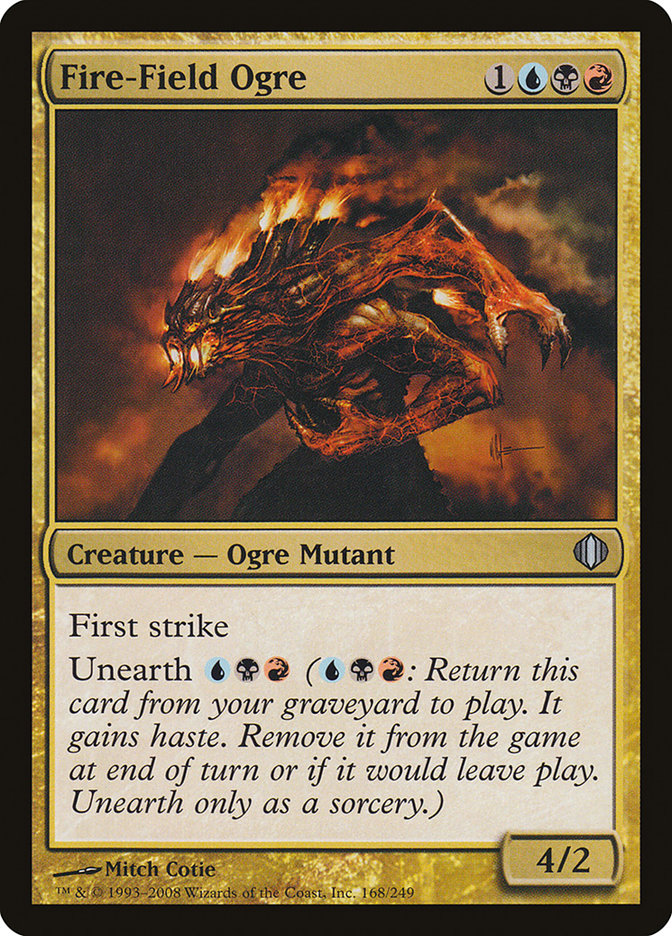
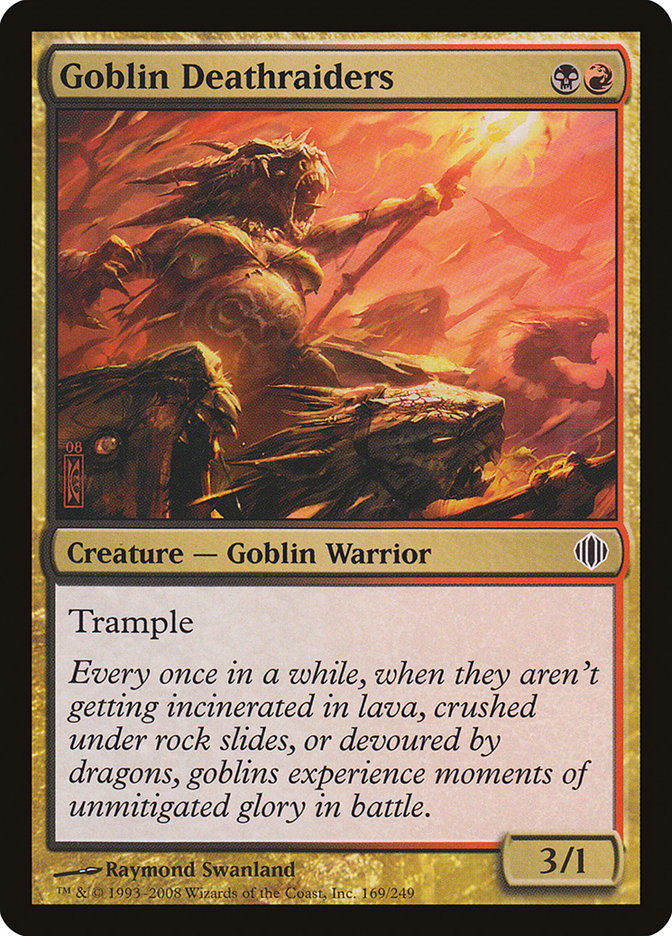
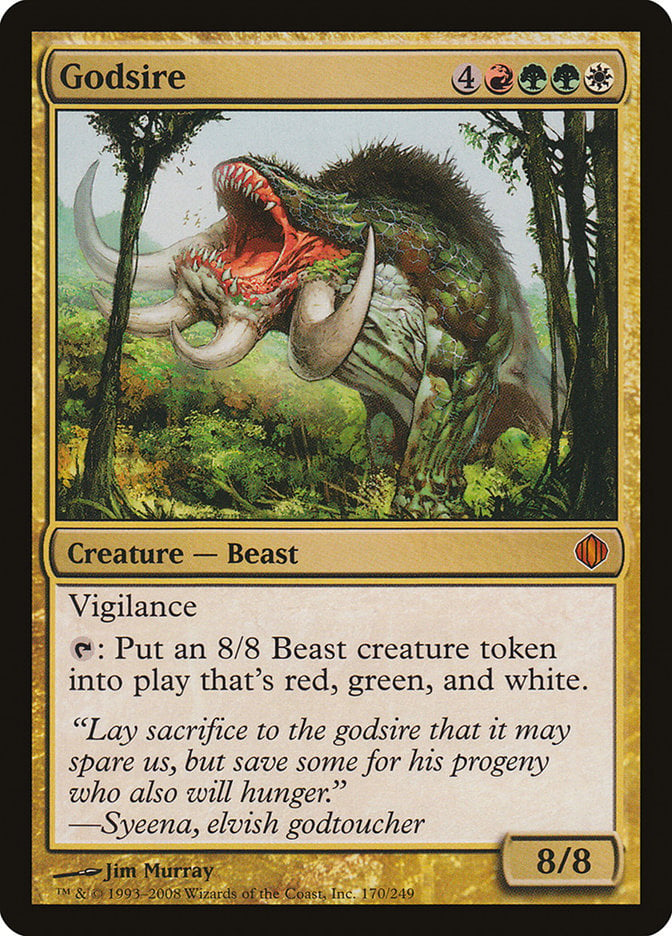

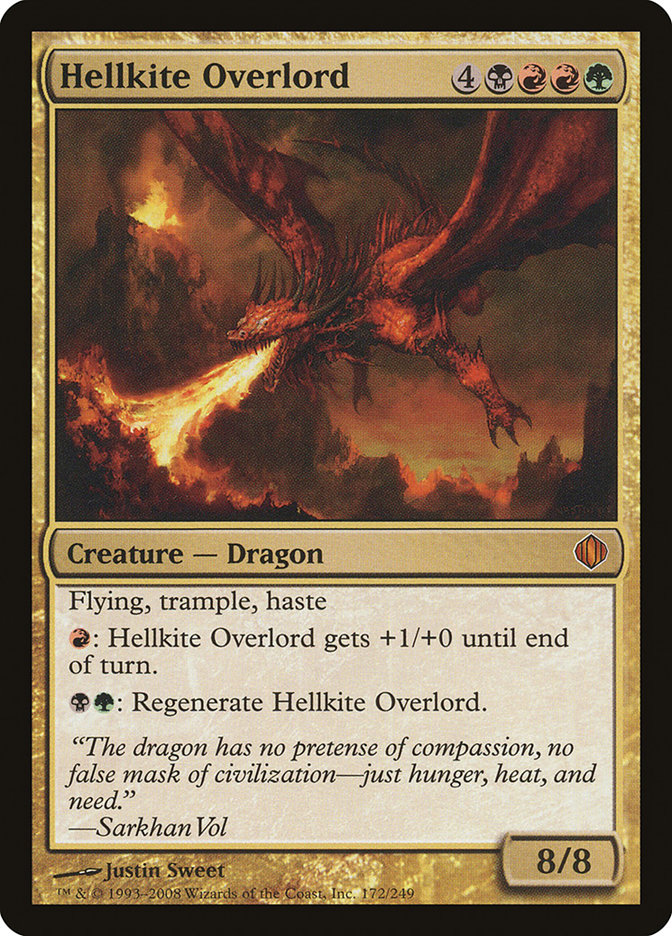
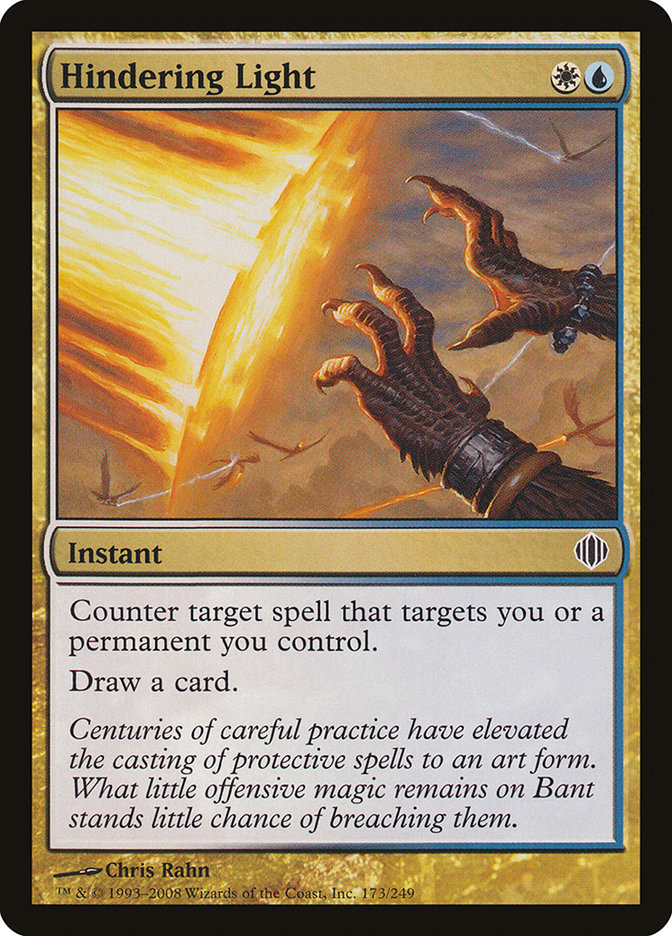
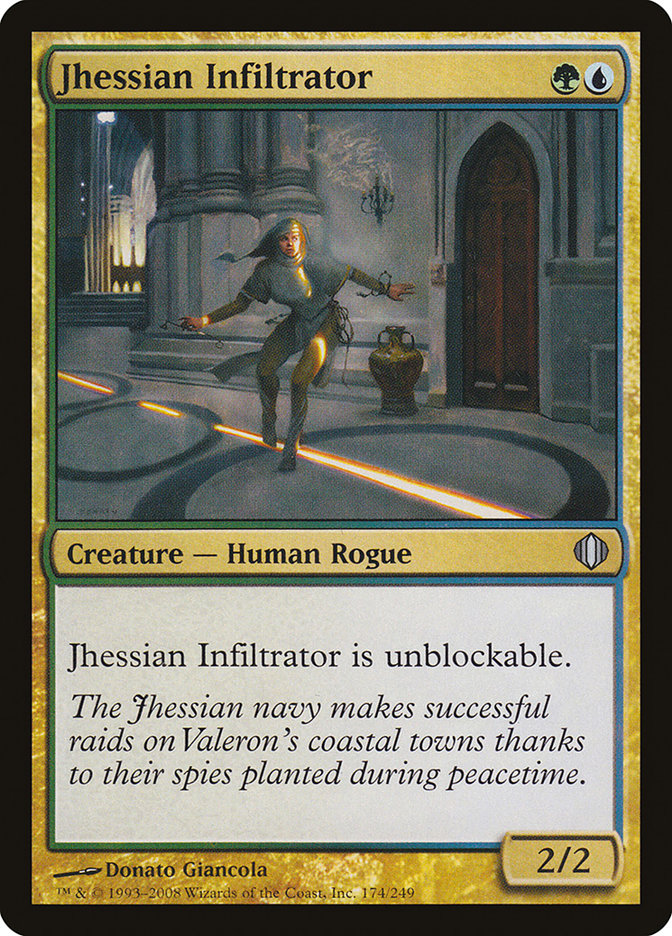




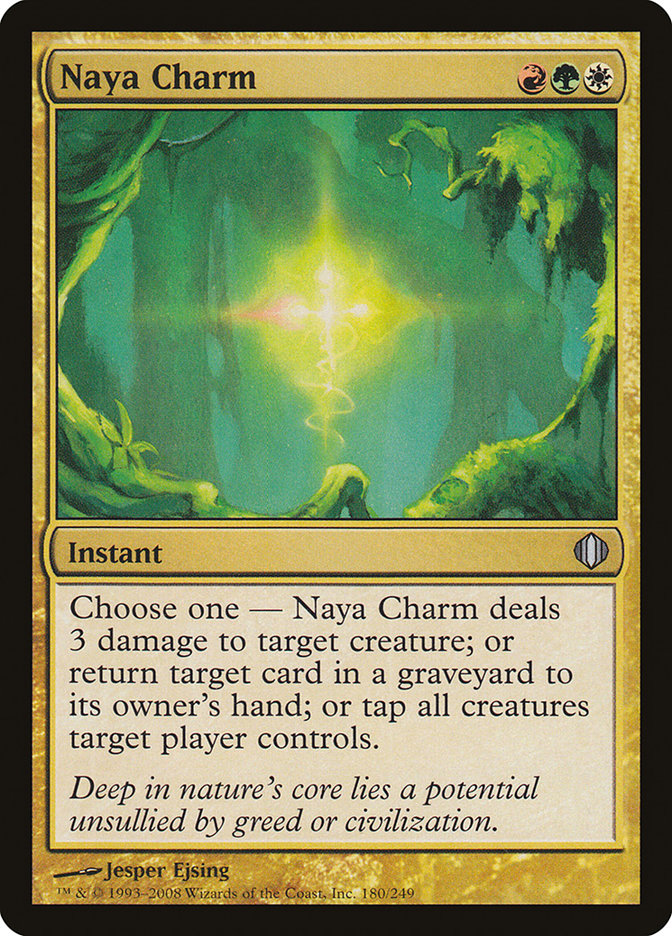
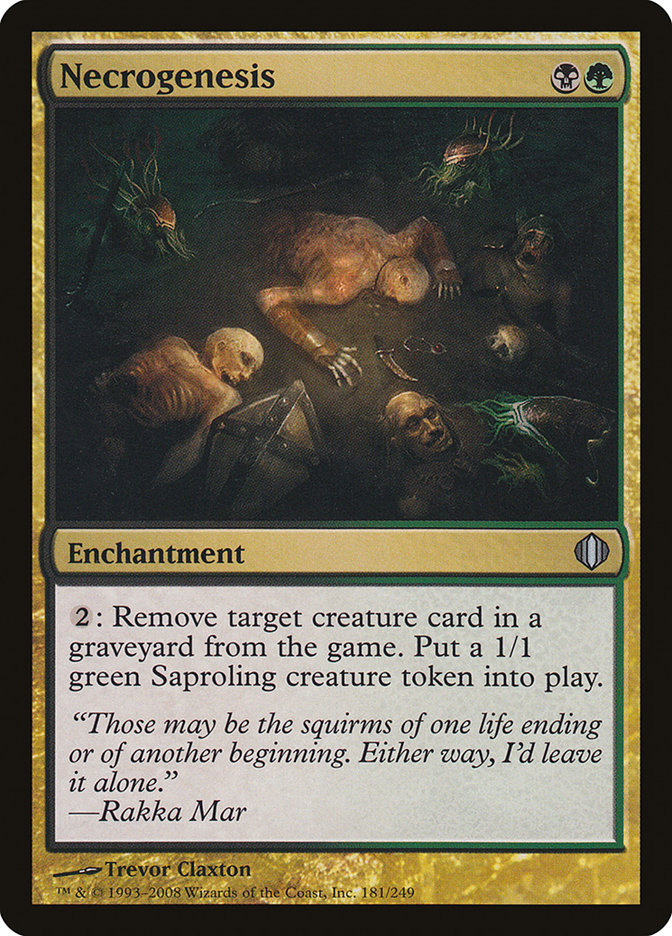
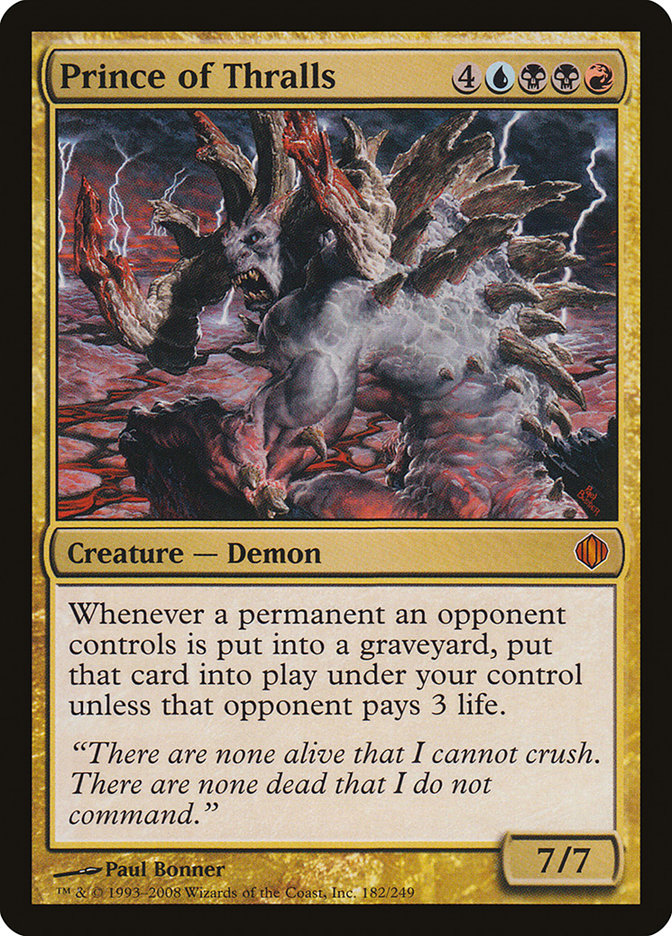
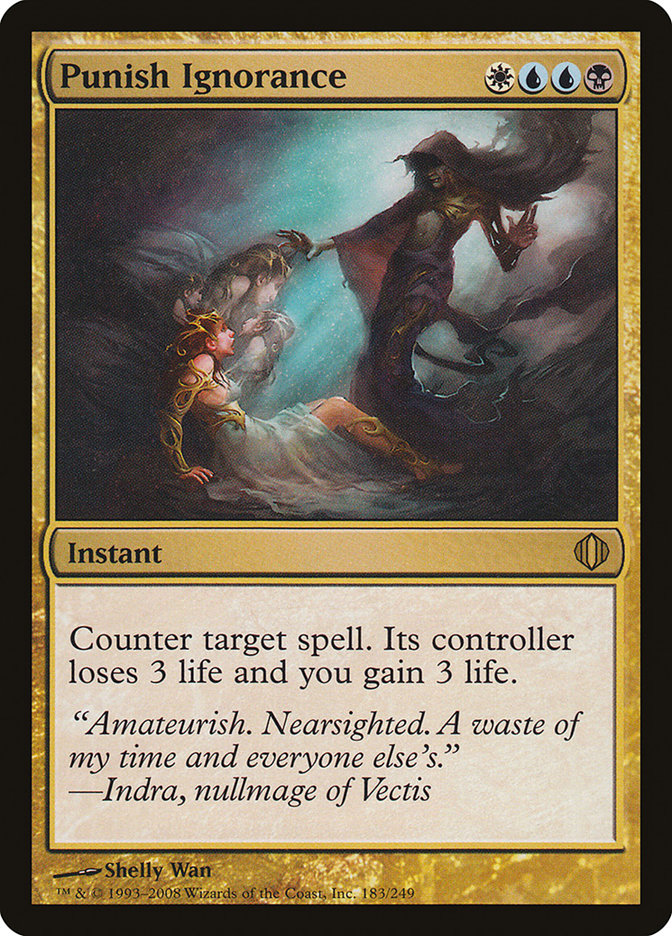

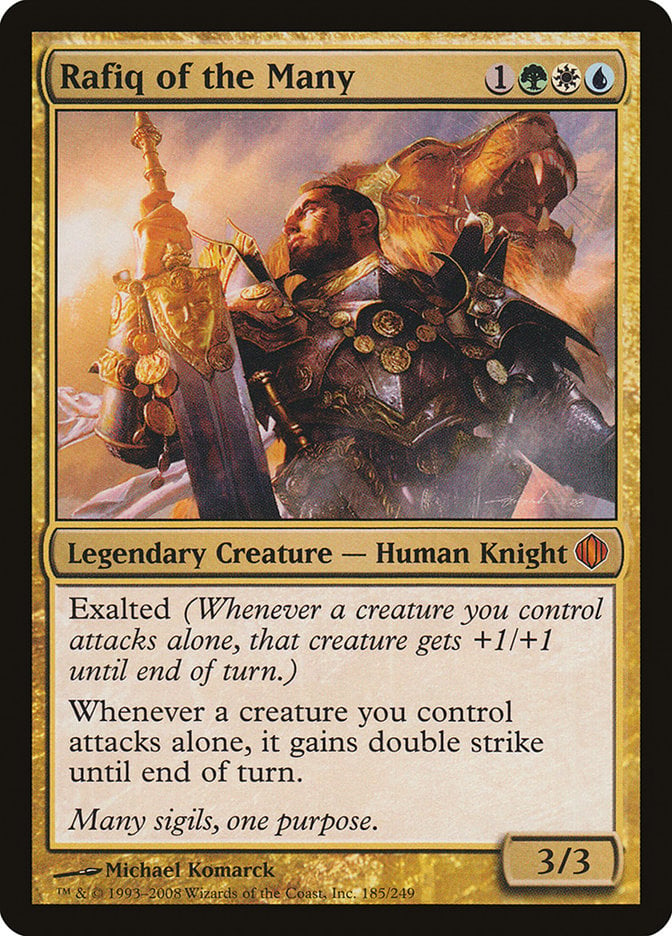
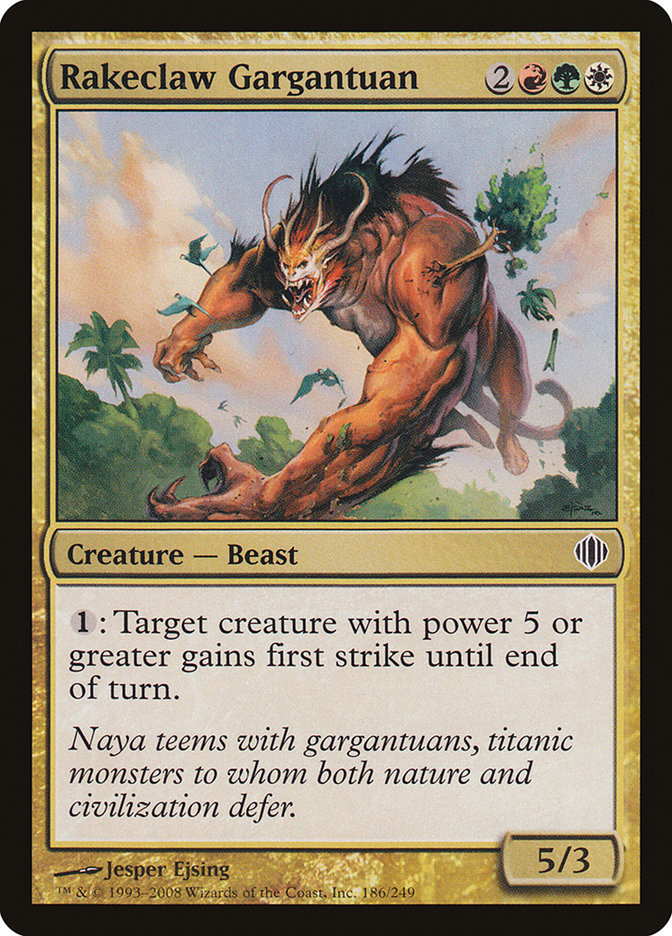

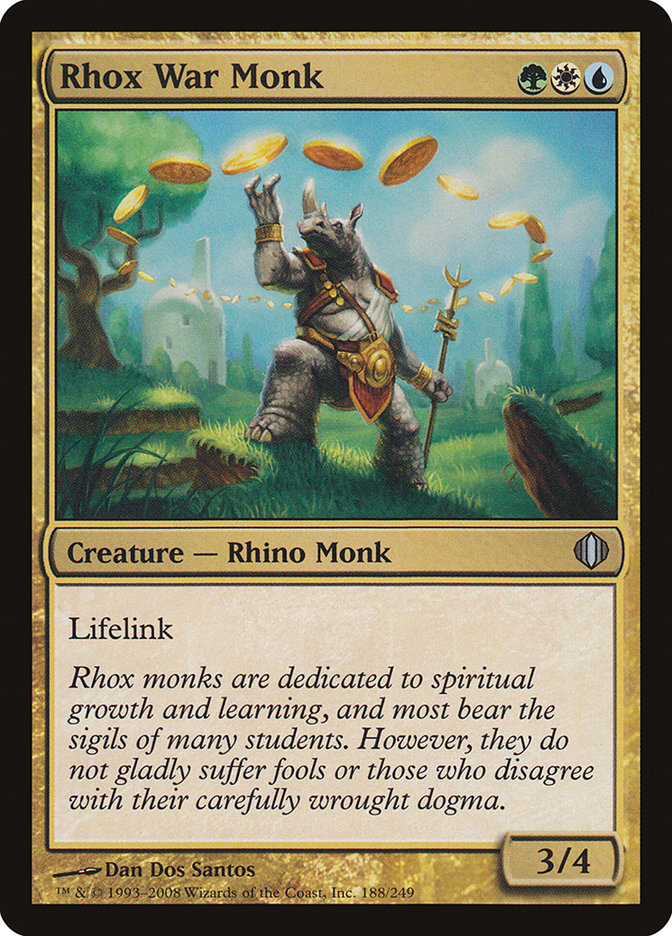
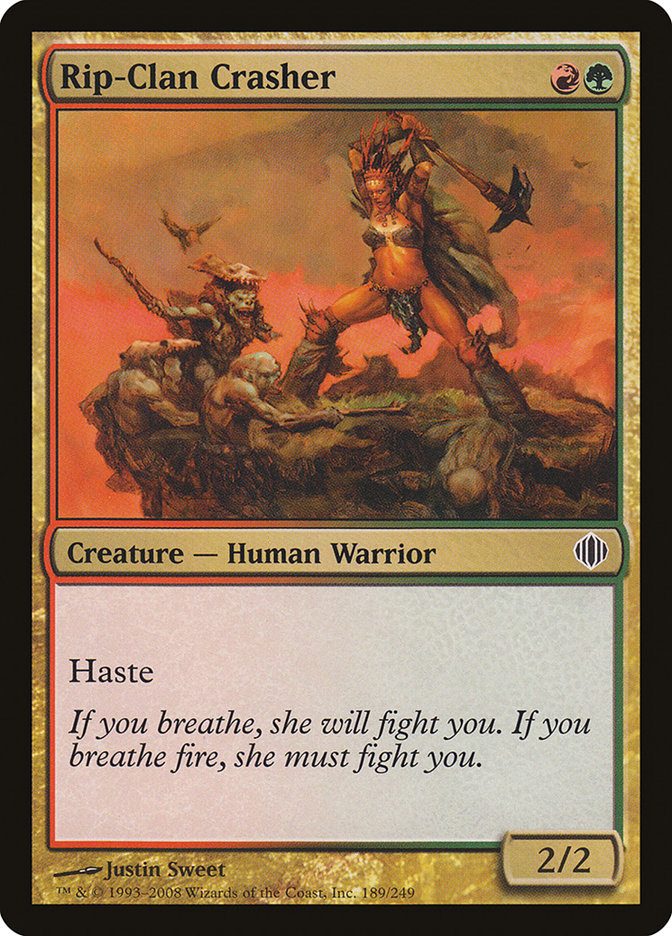
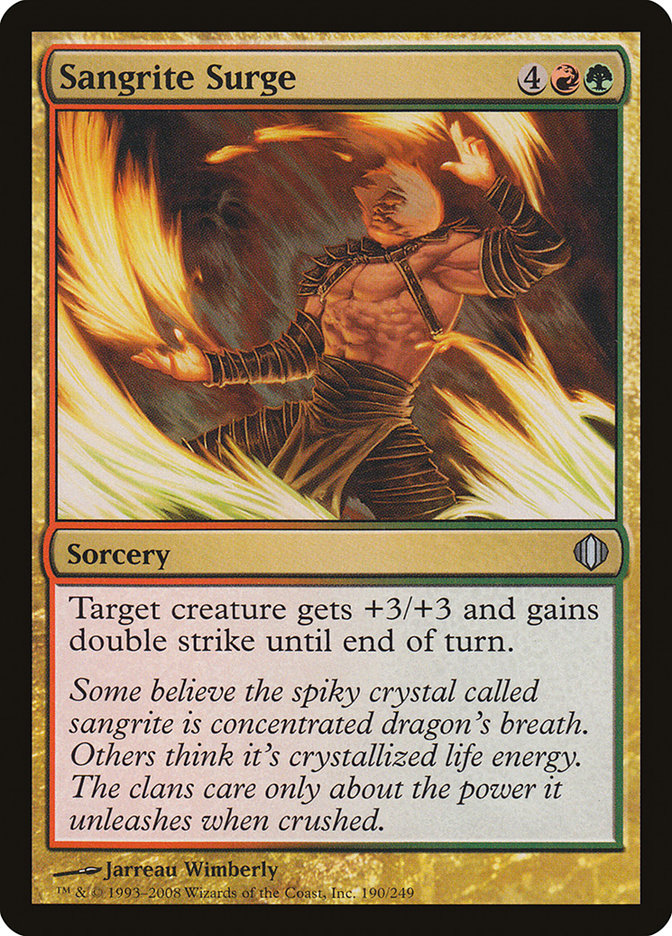
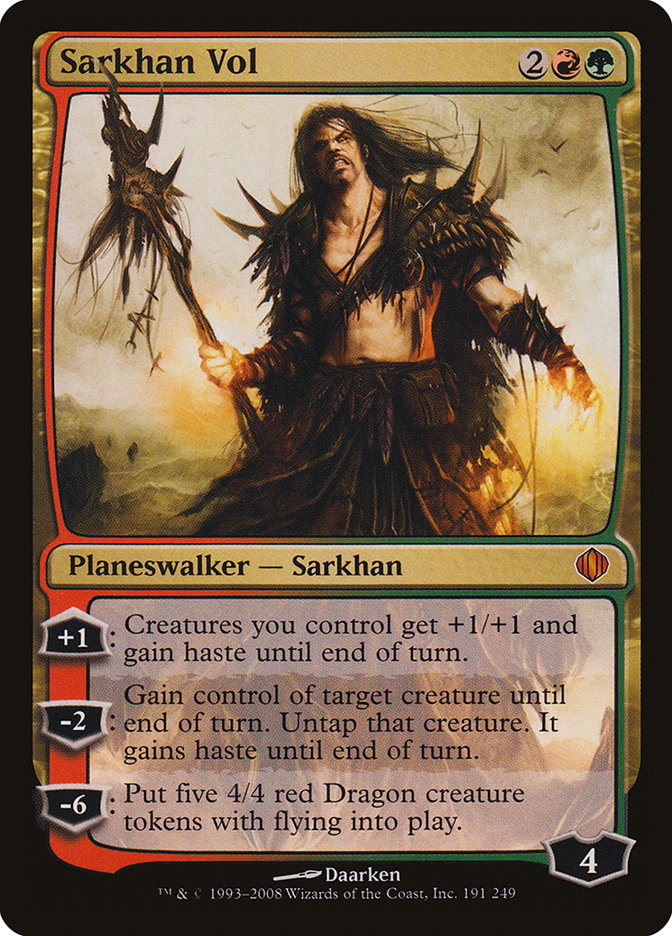

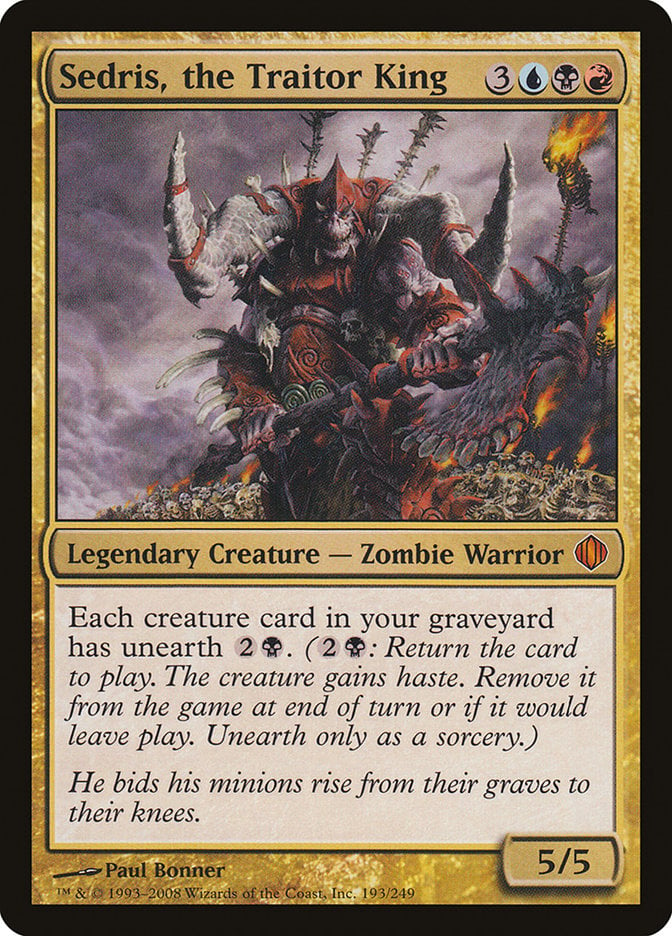
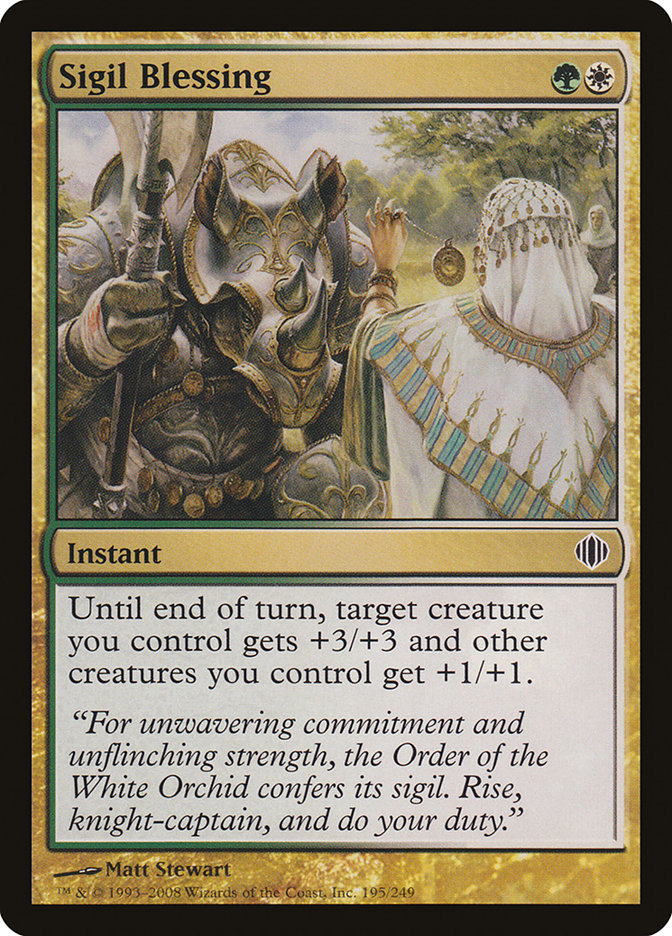
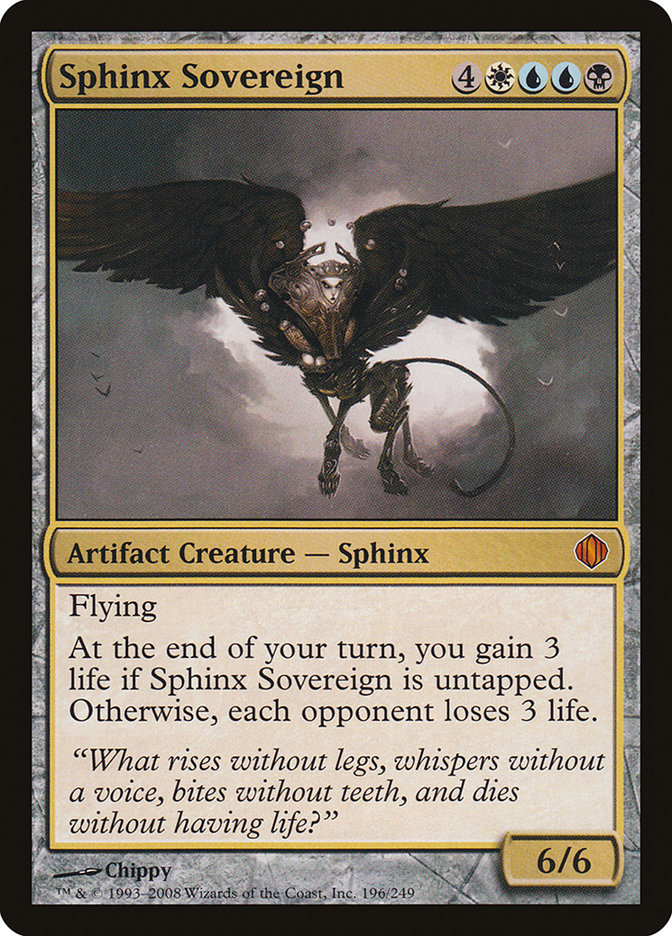
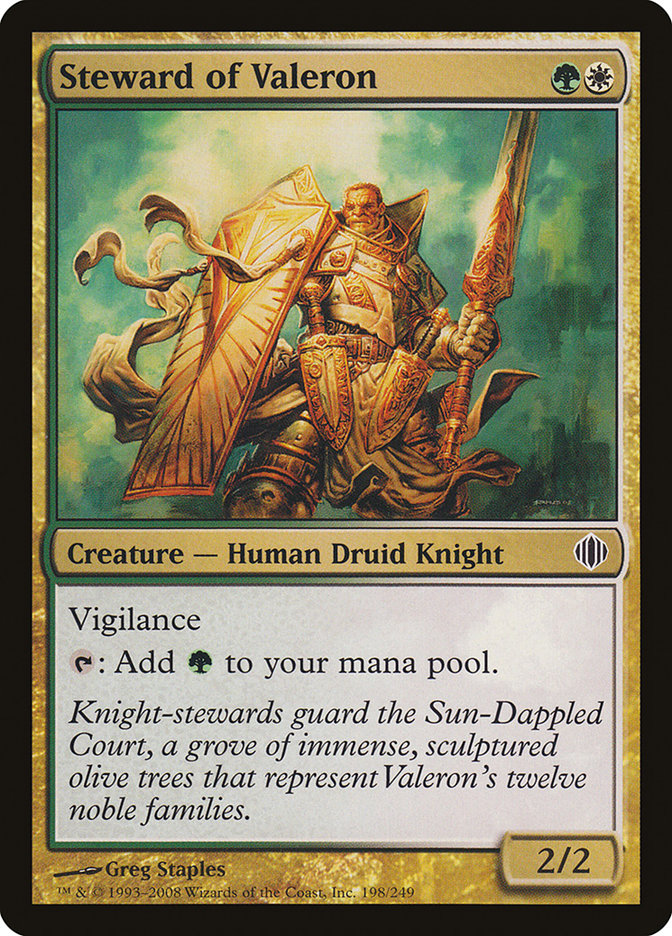

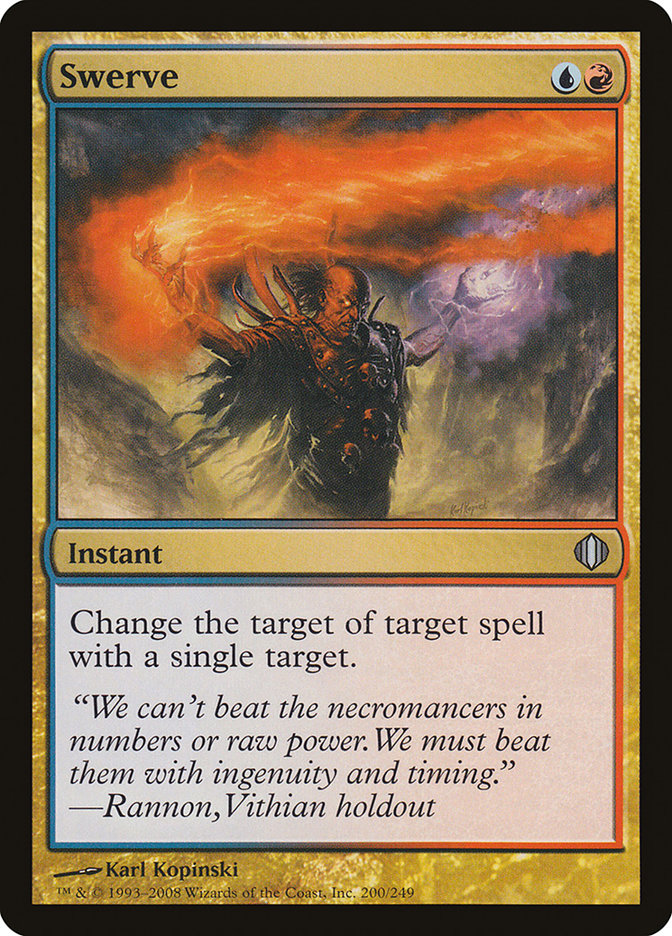
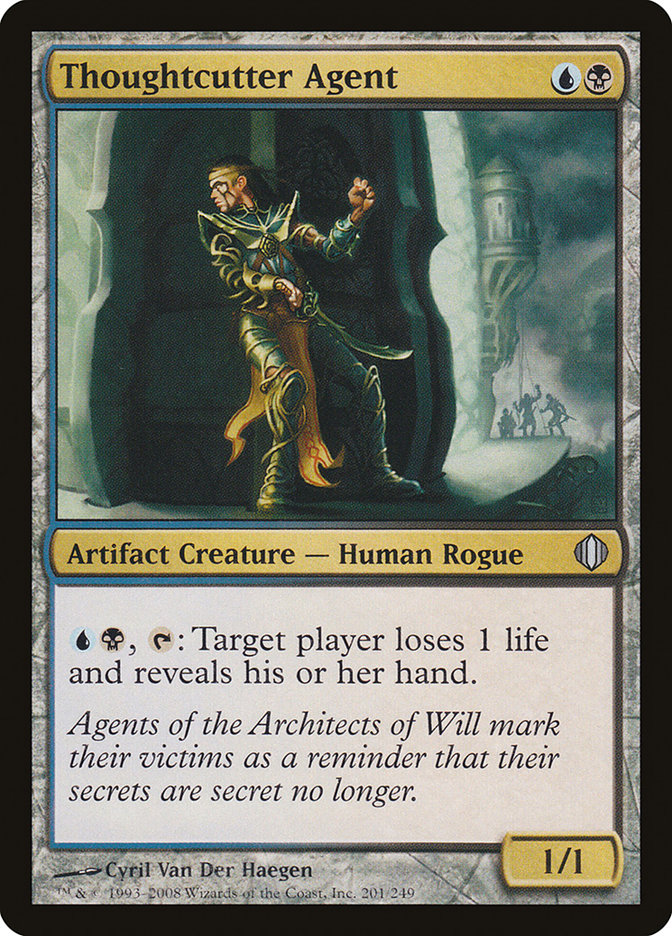
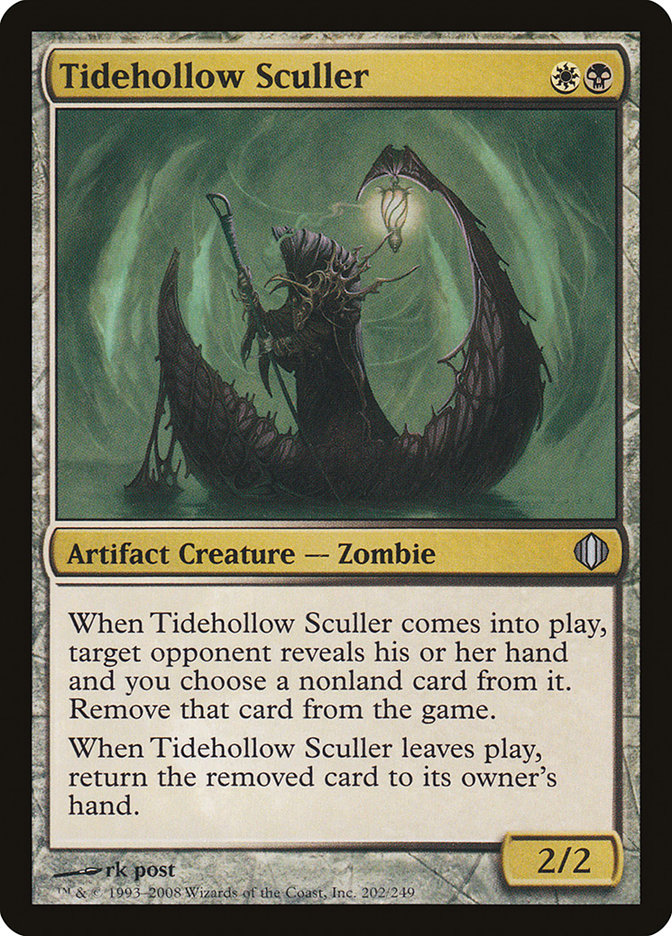


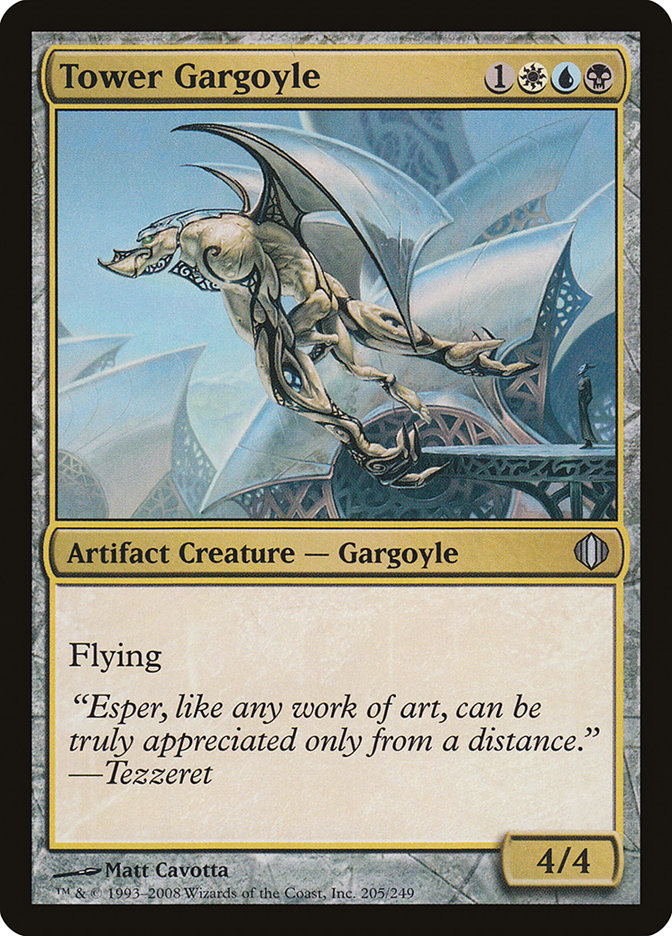
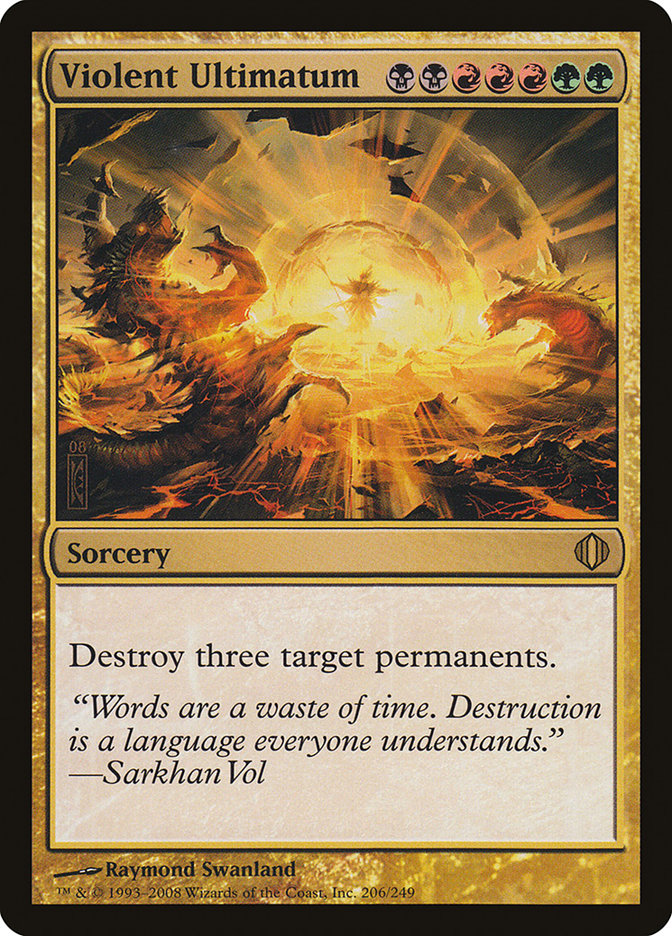
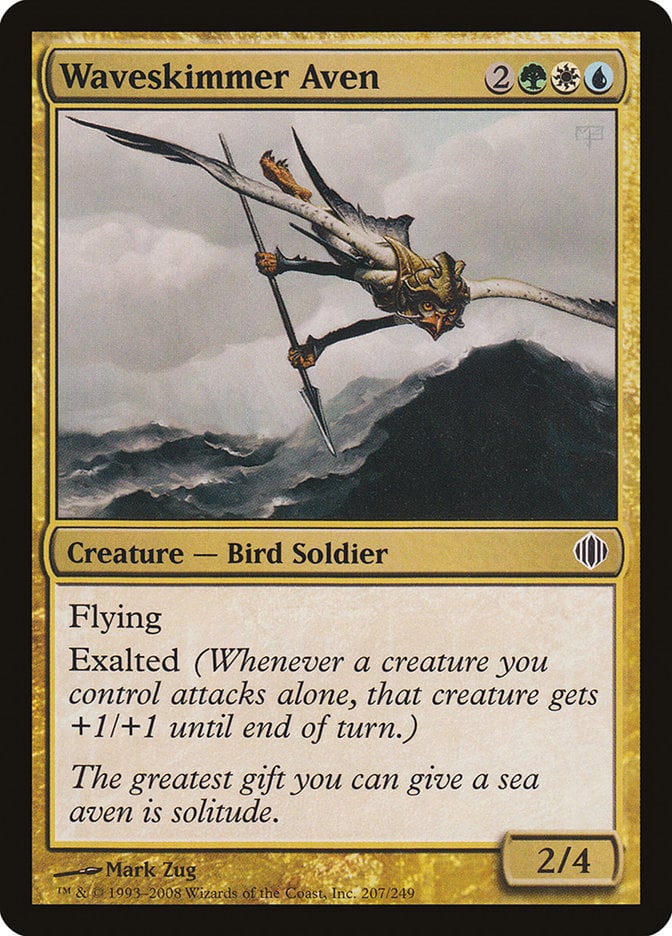

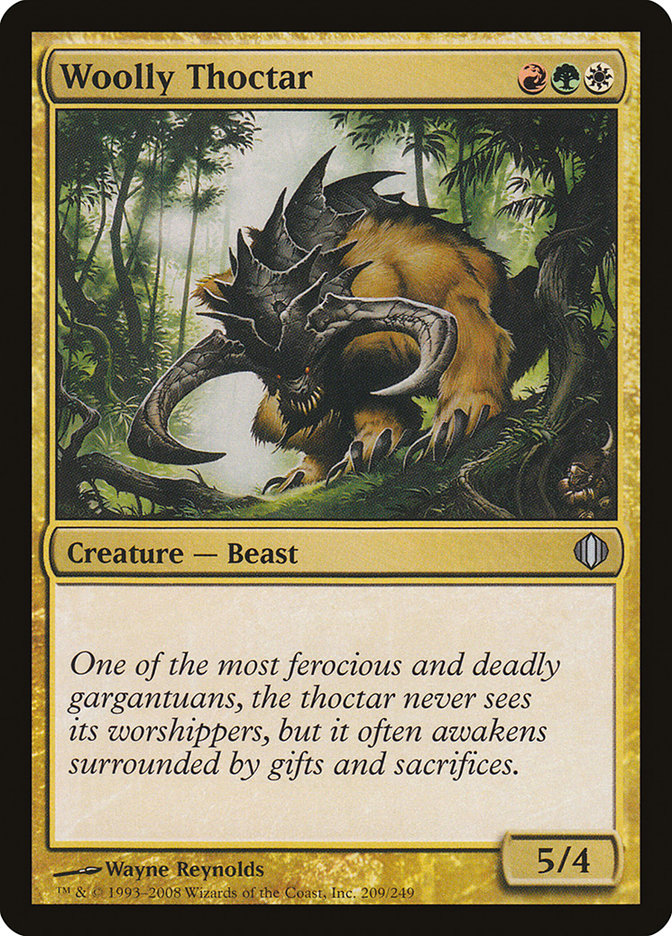
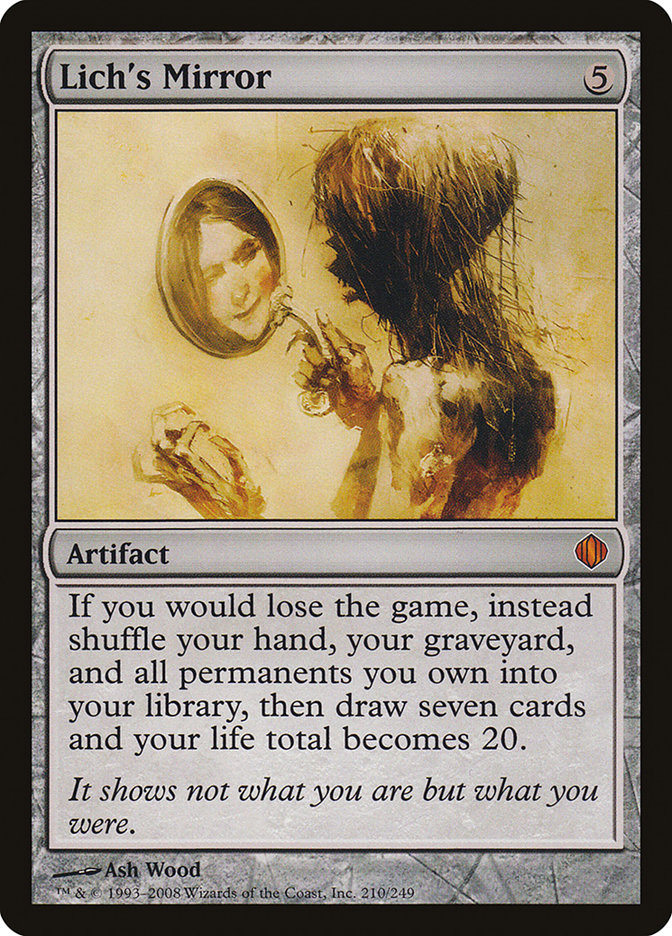
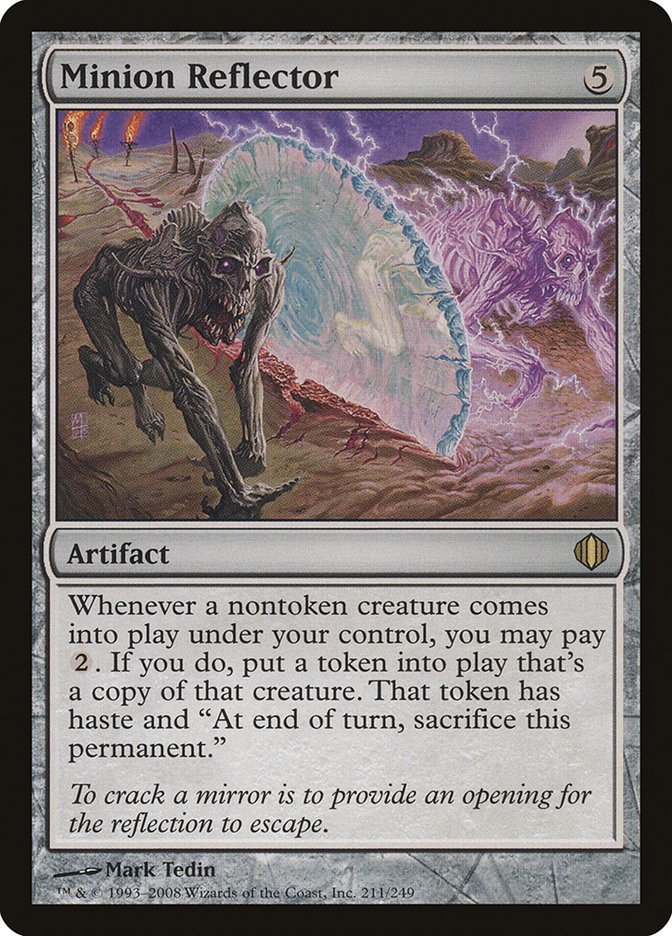
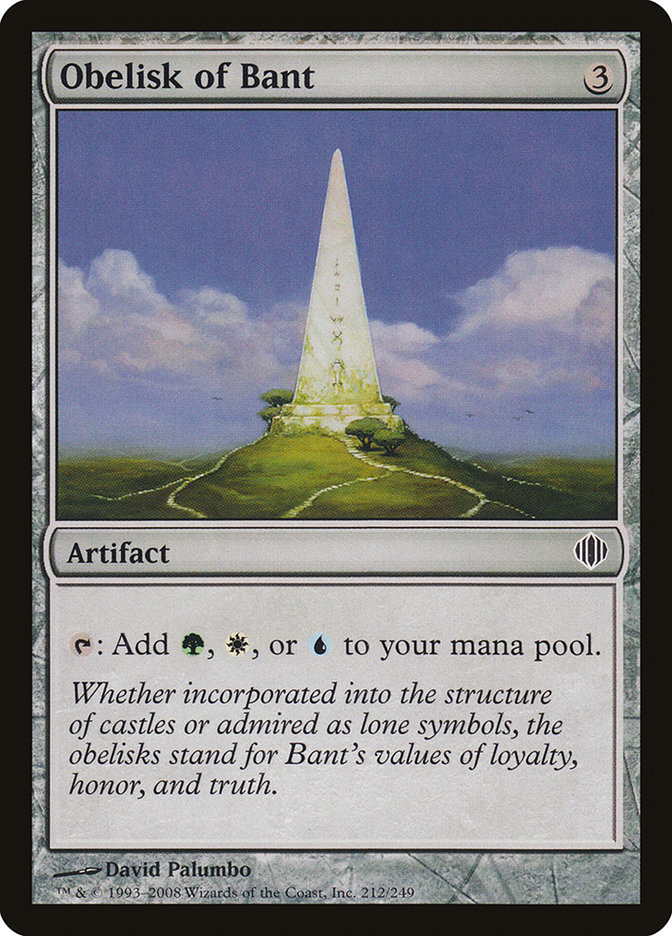


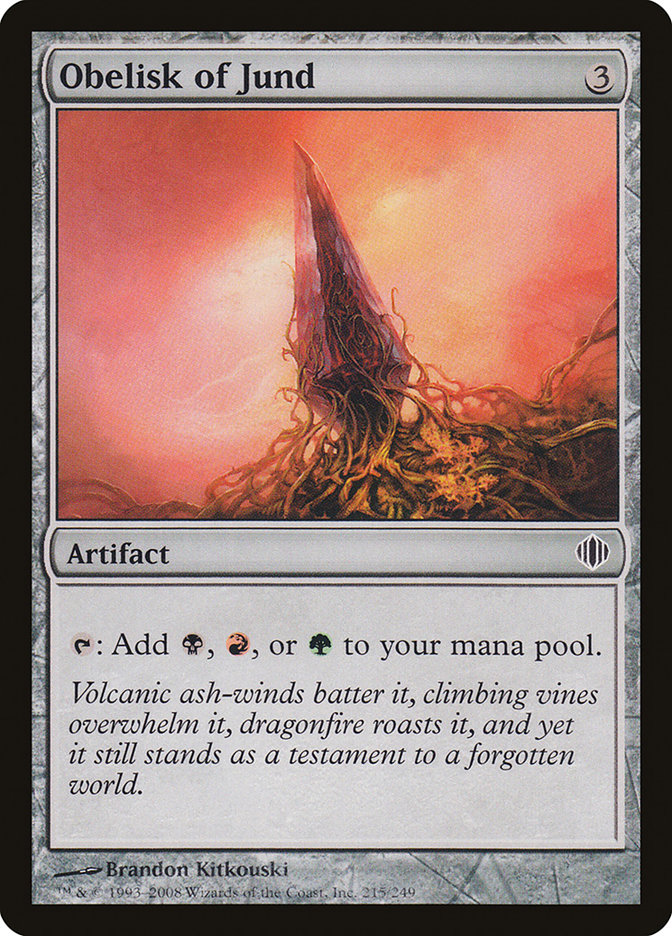
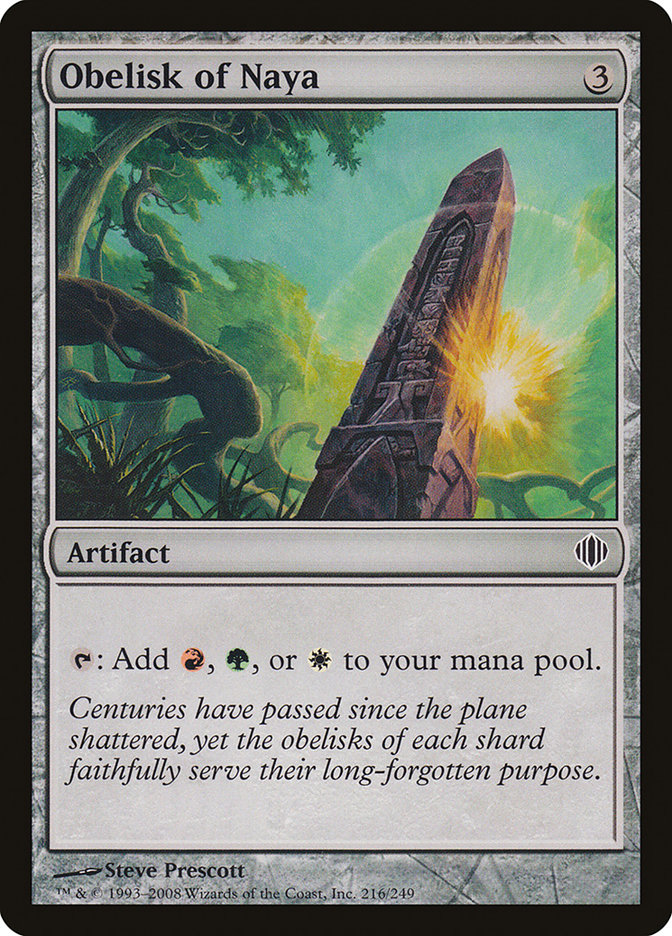
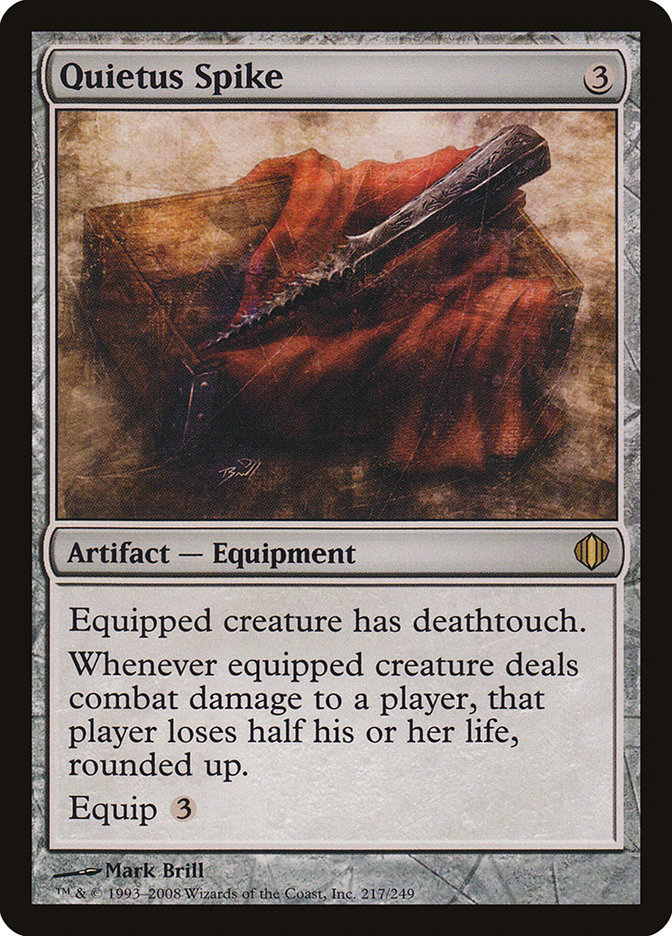
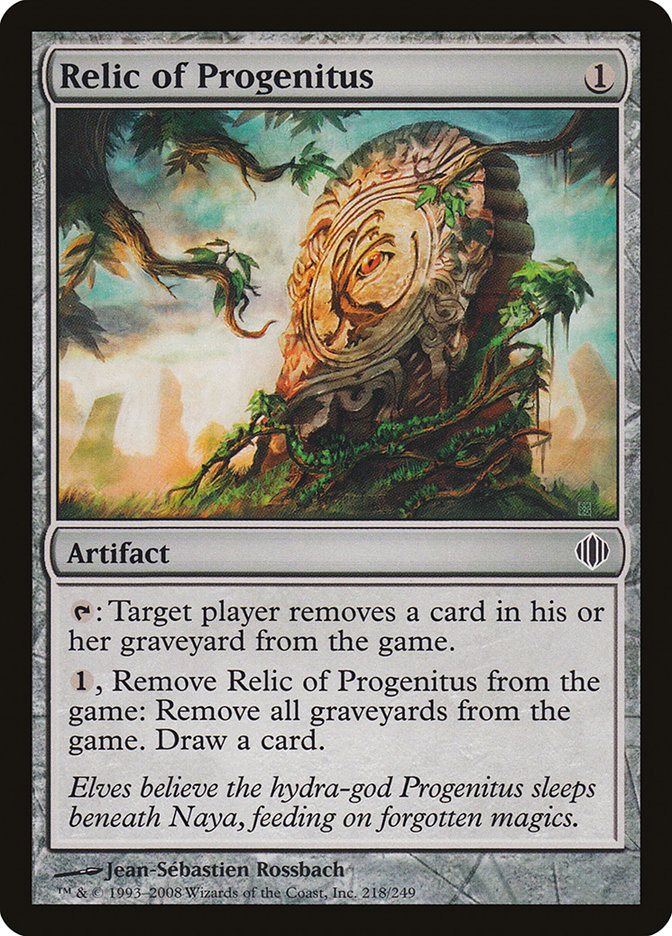

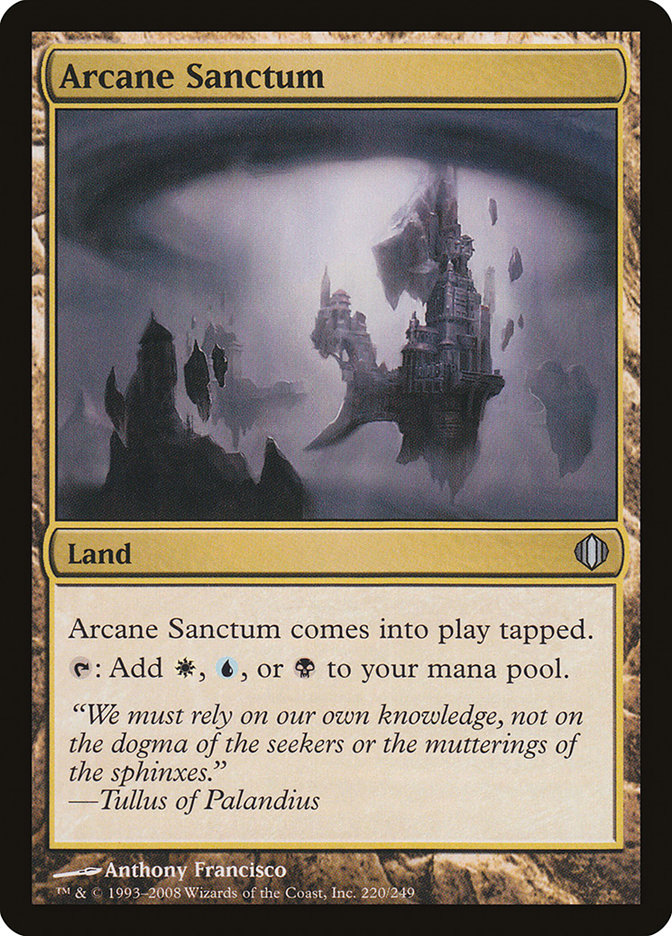
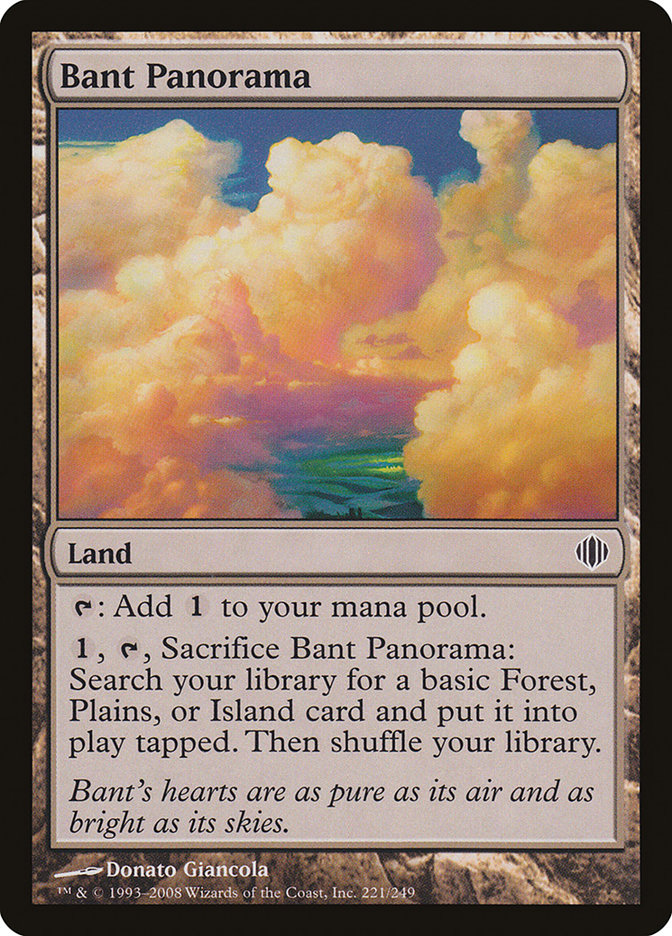
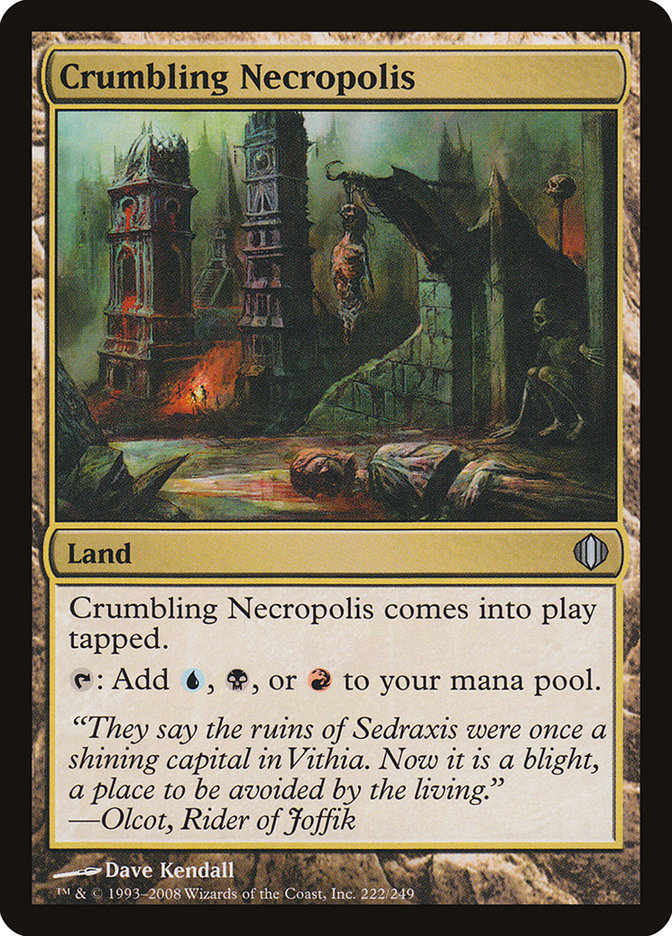
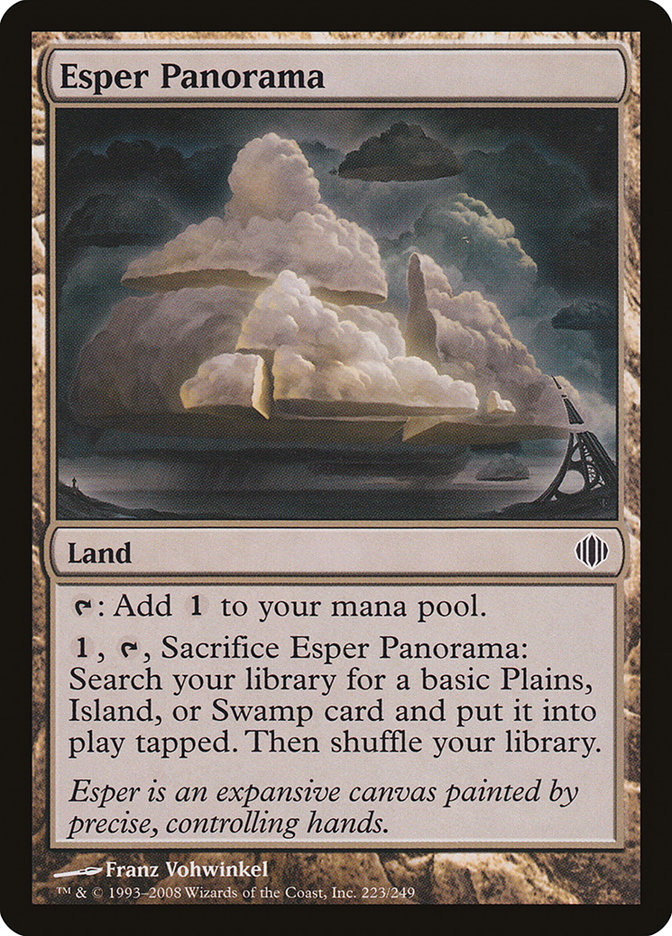



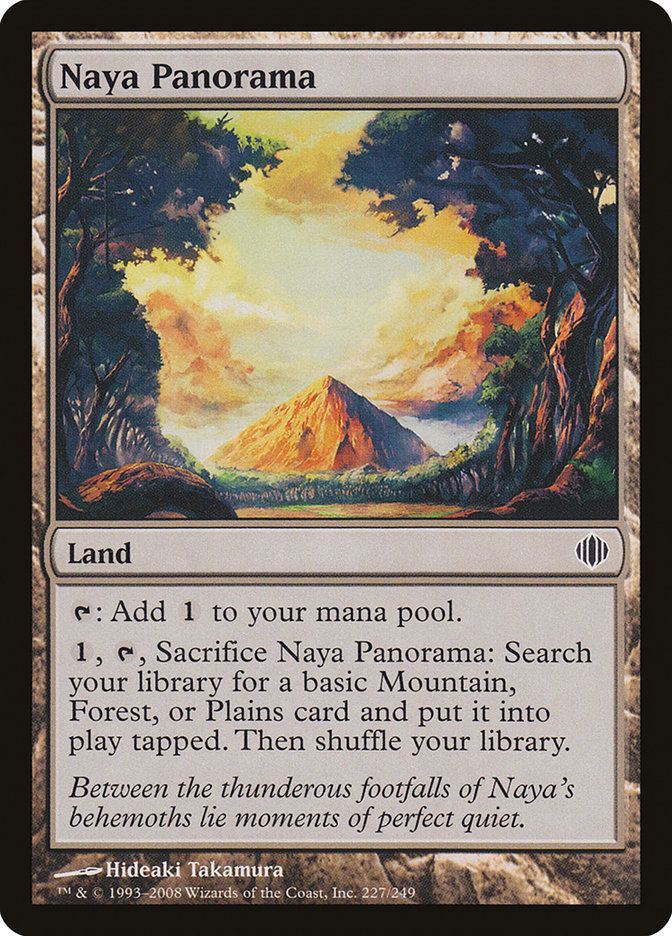
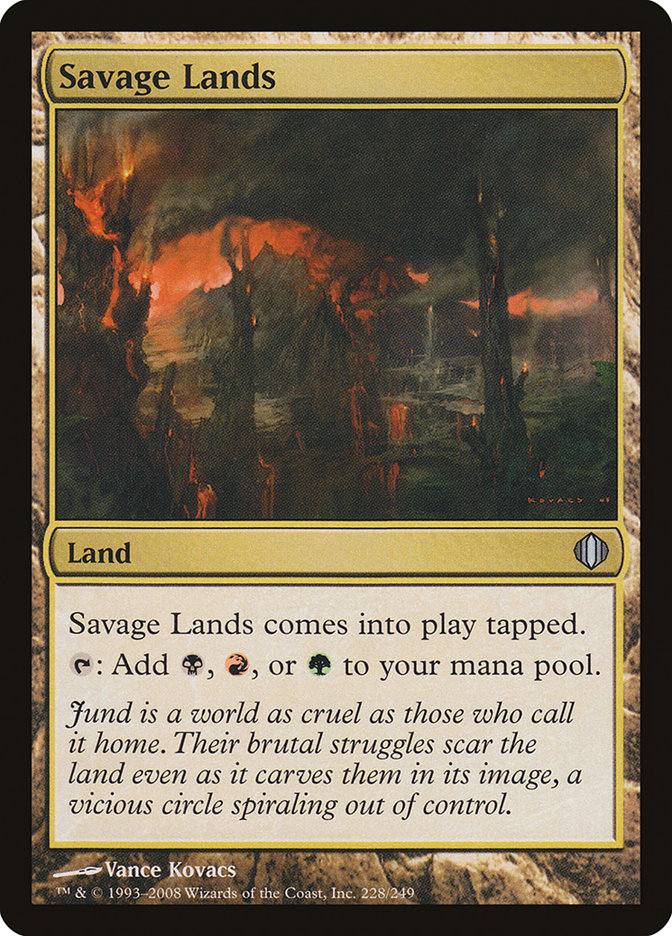


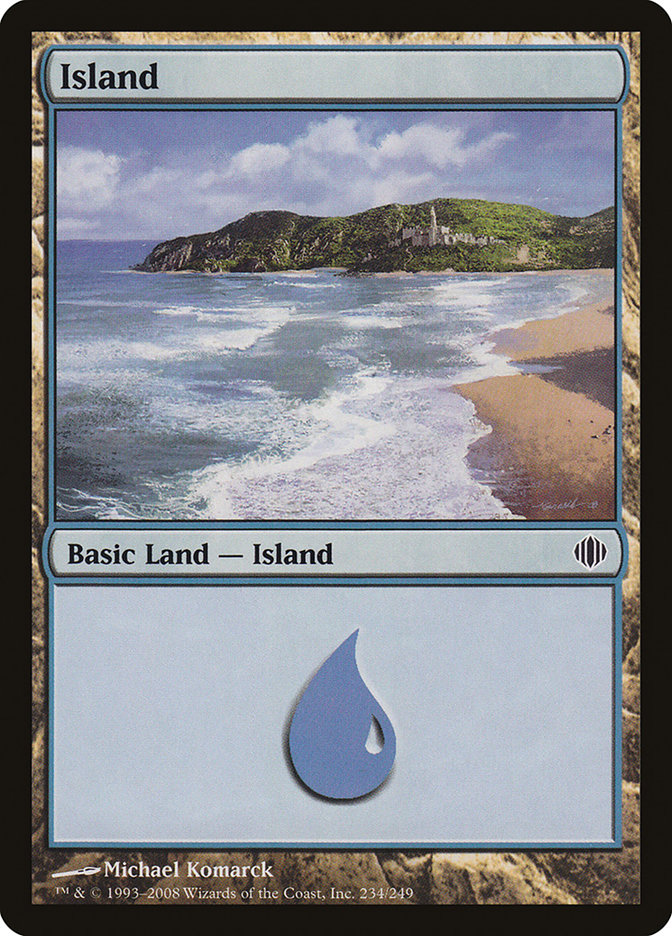
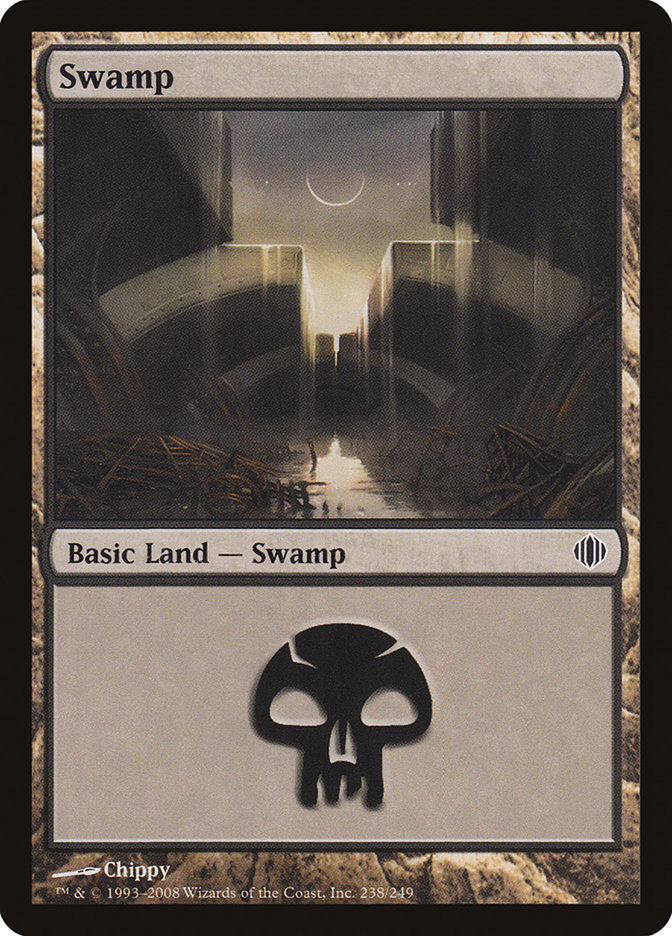
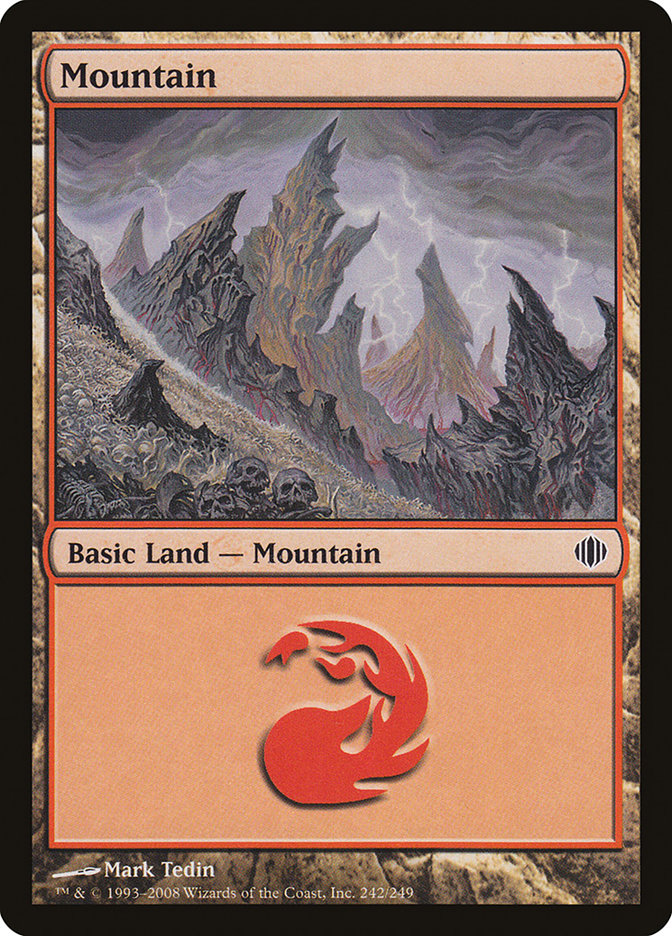


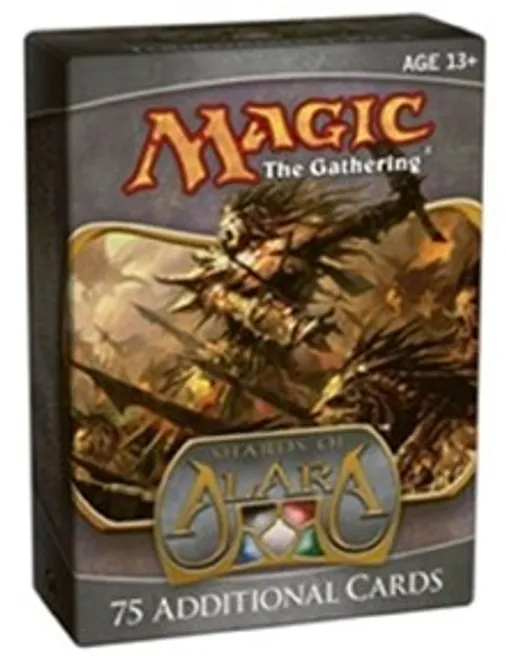

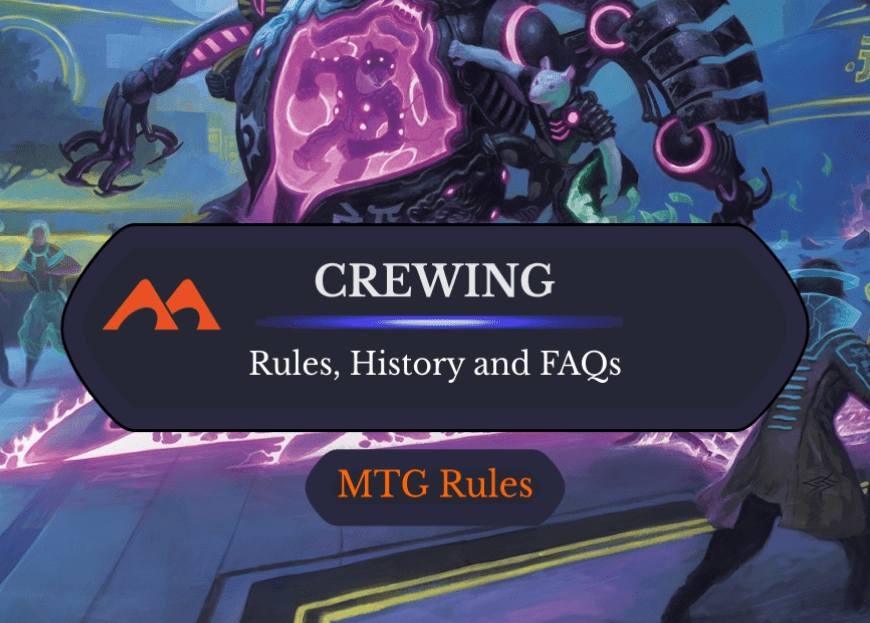
Add Comment